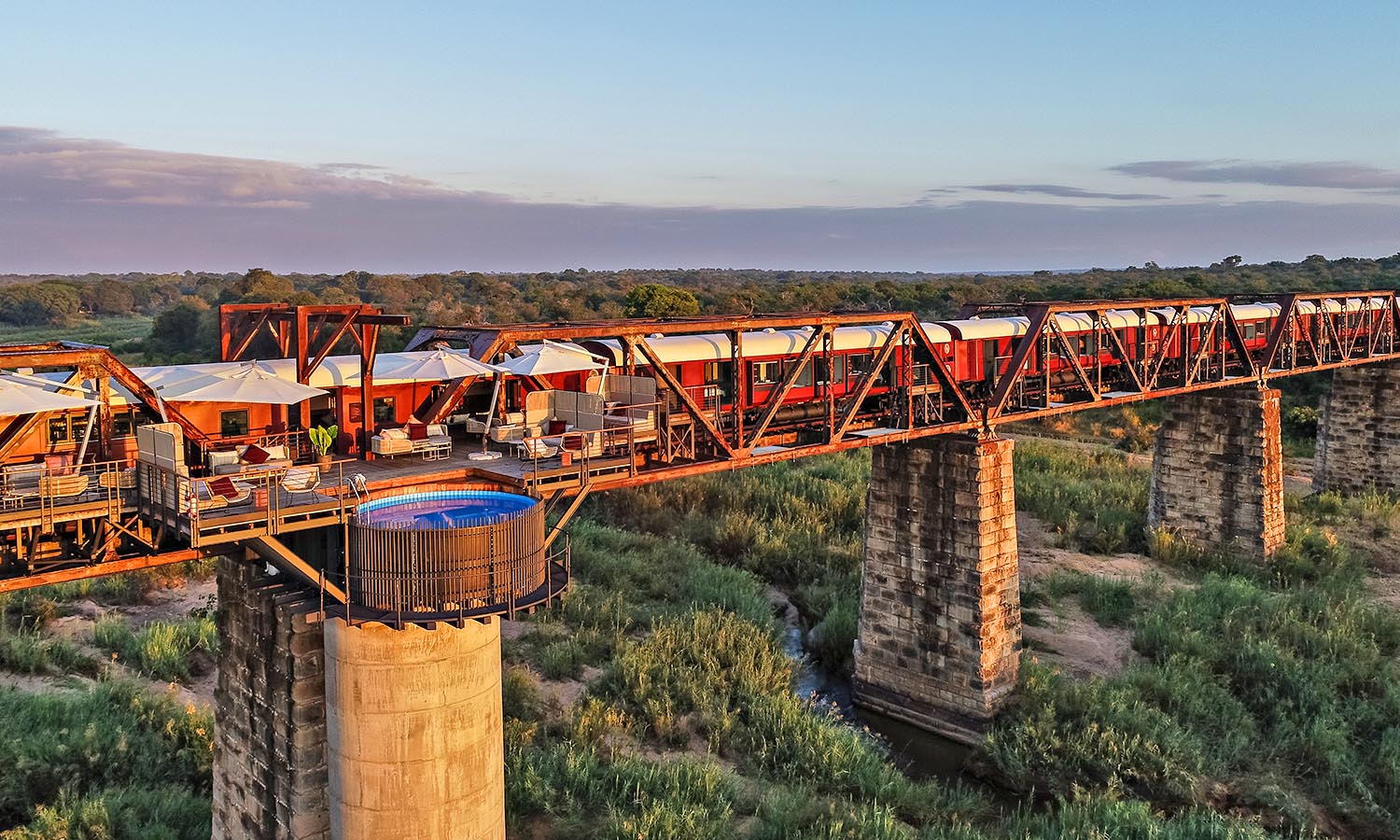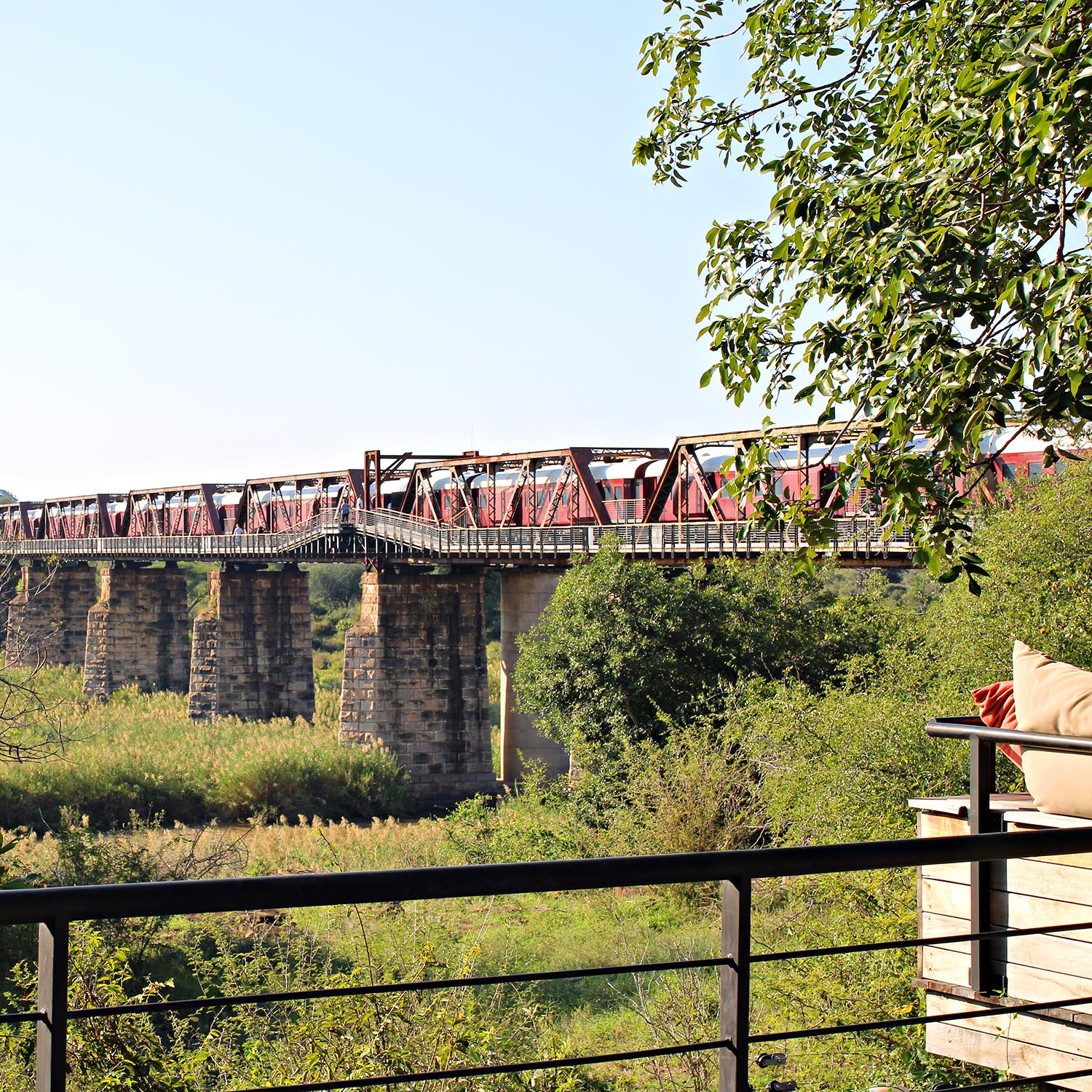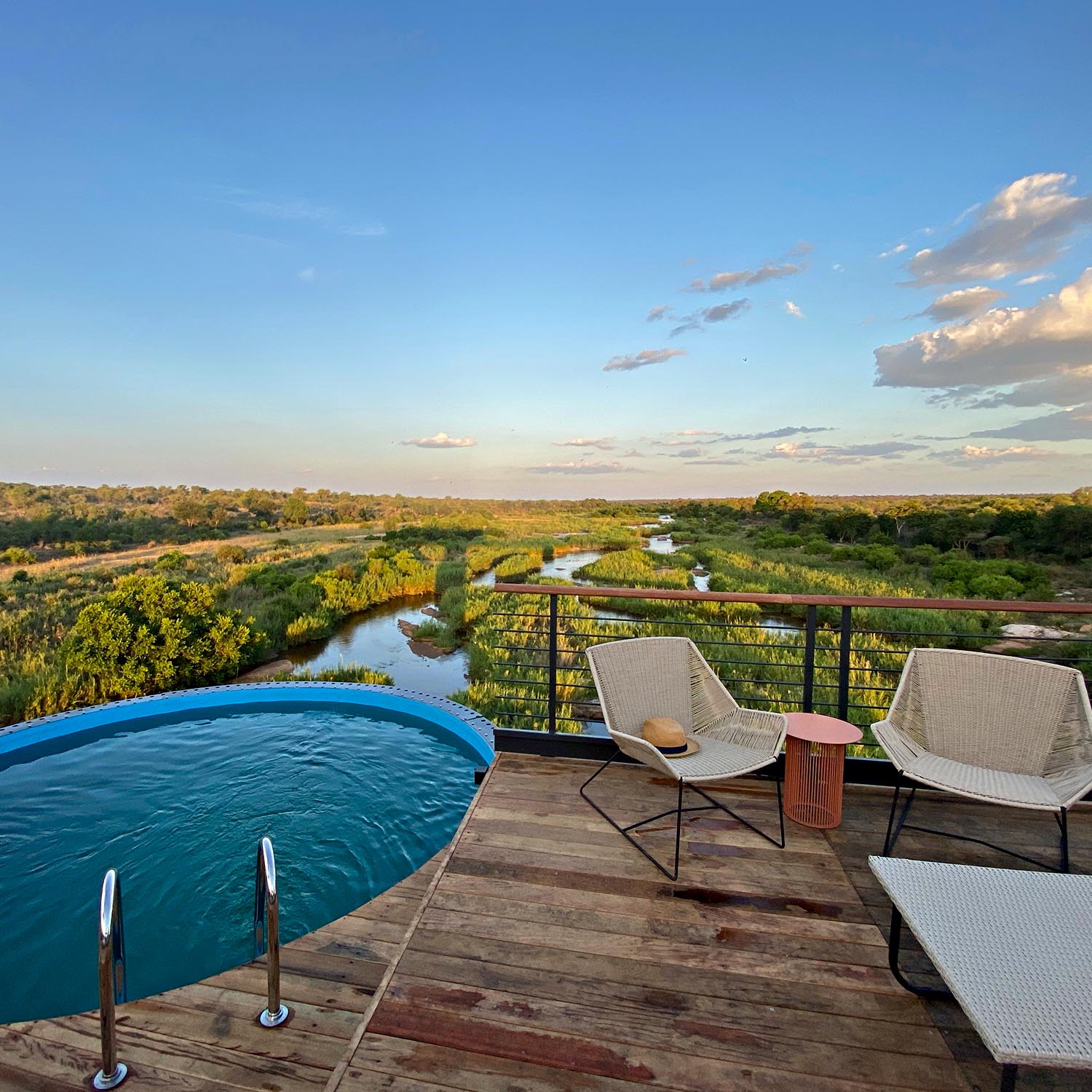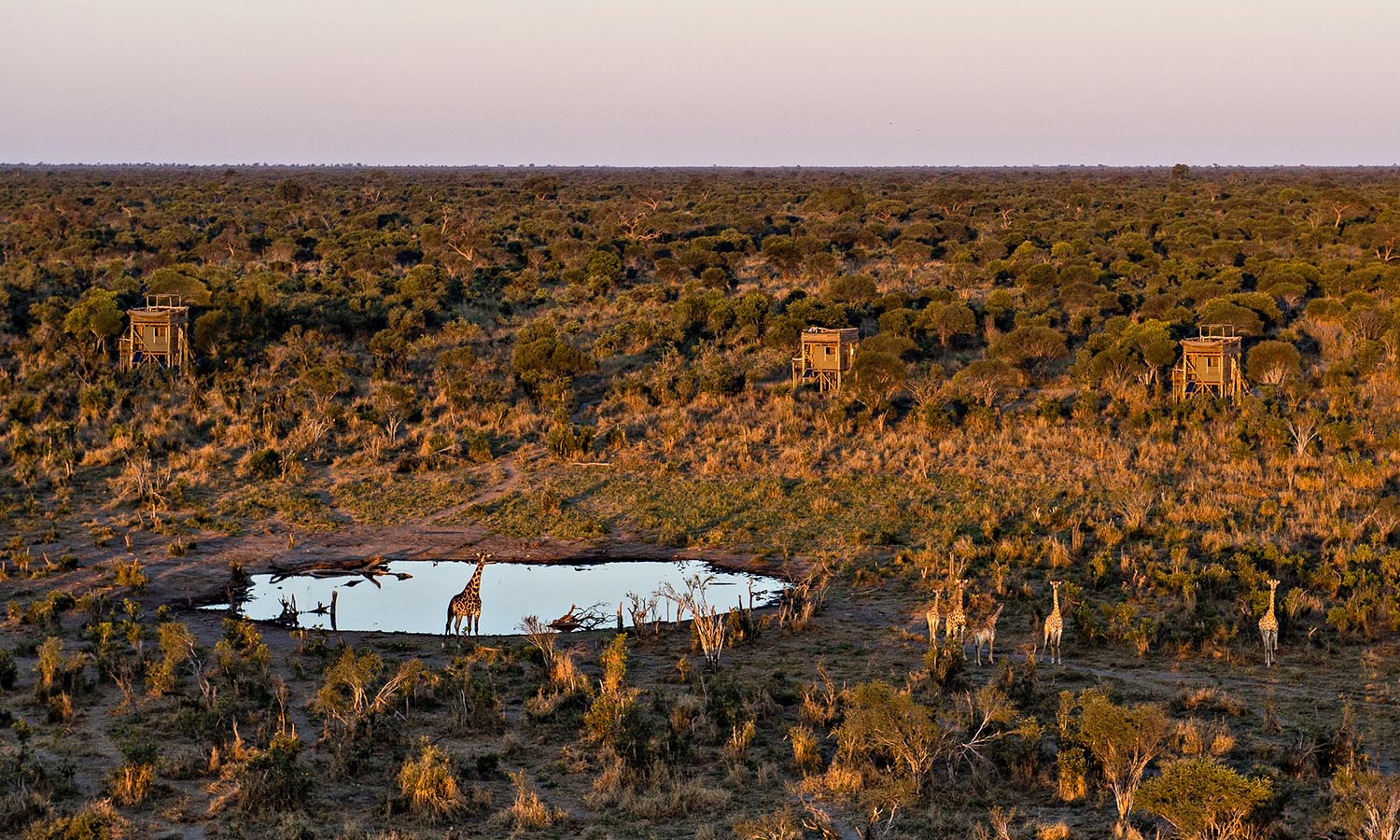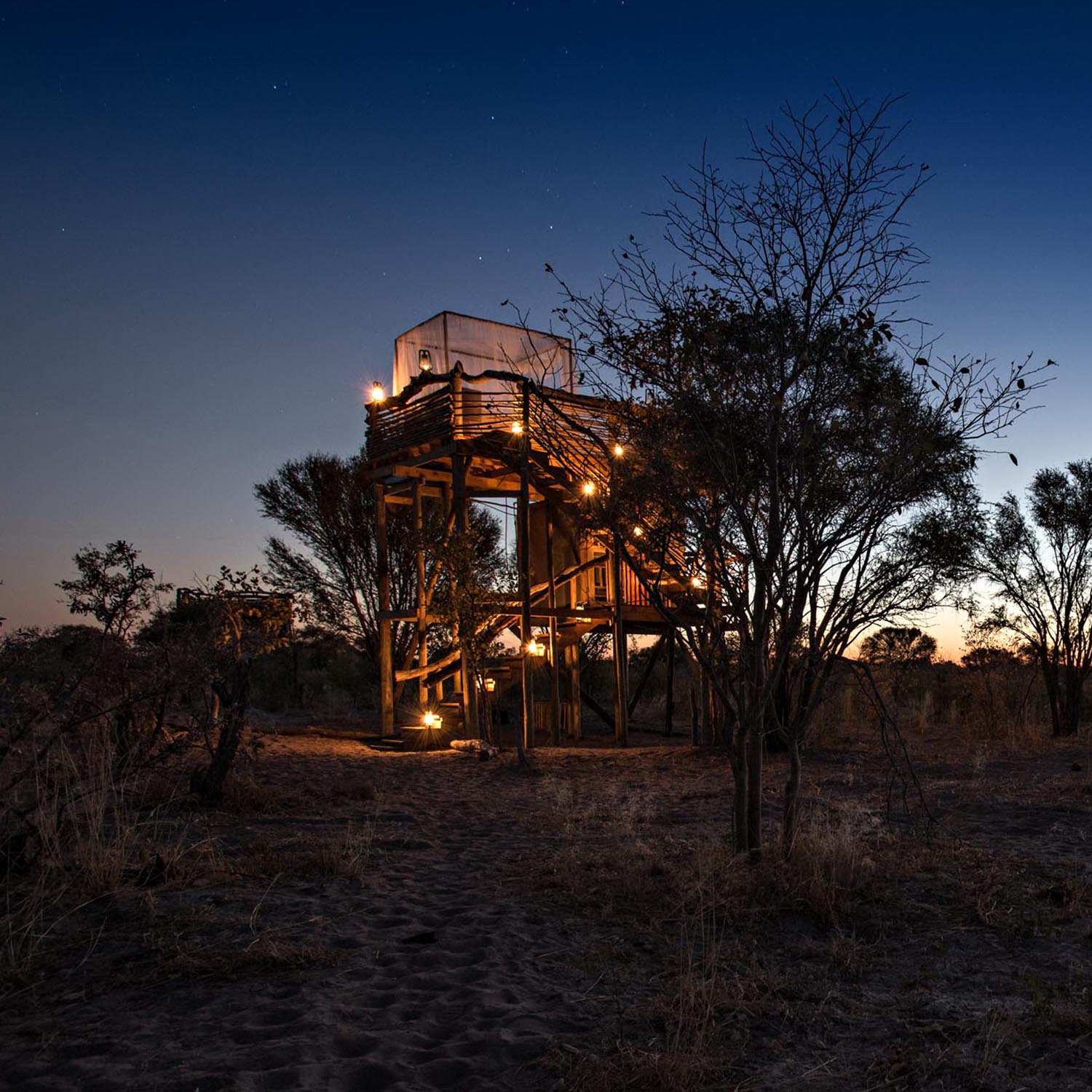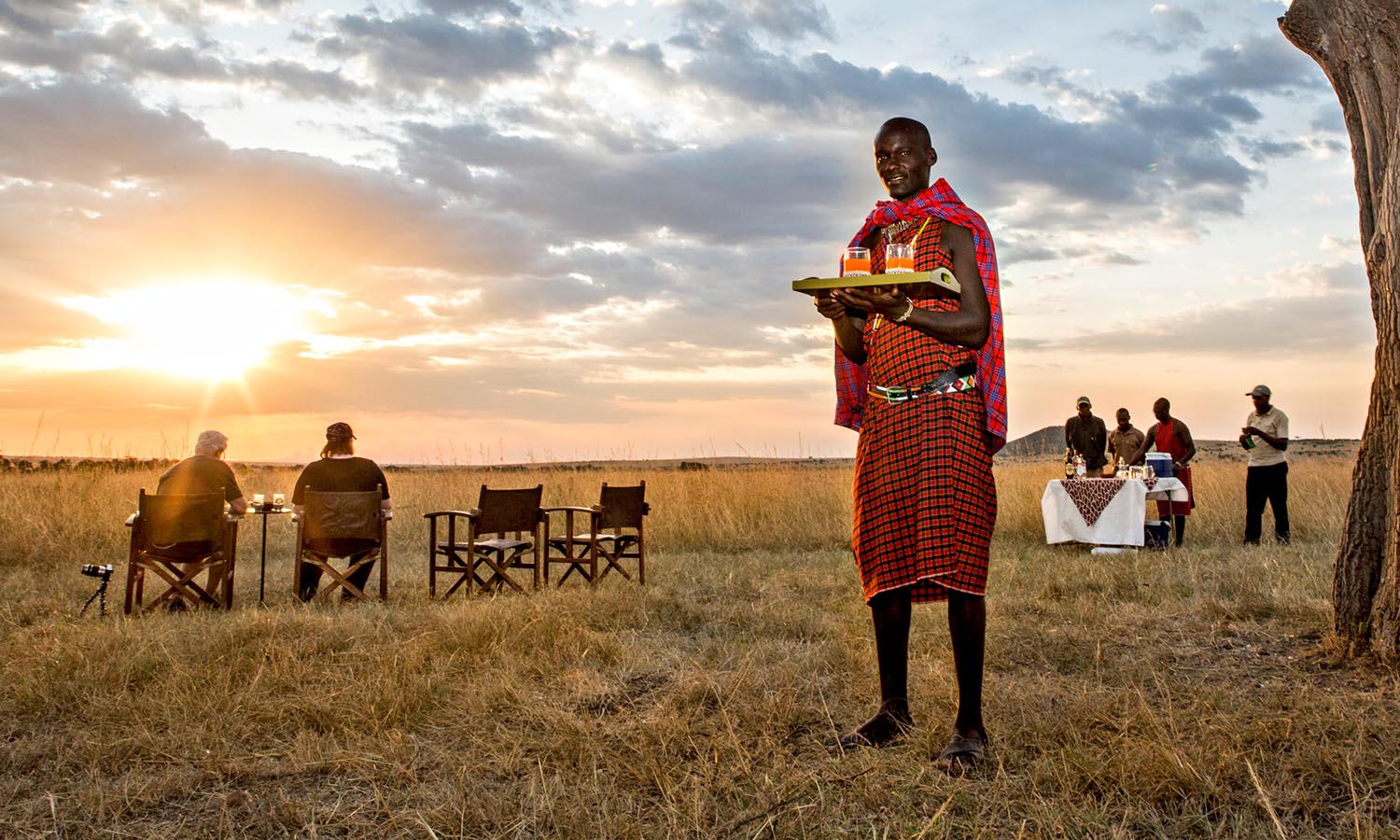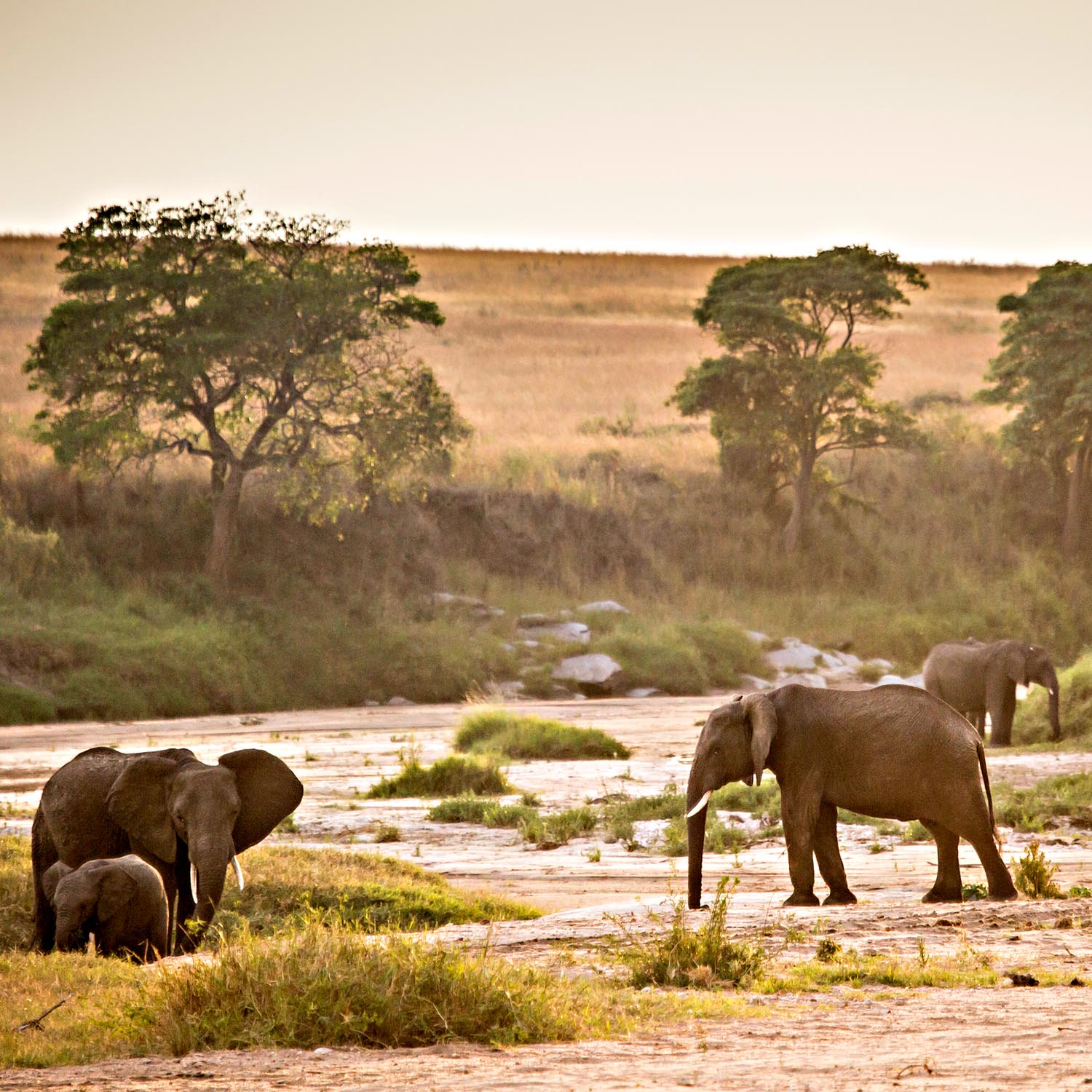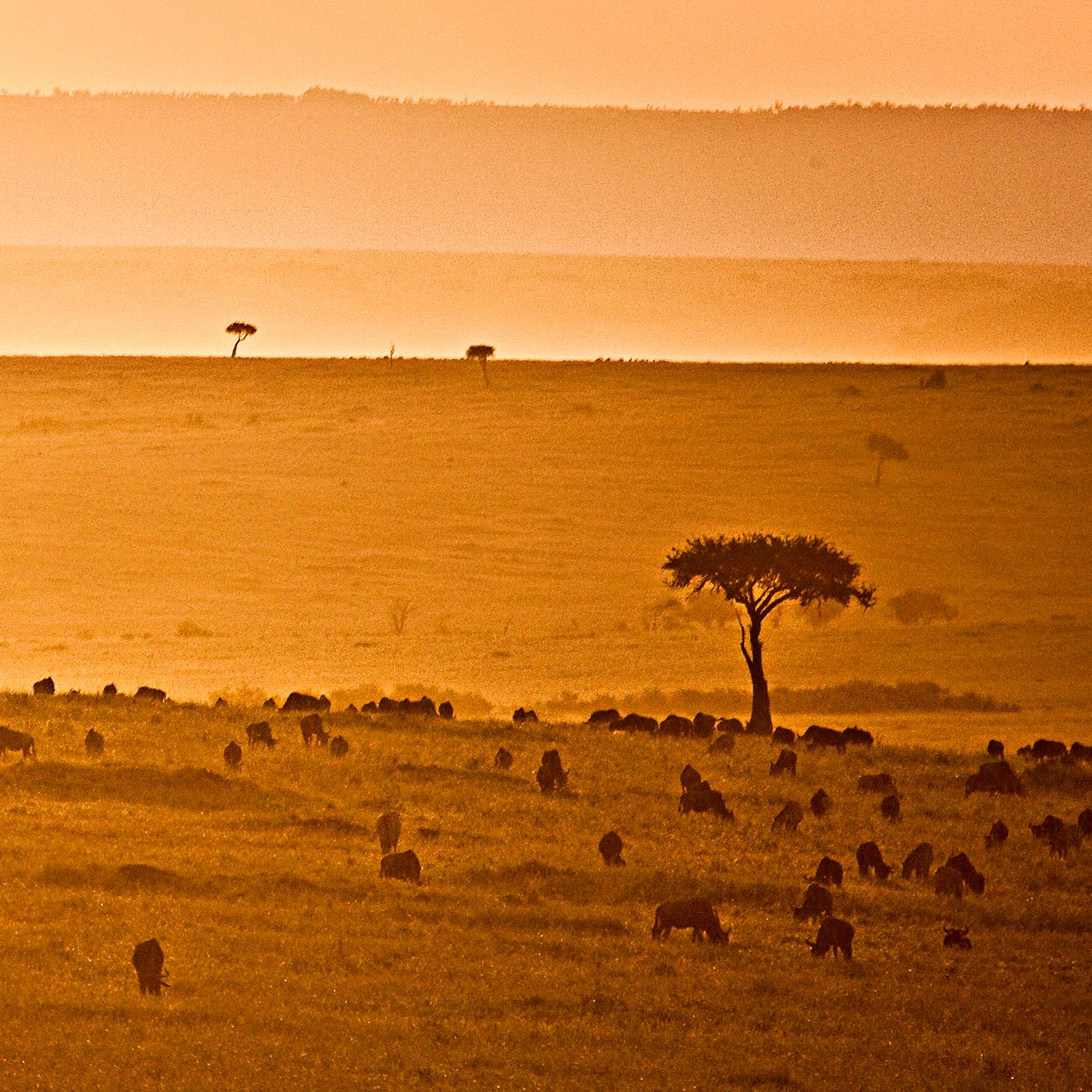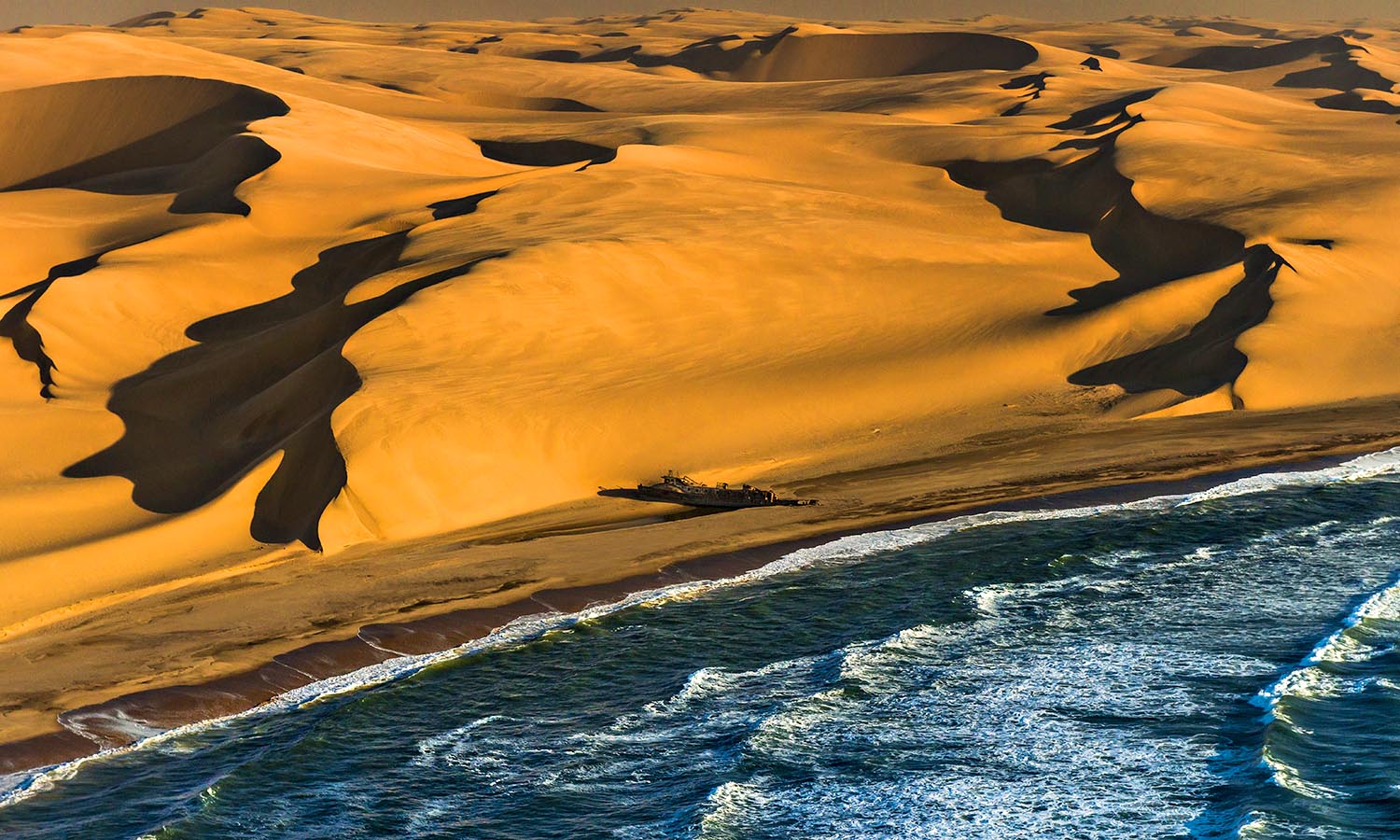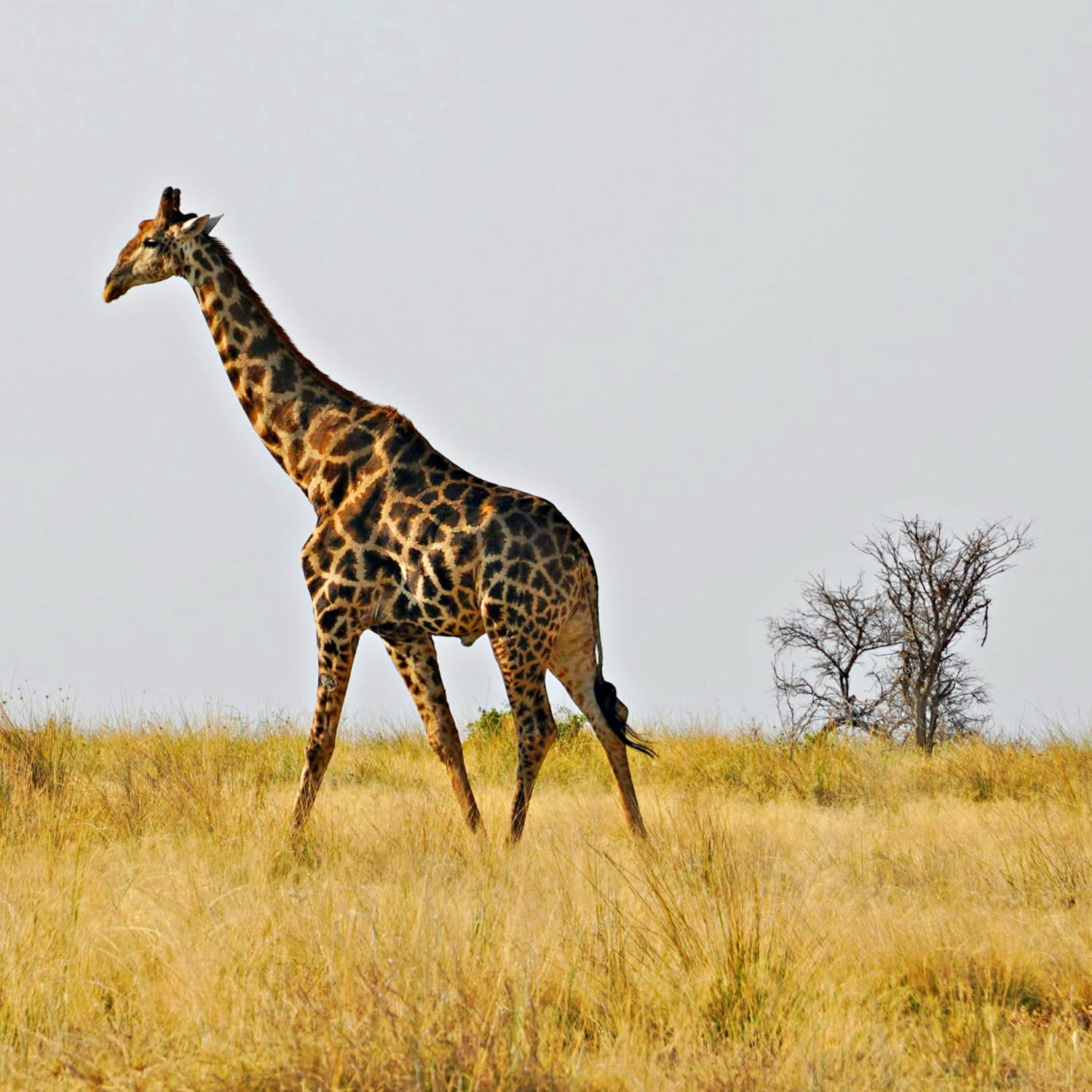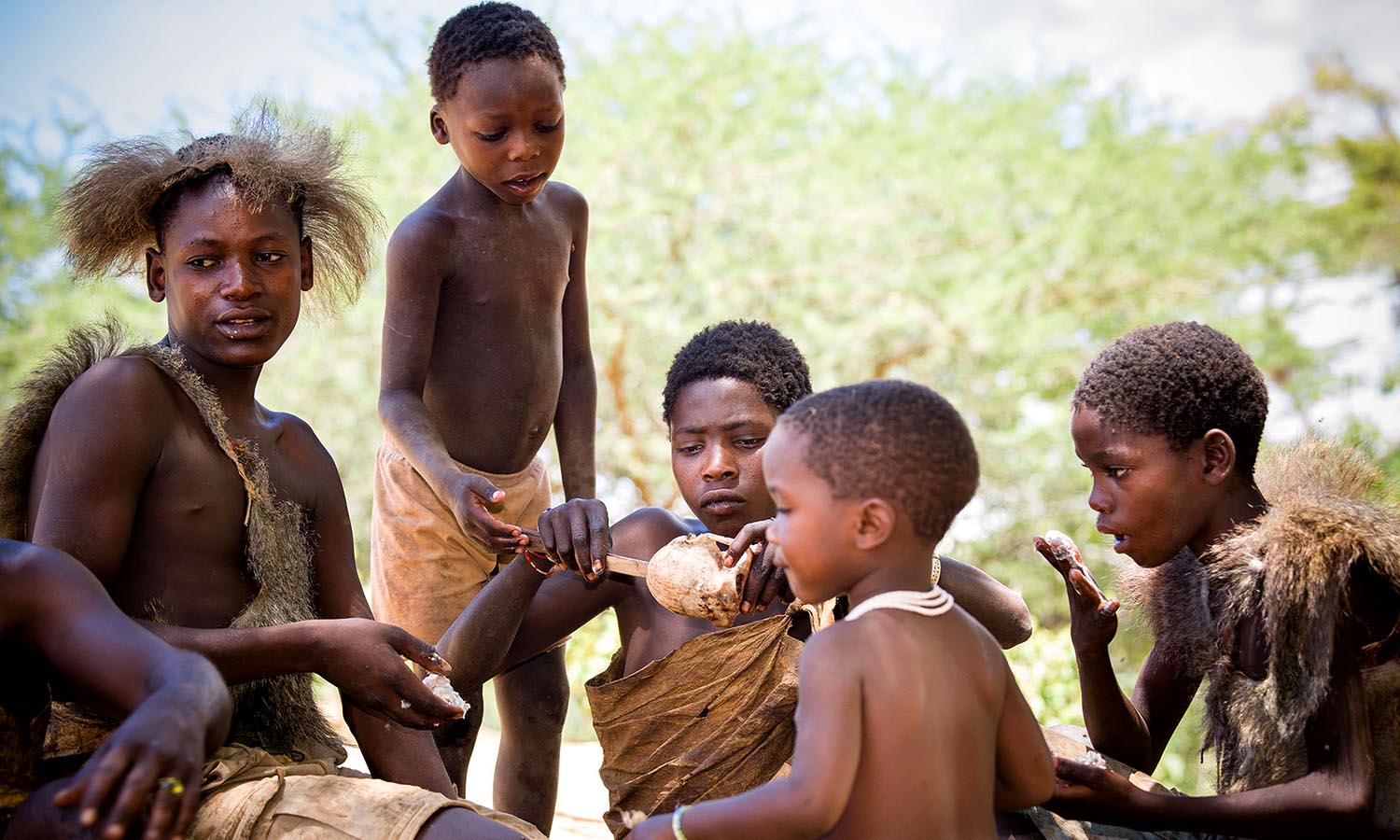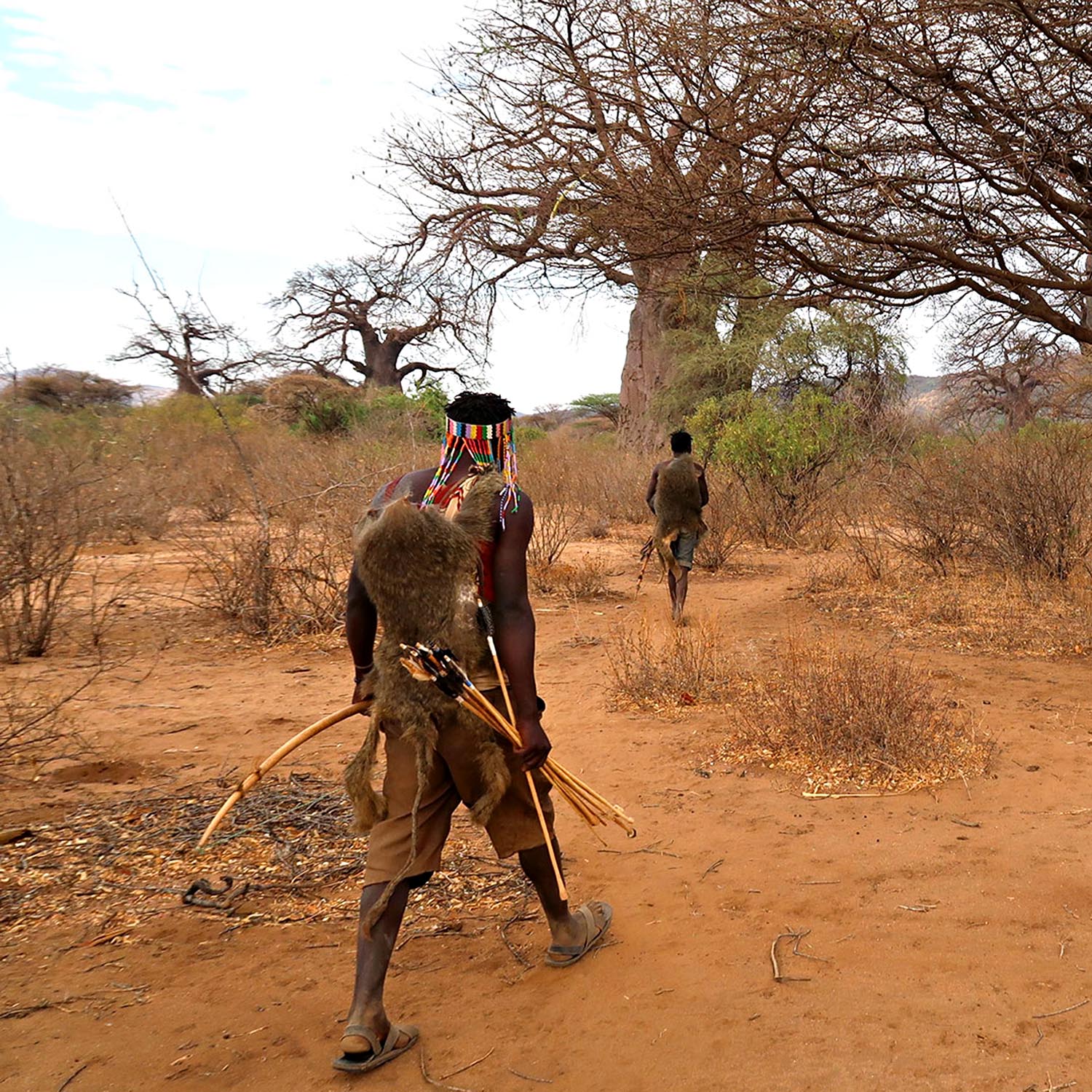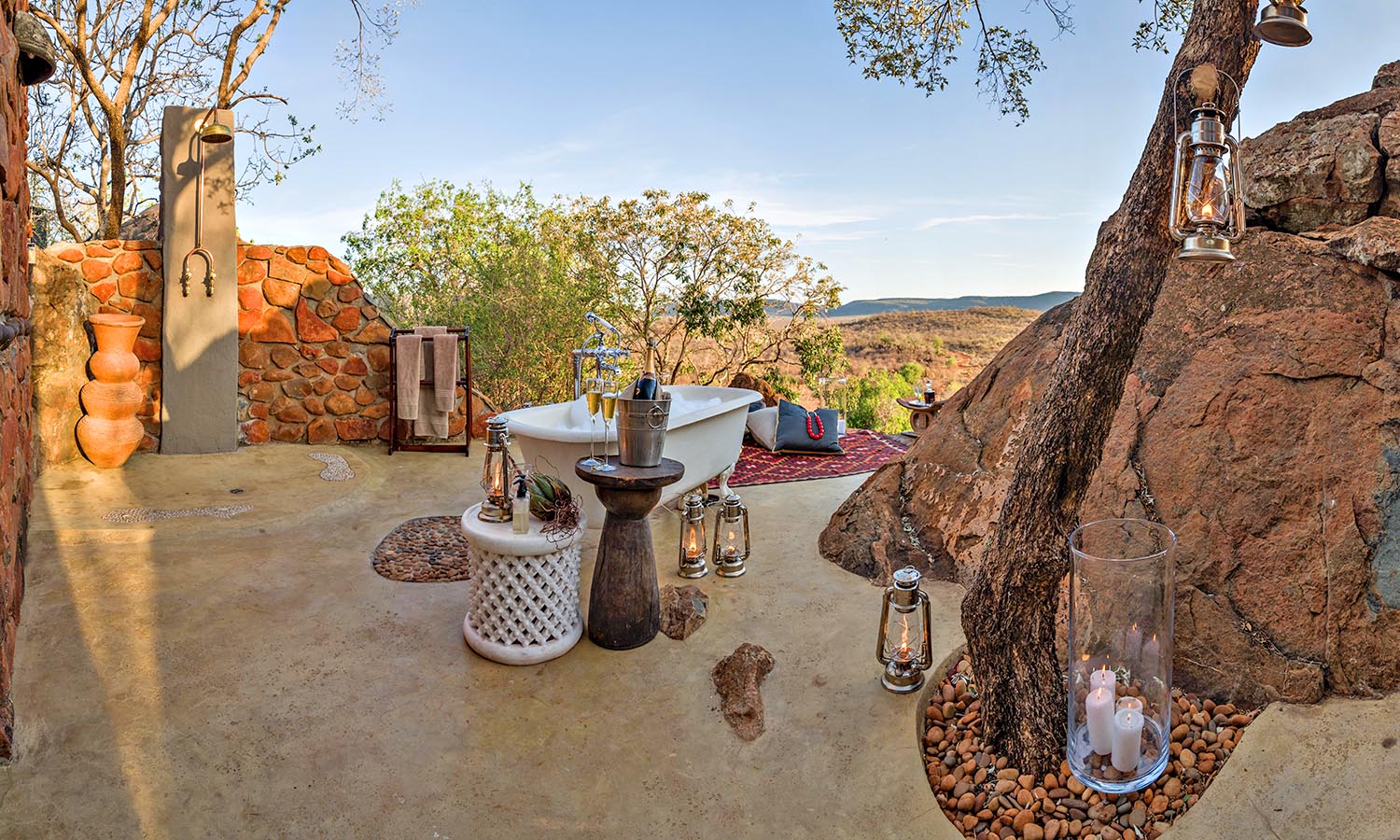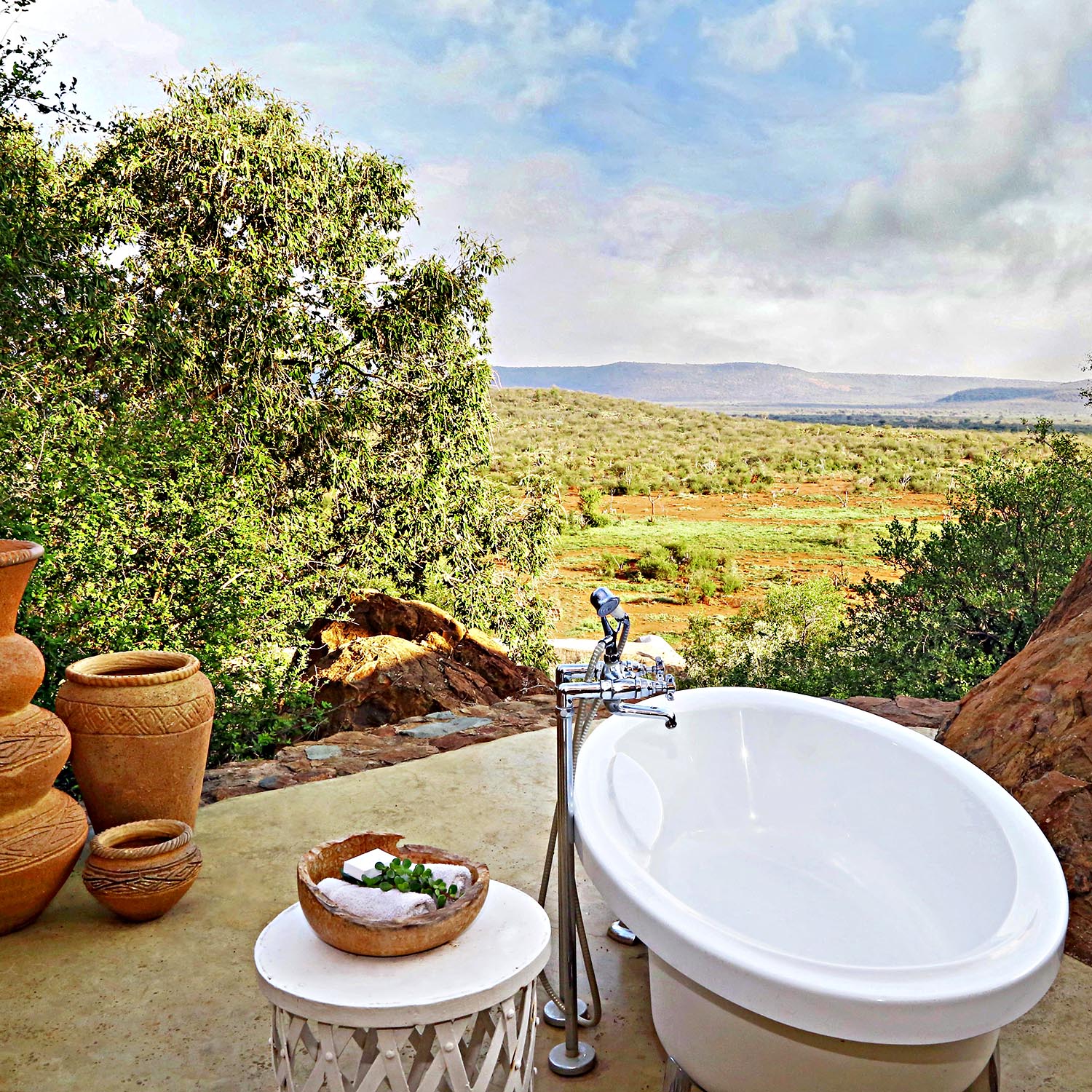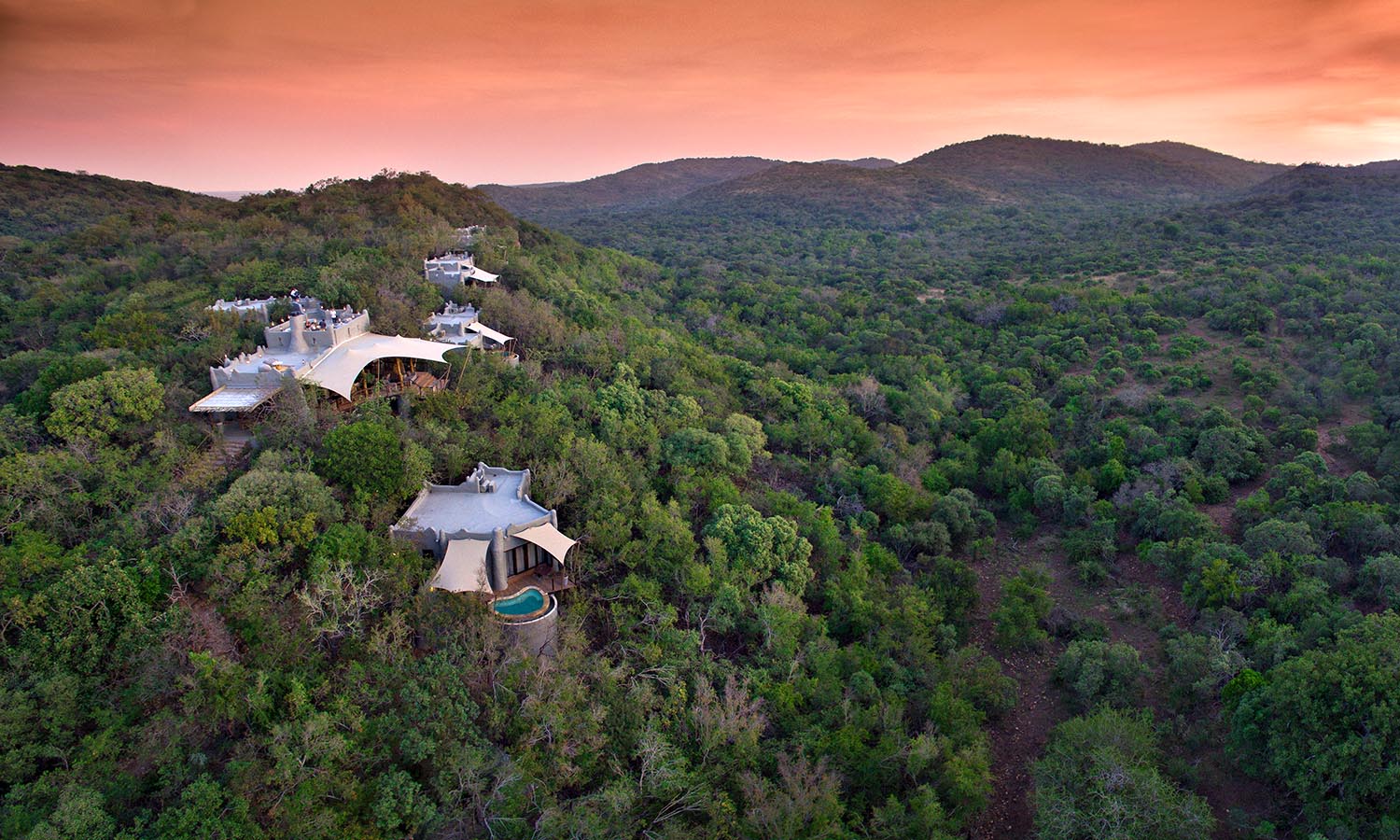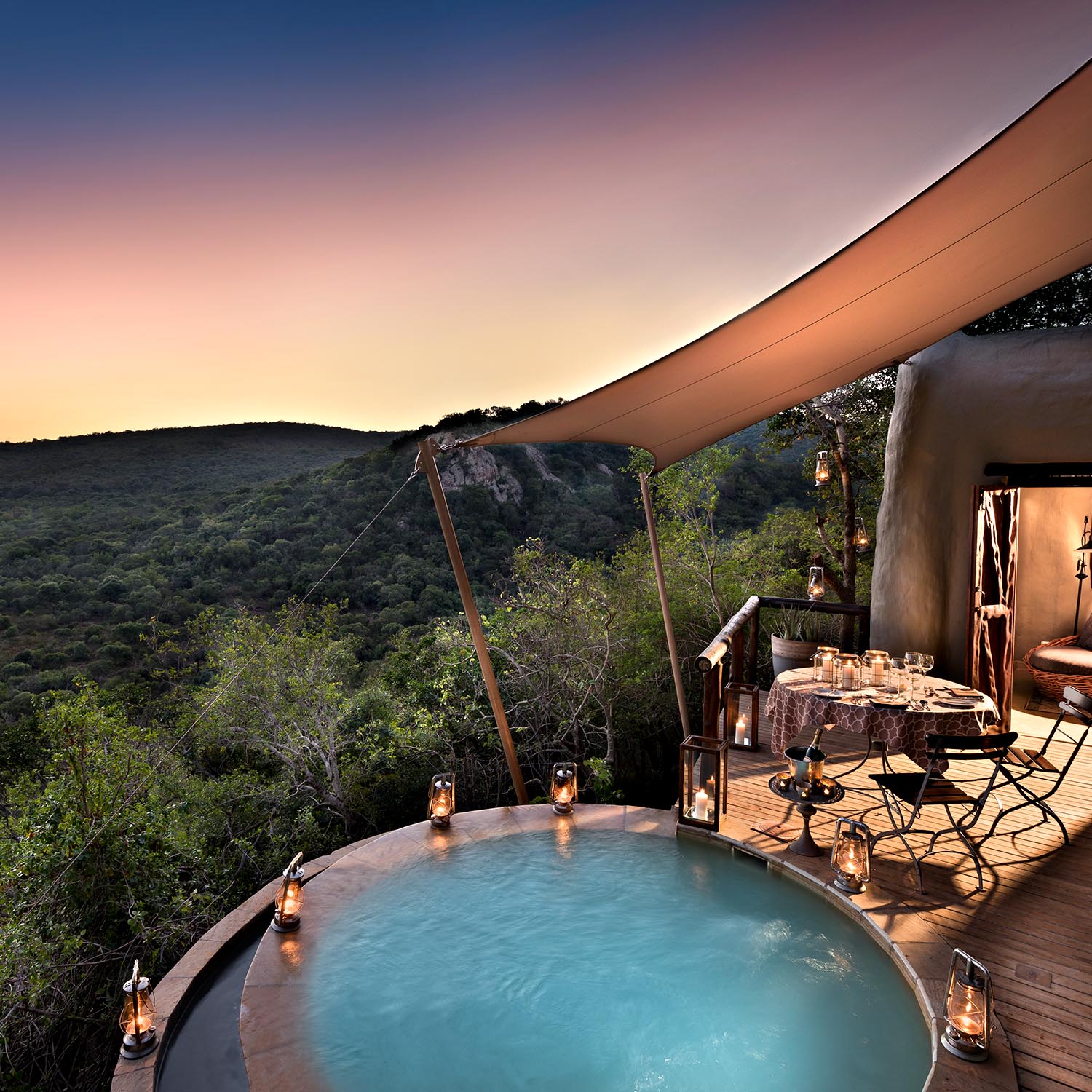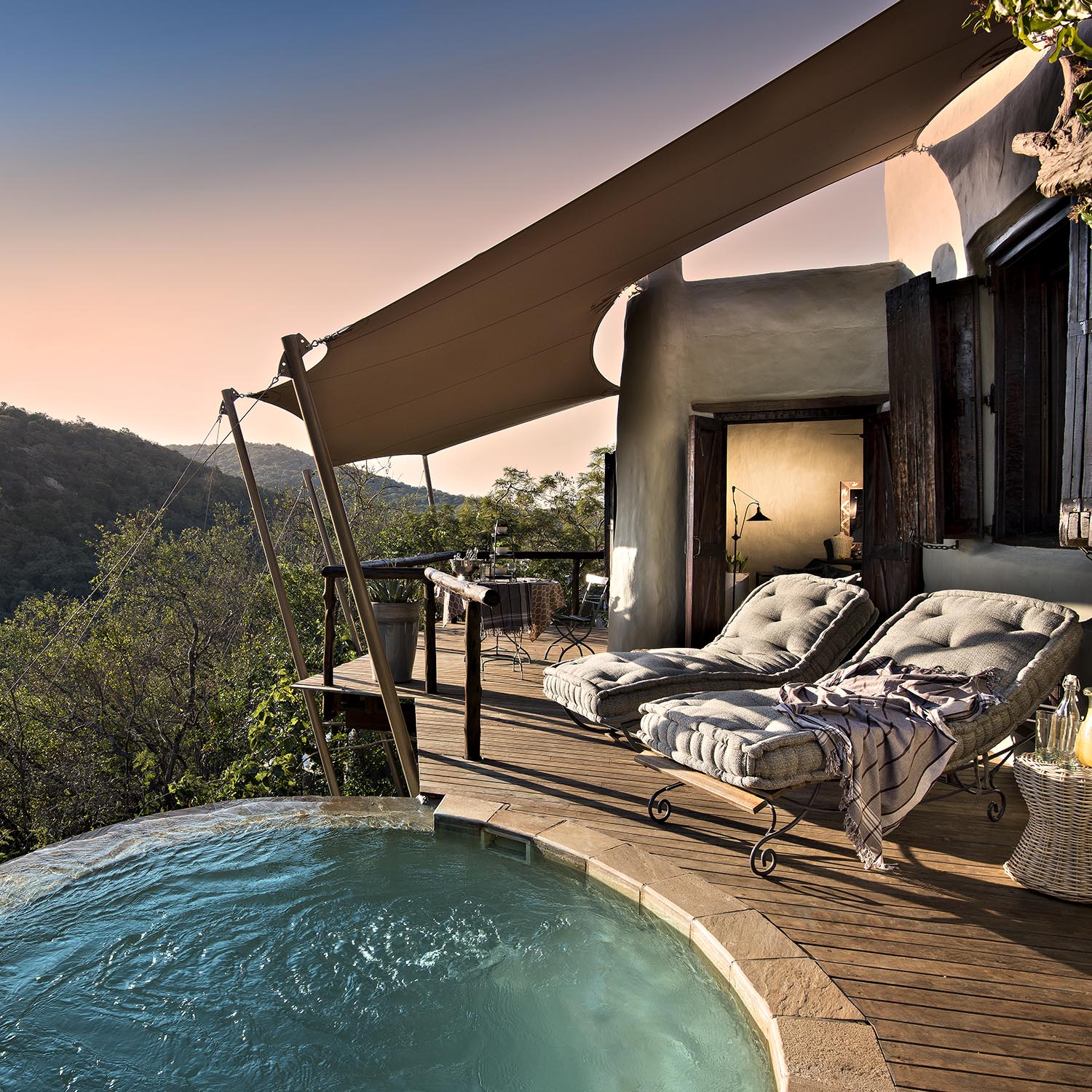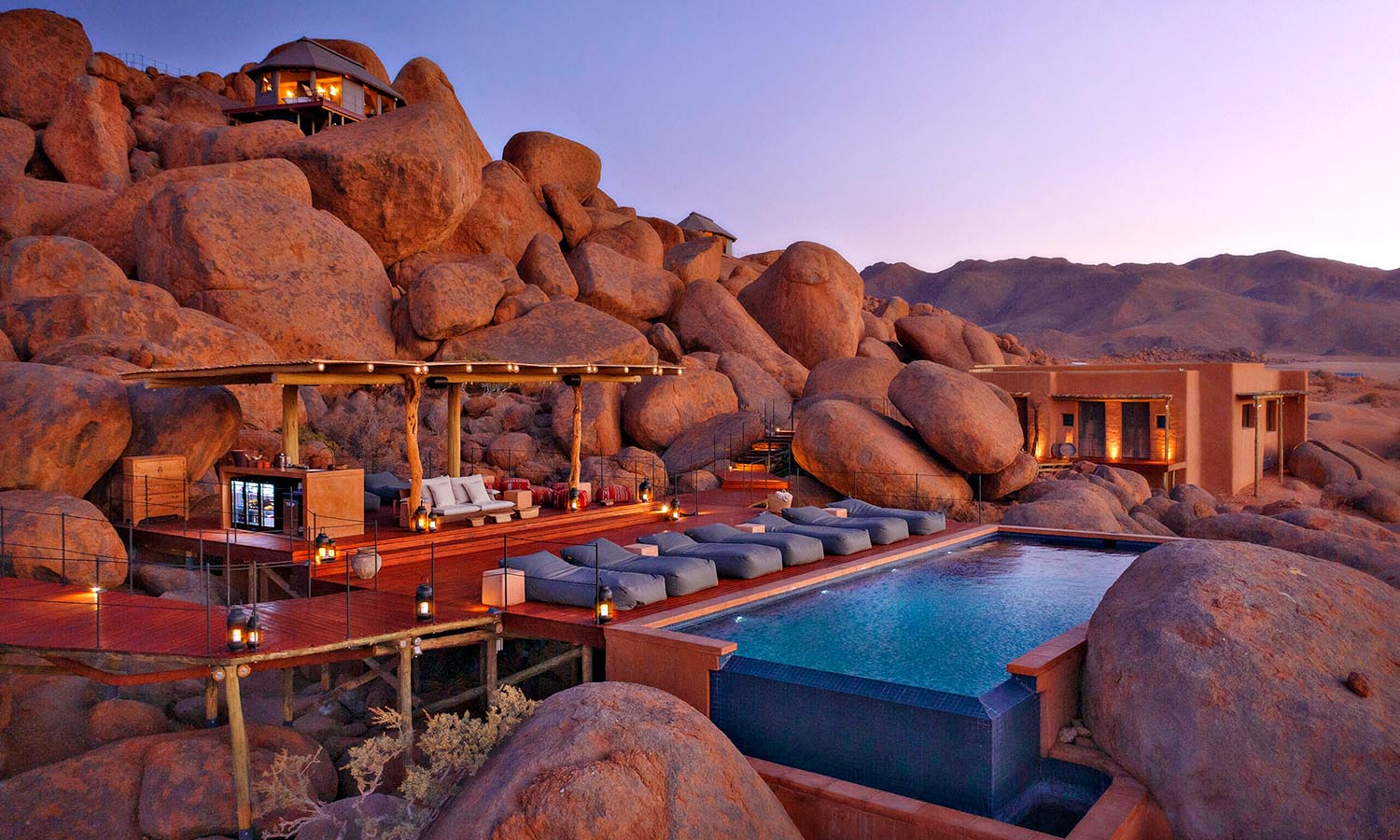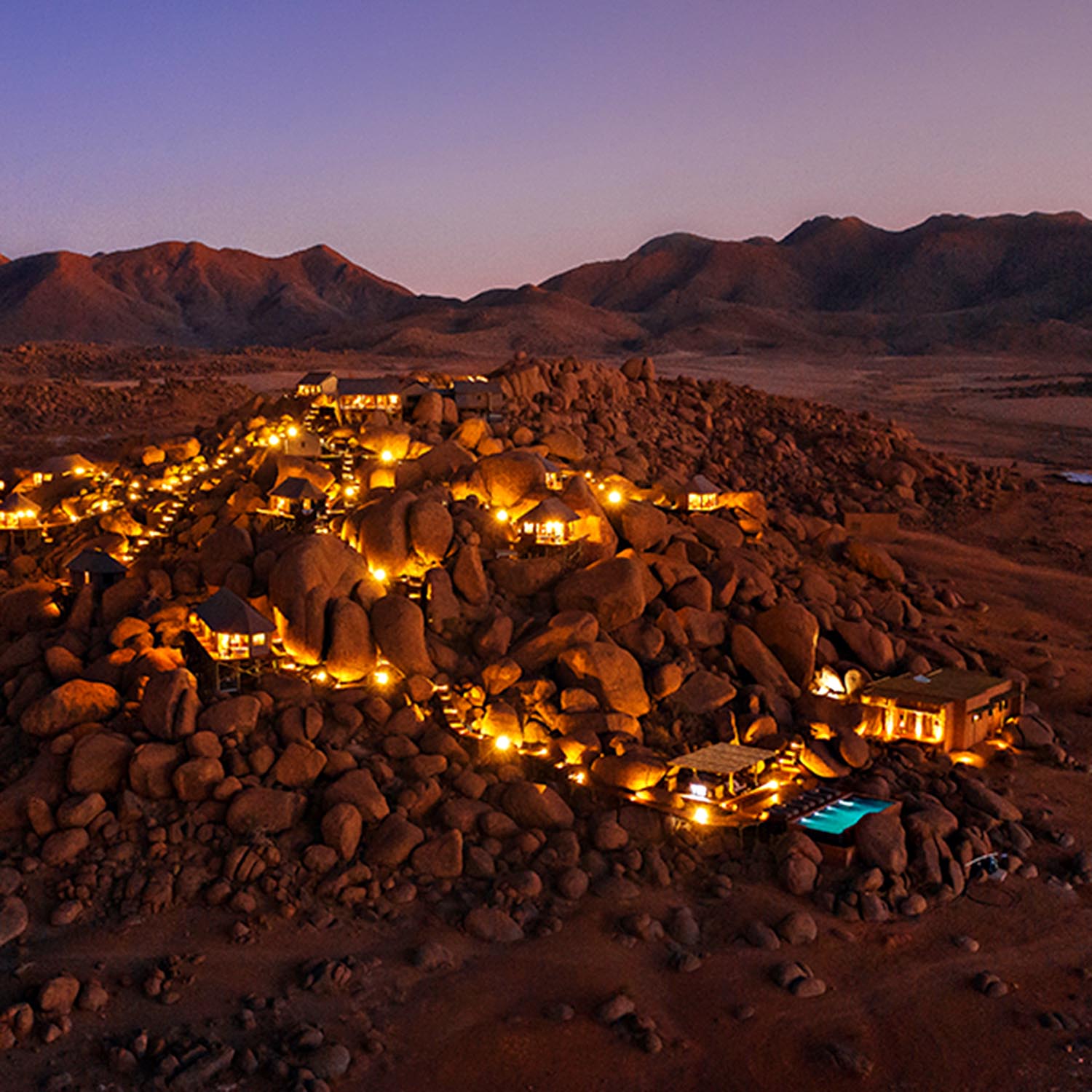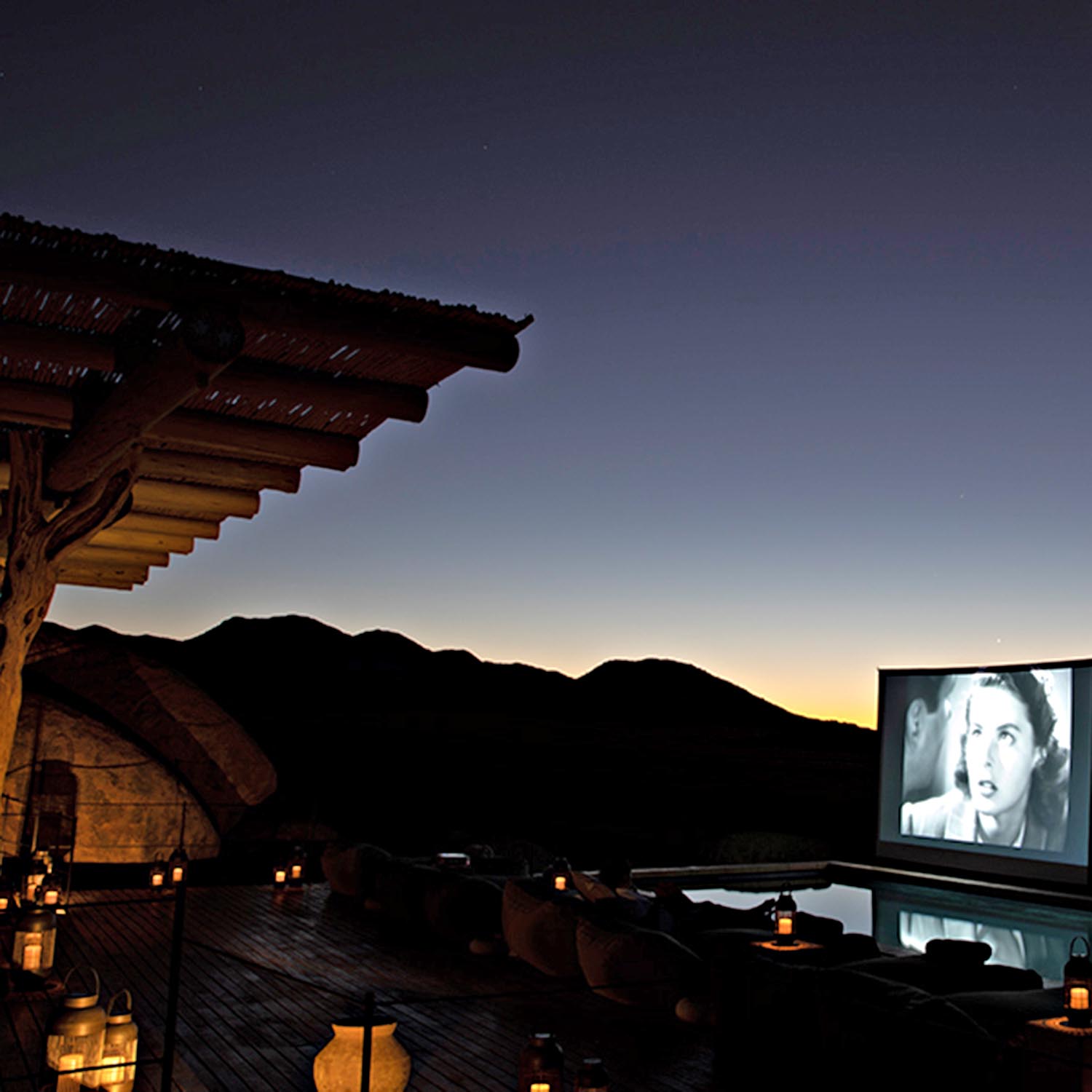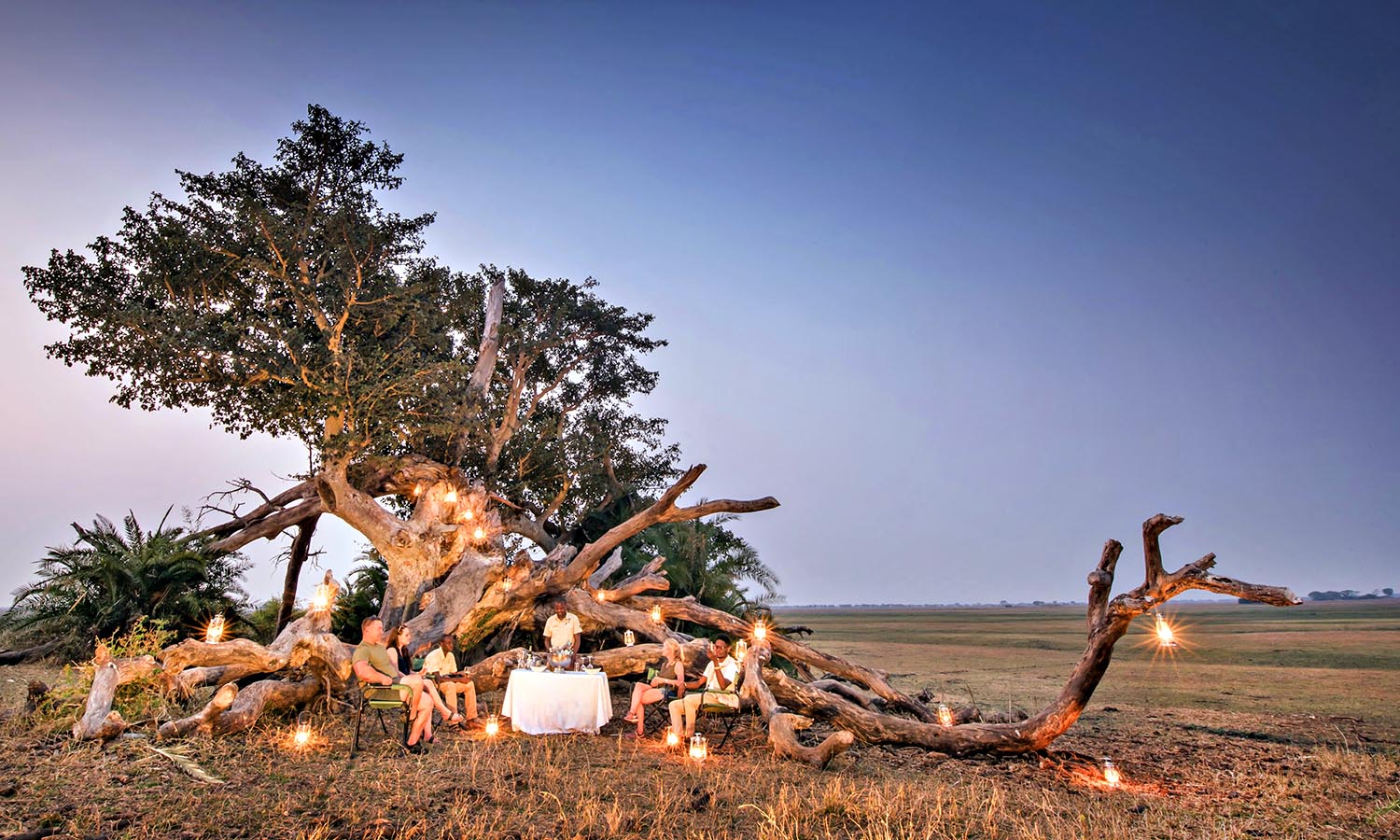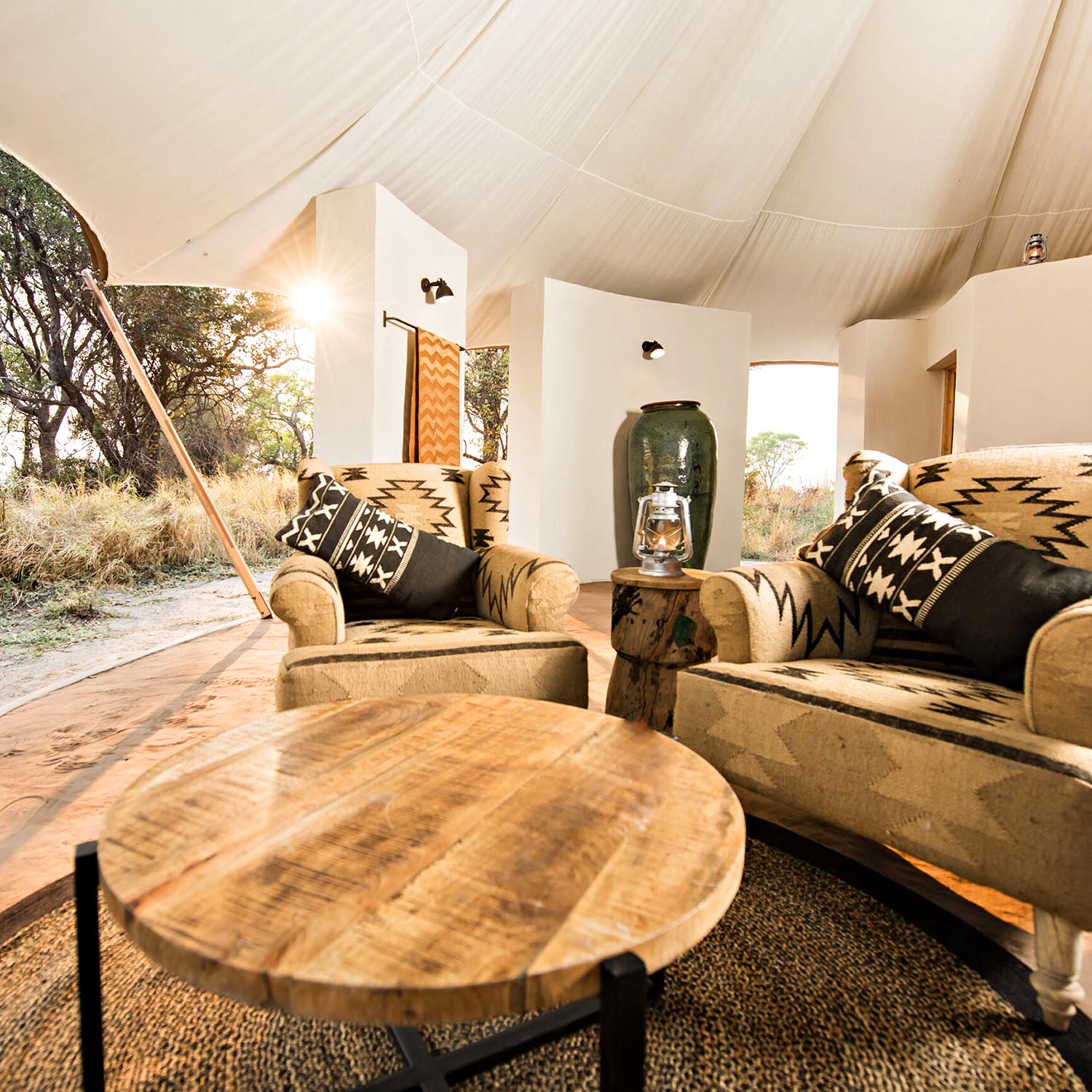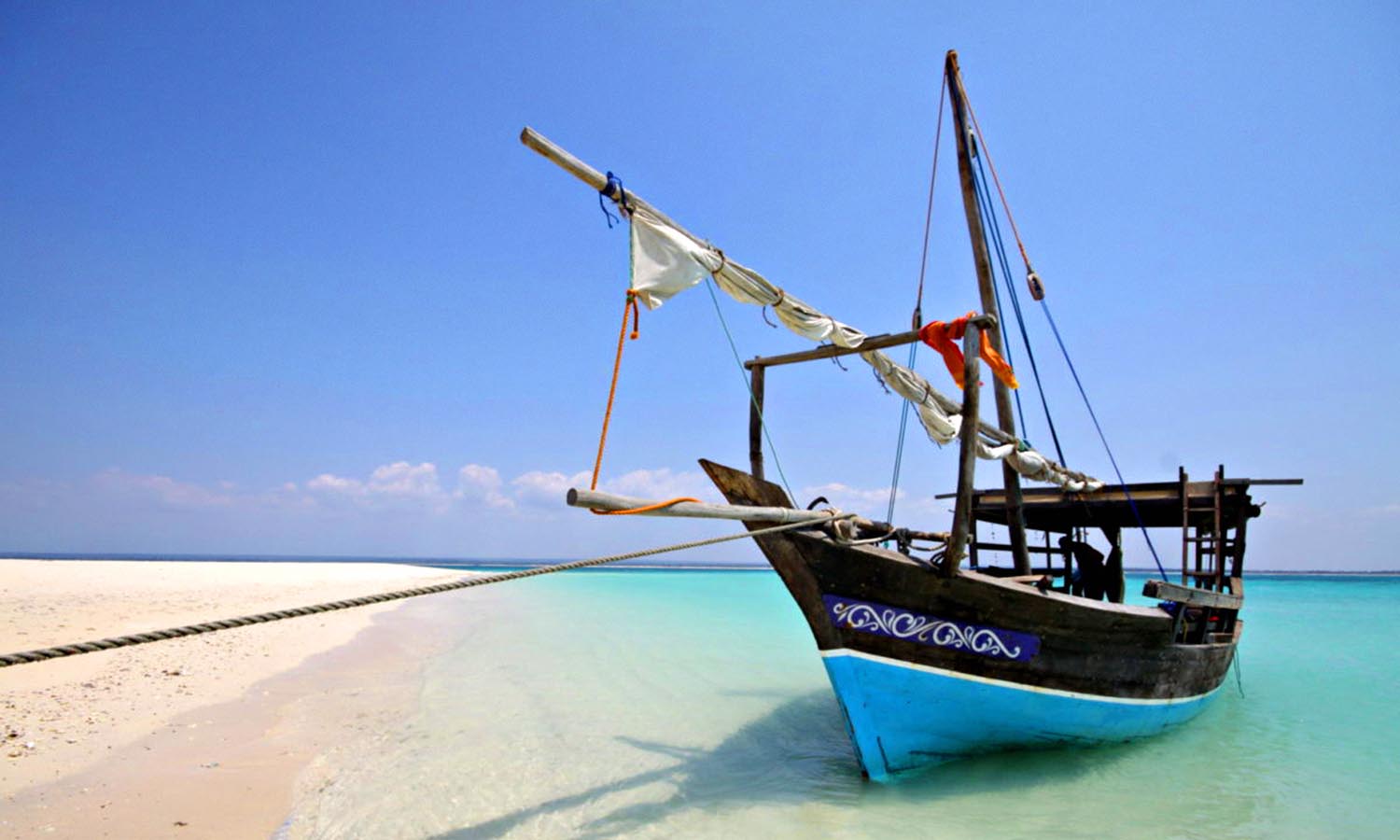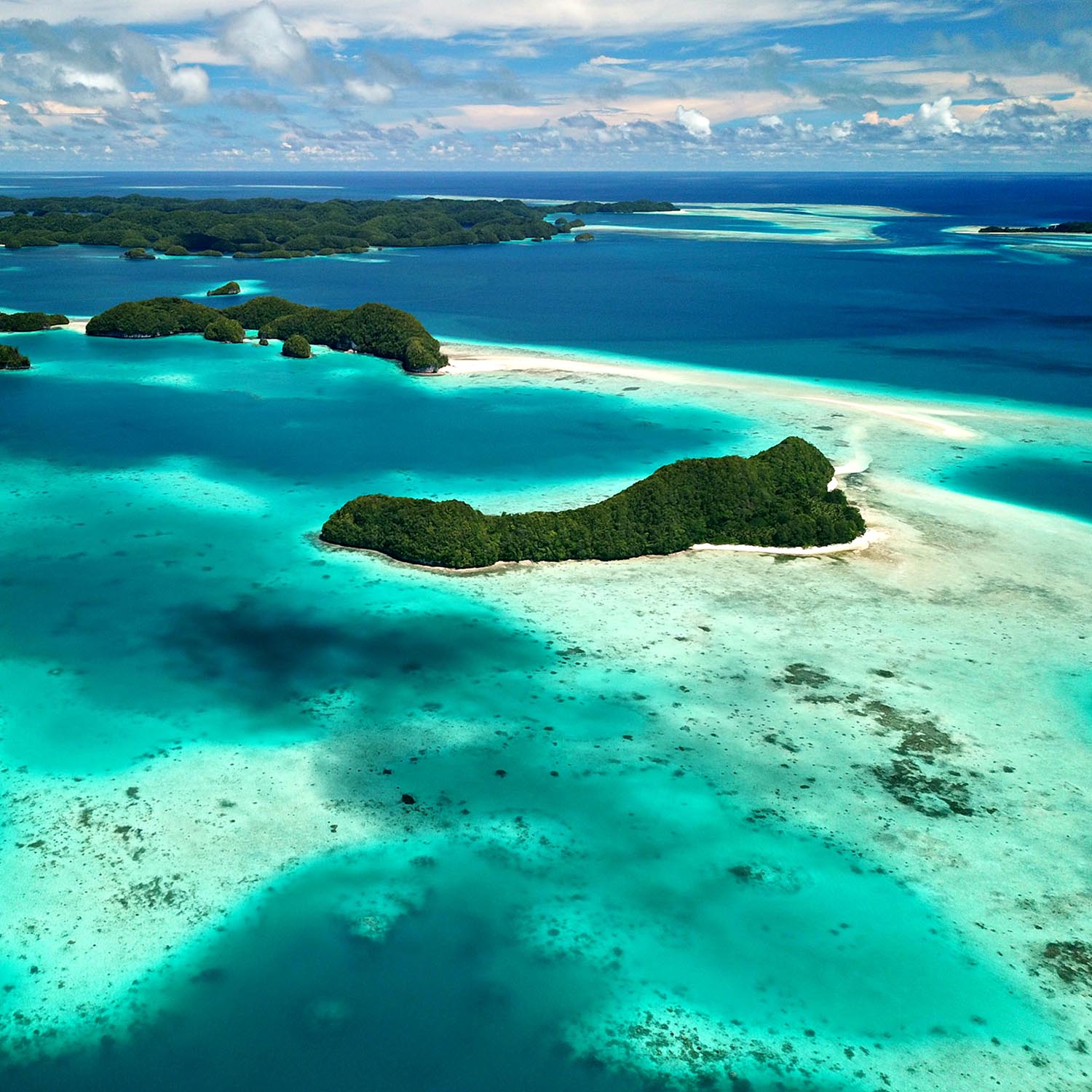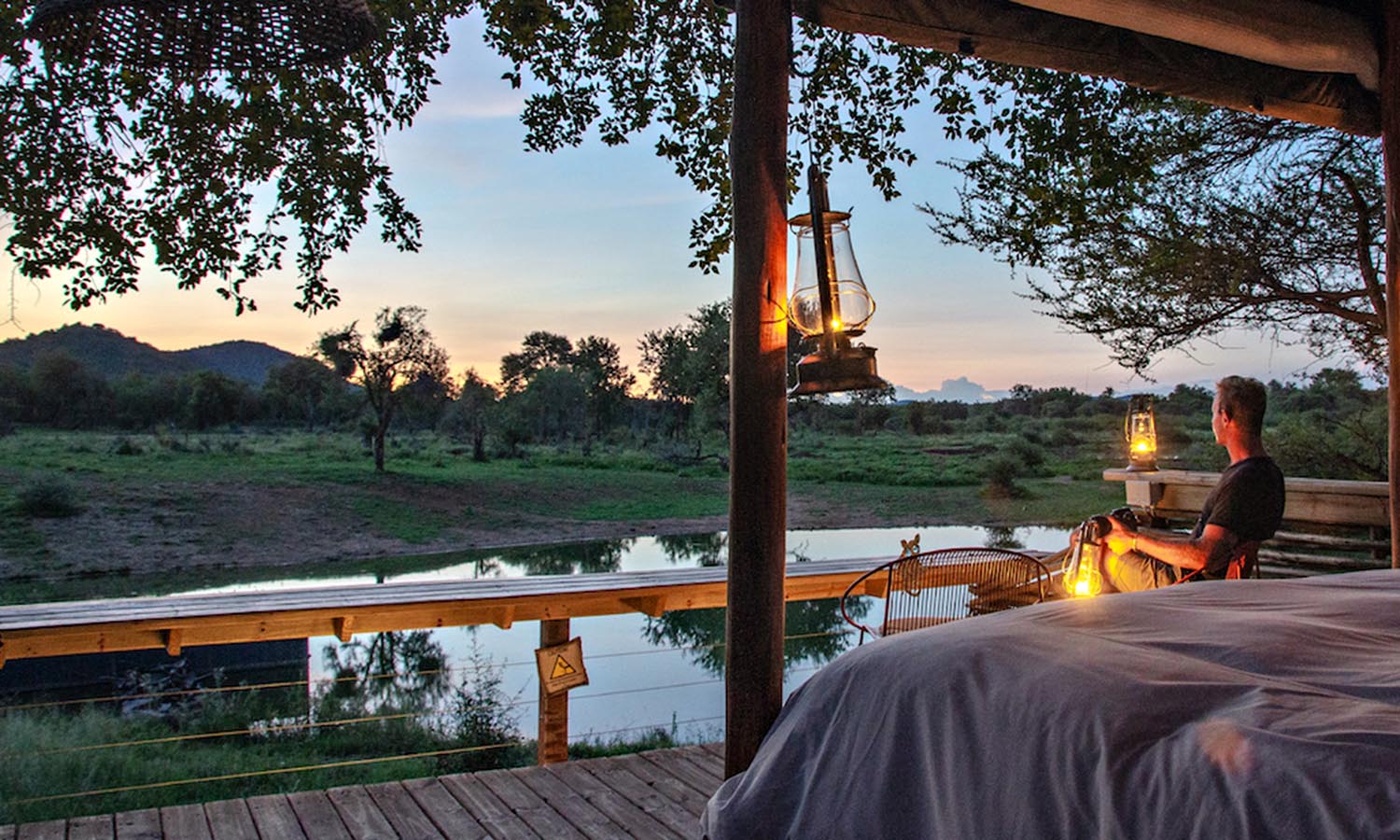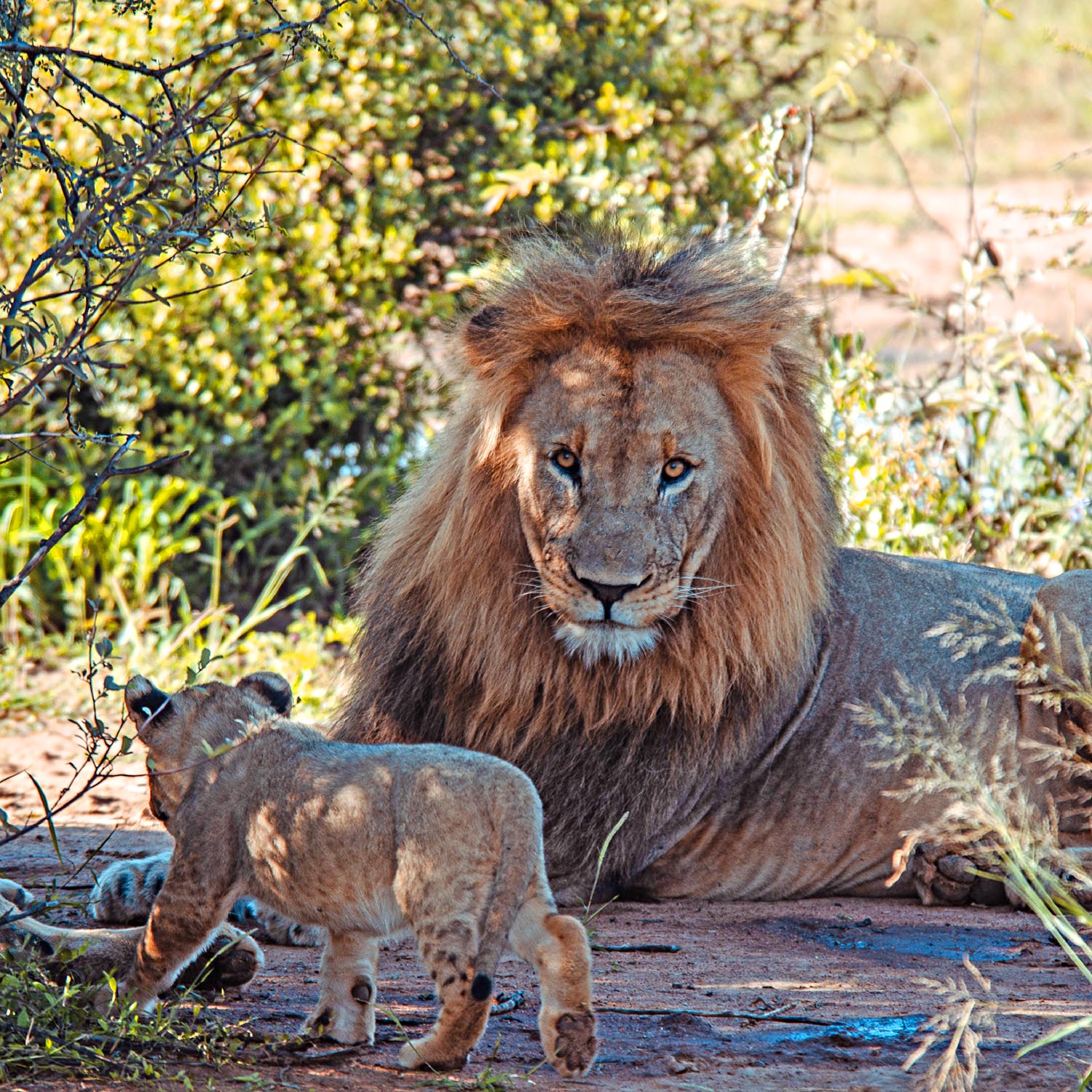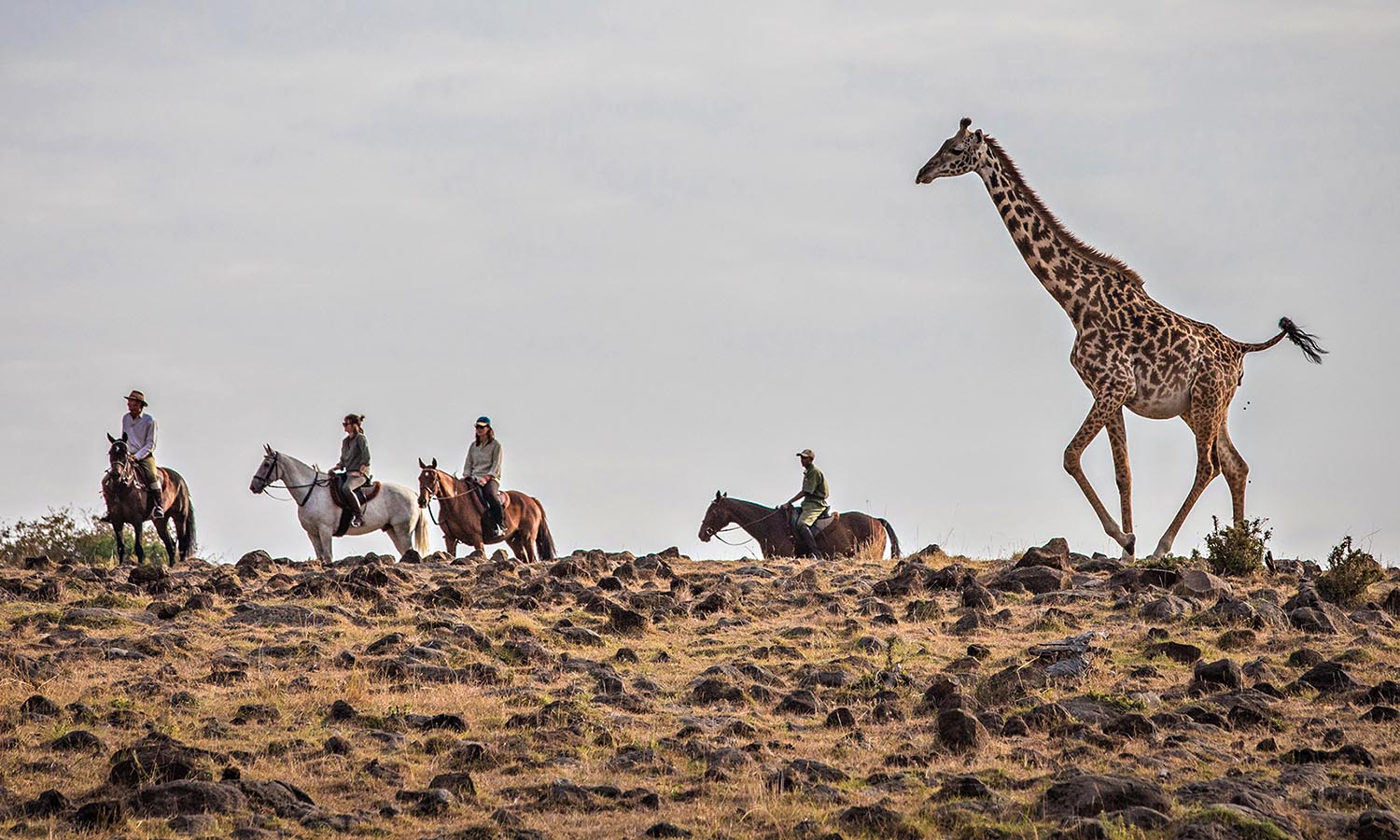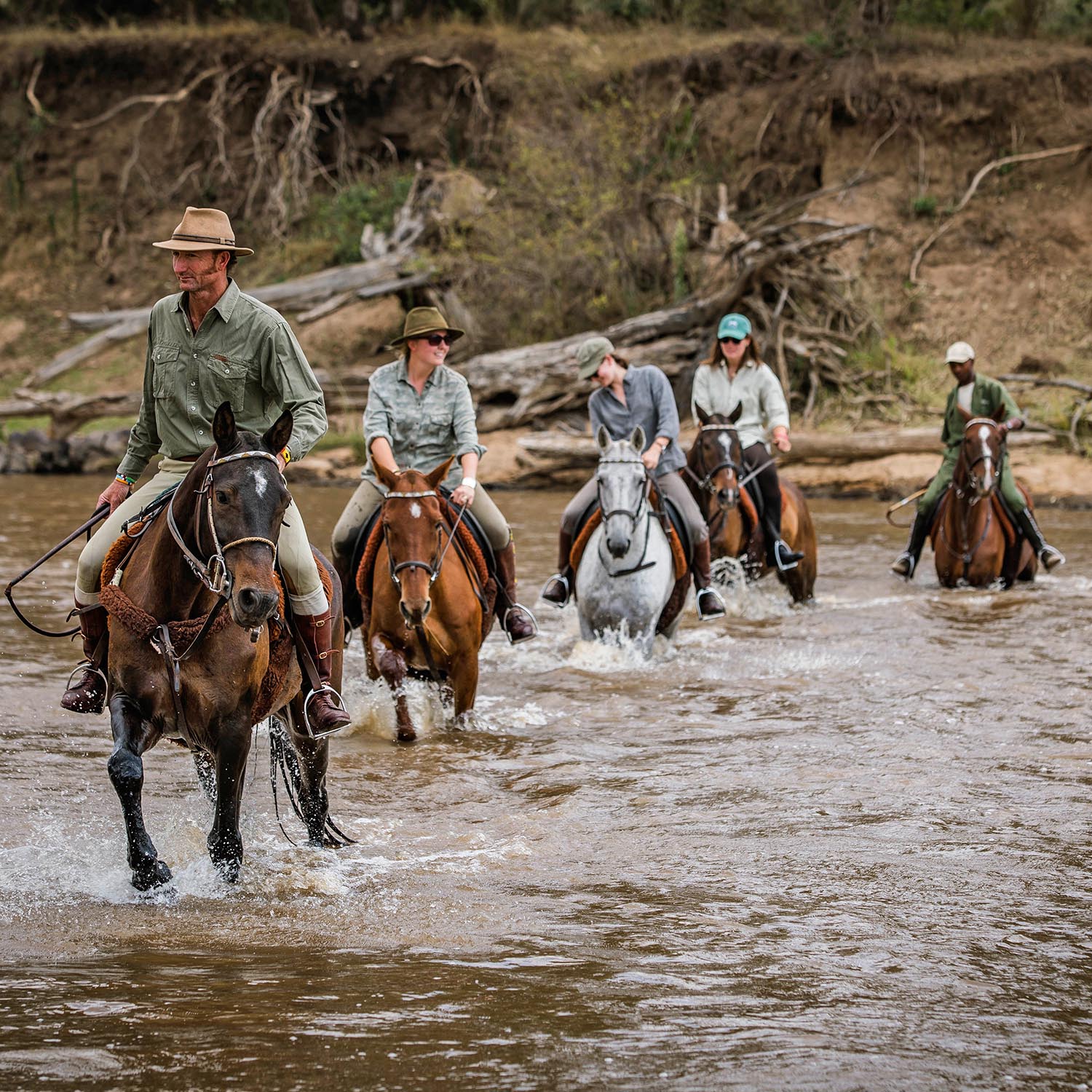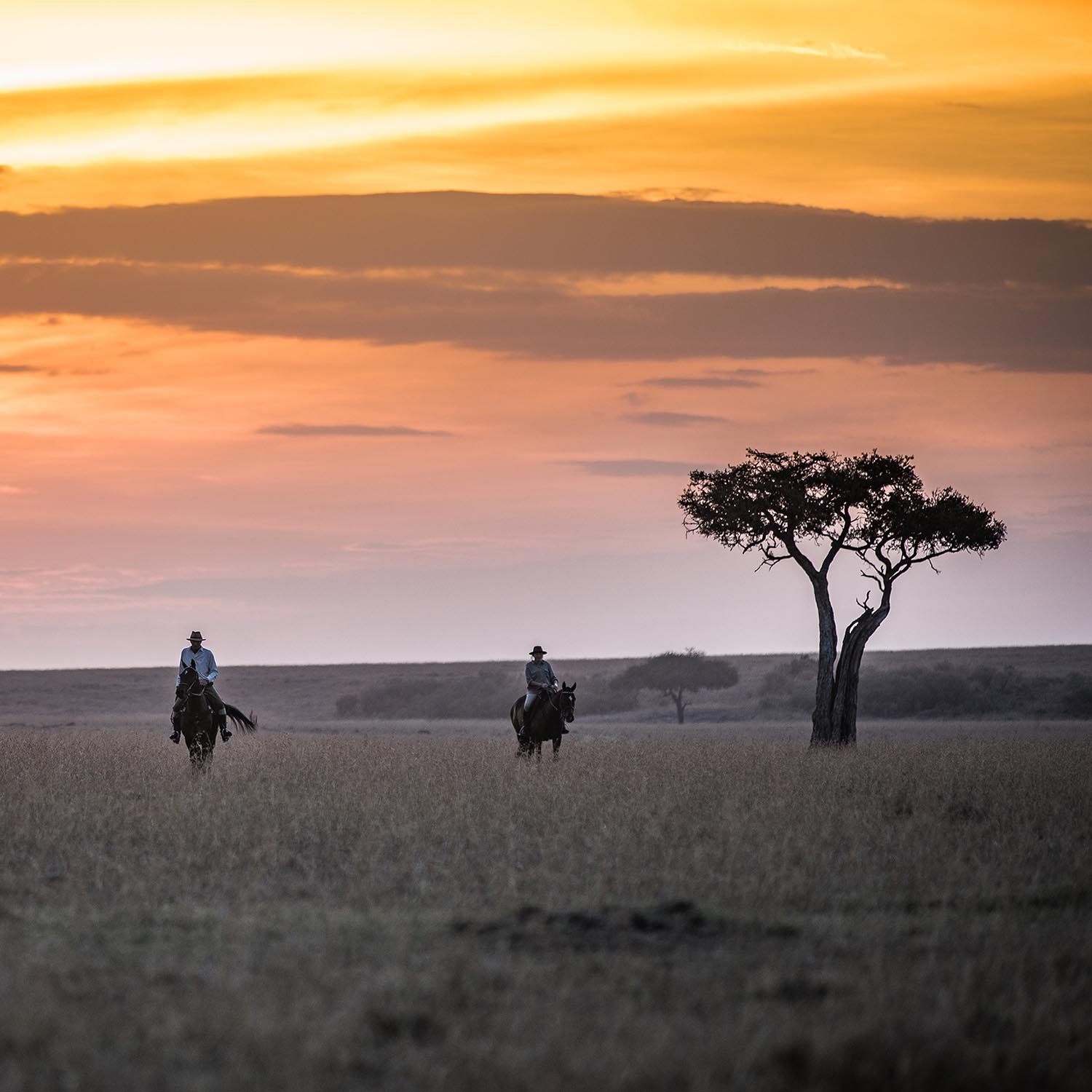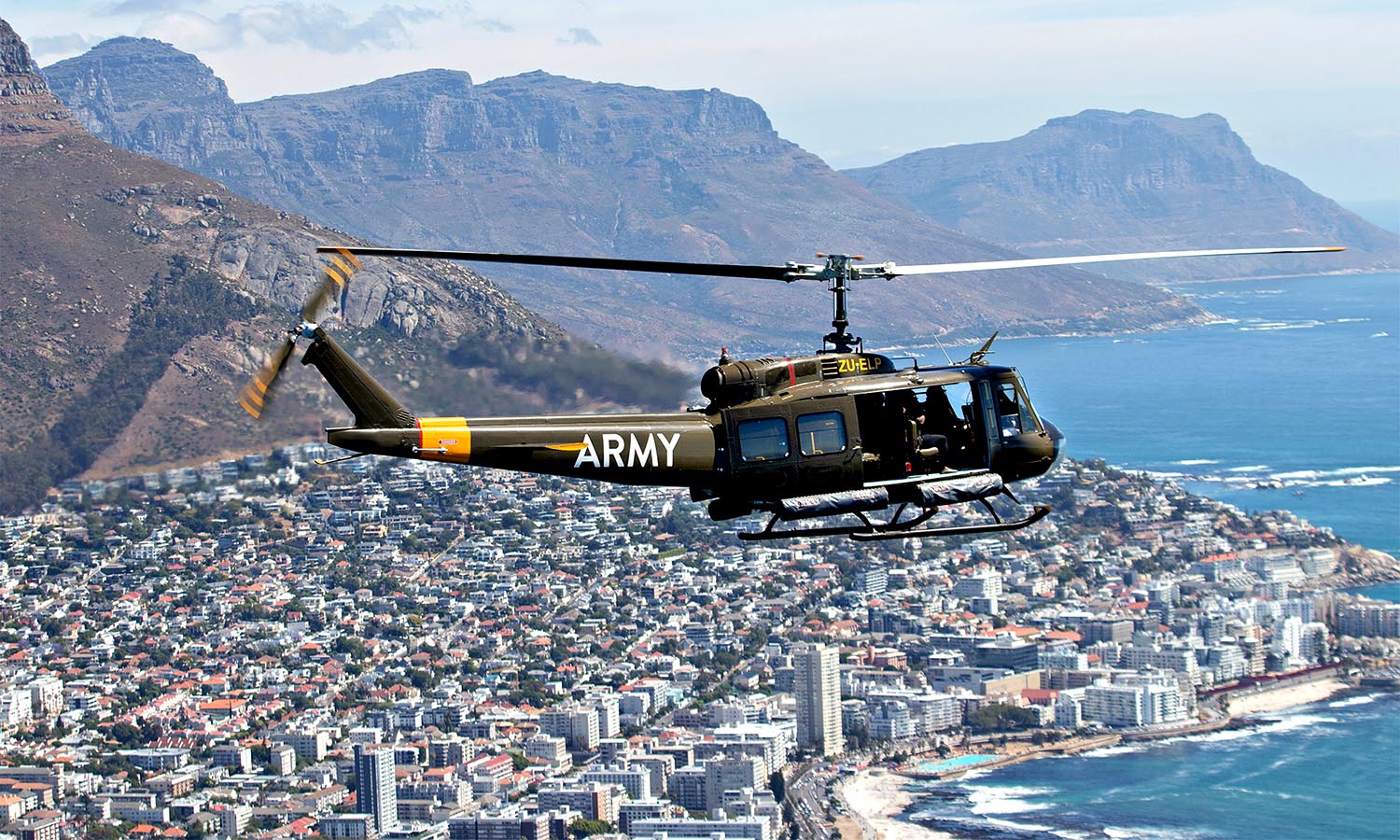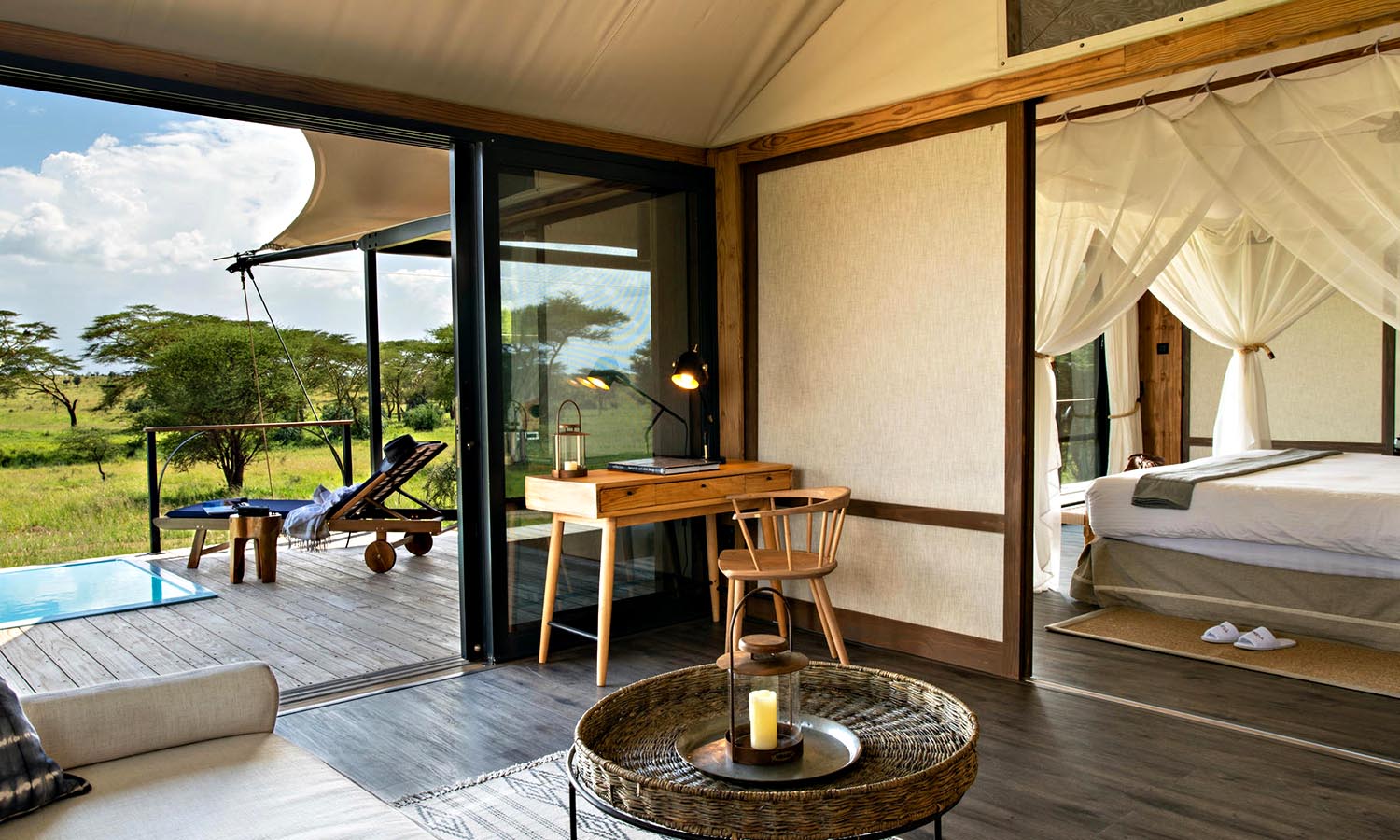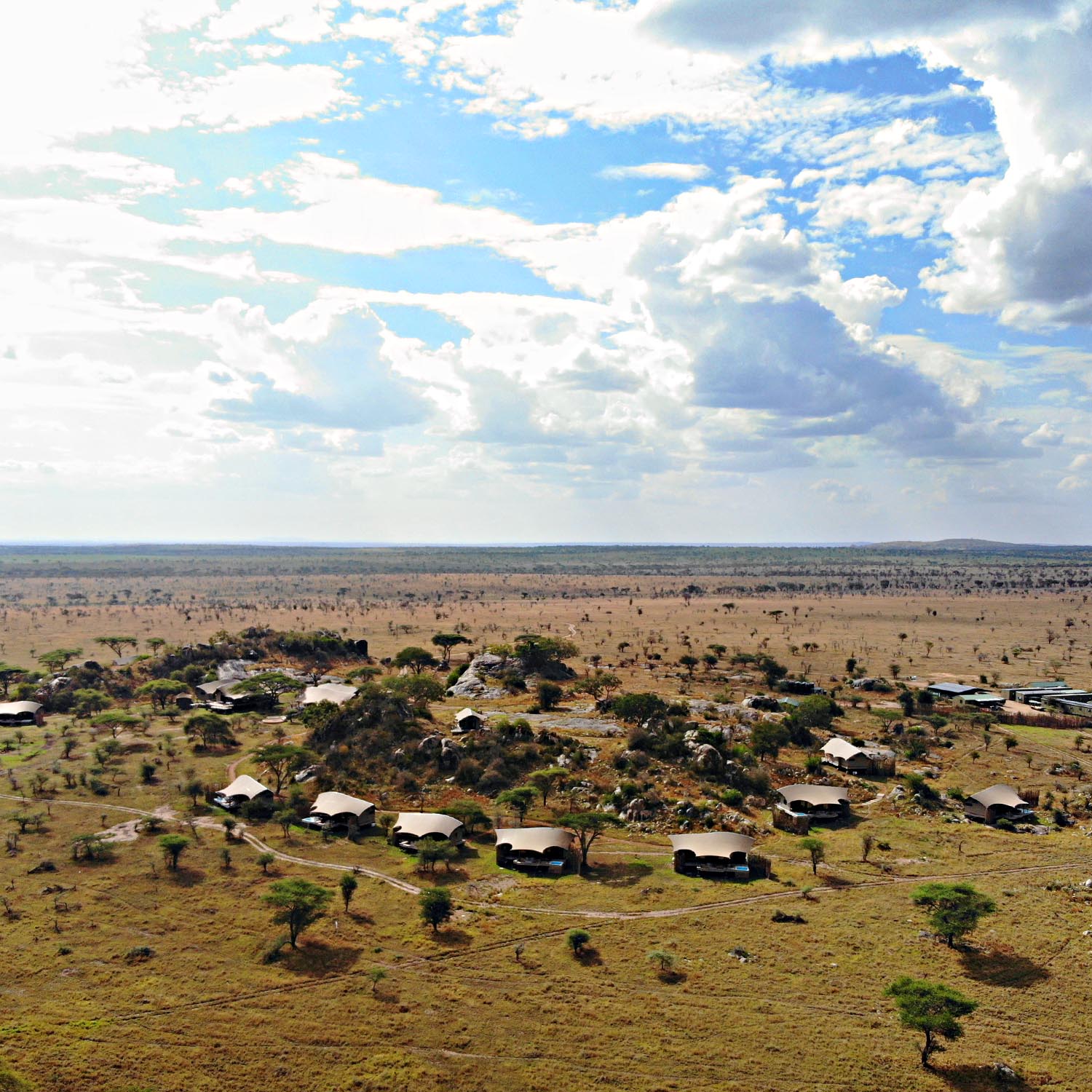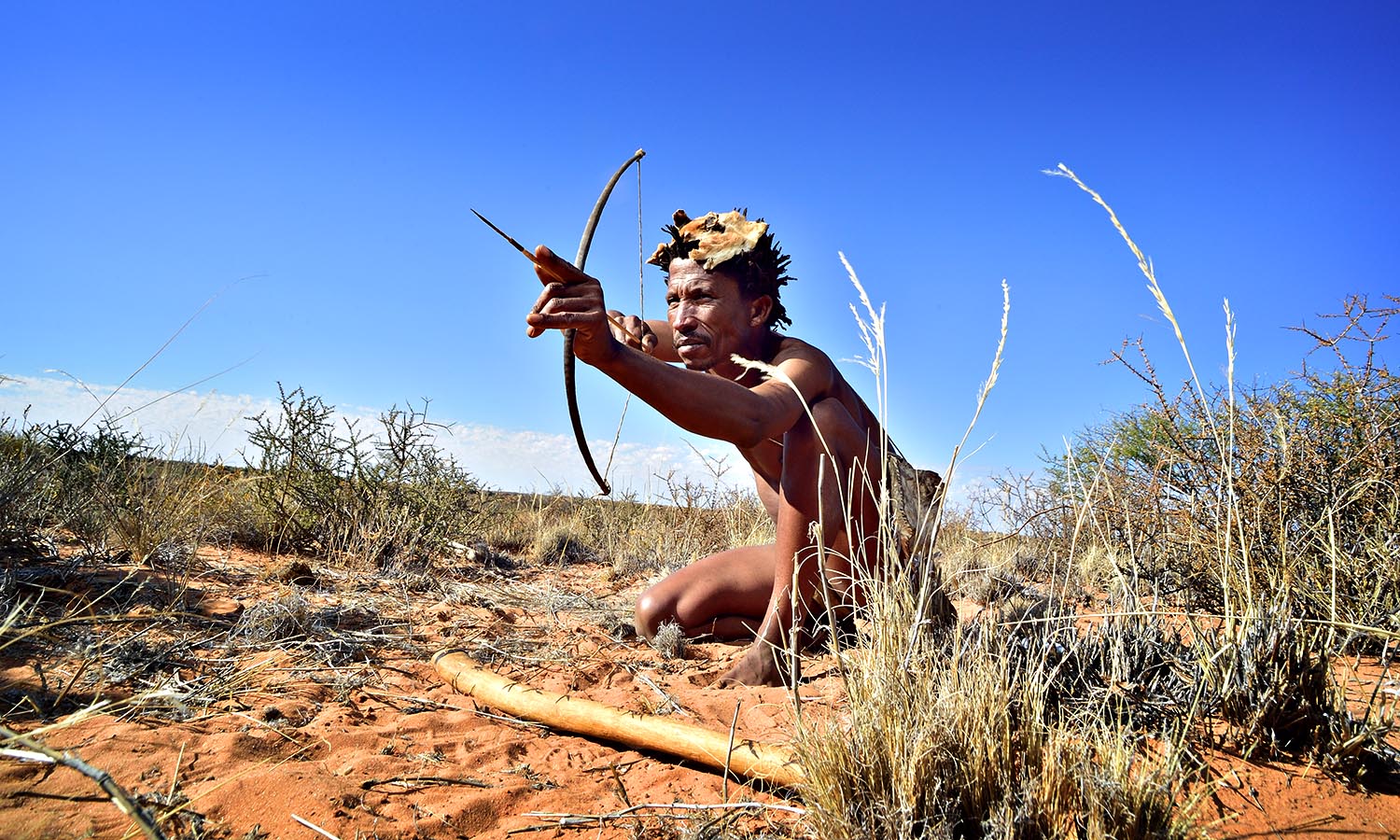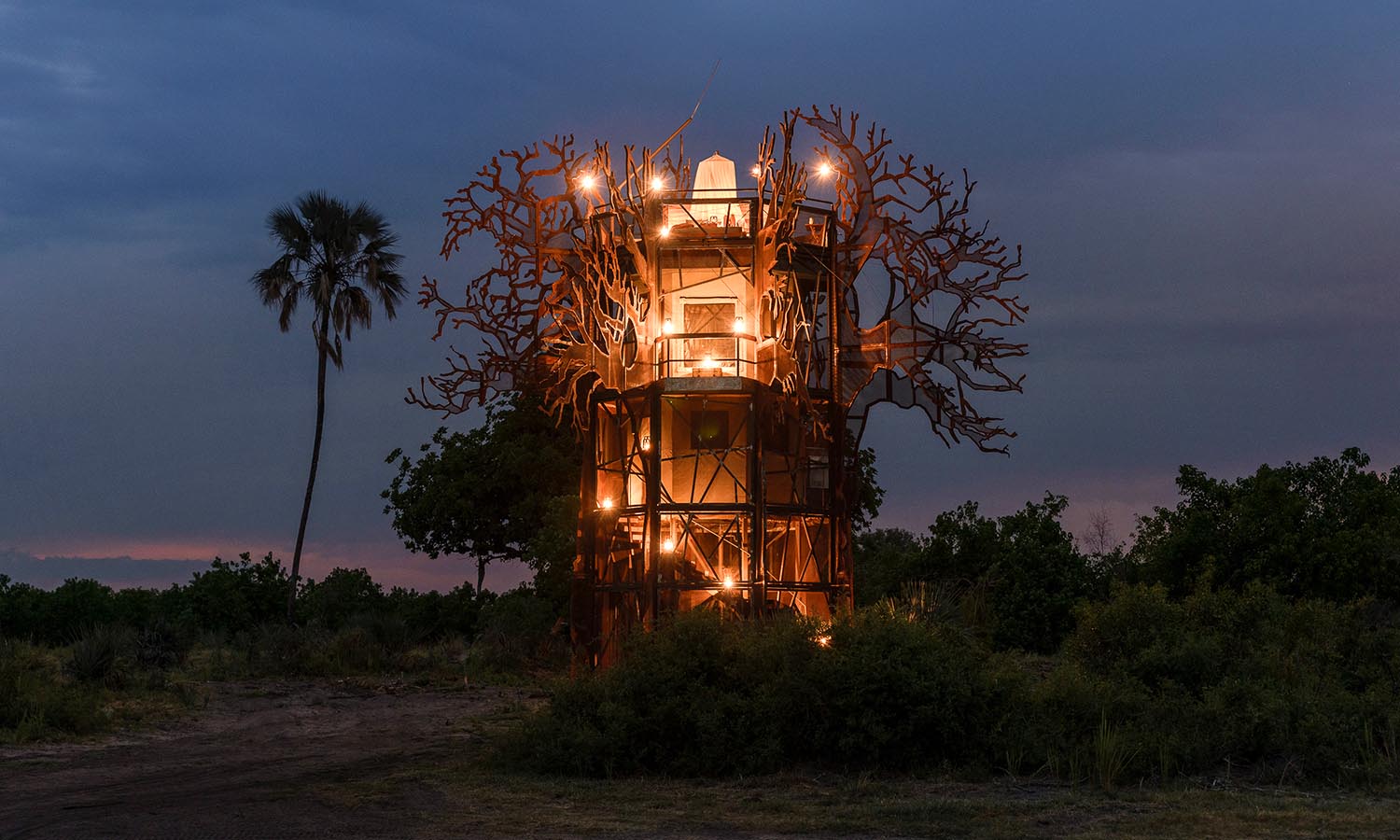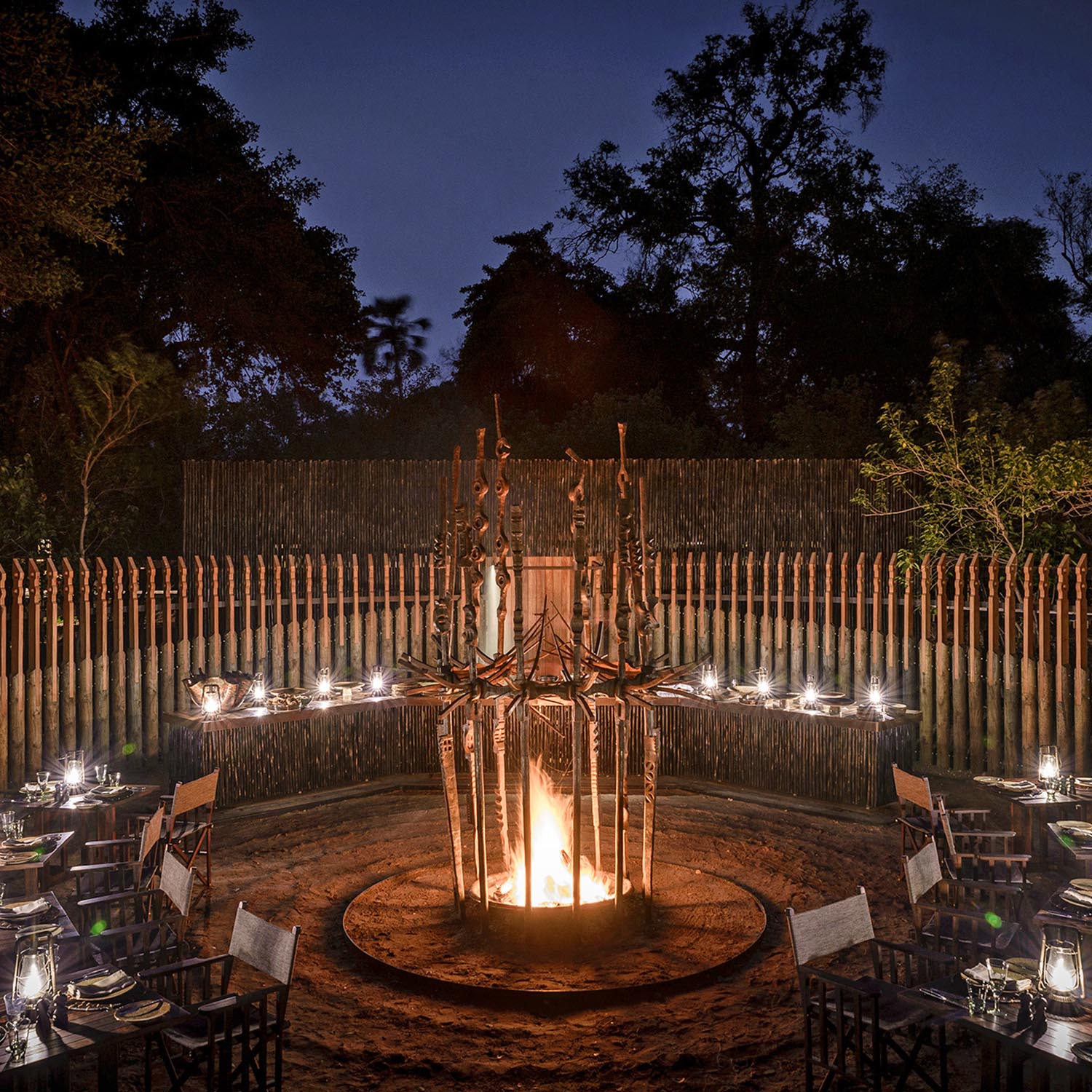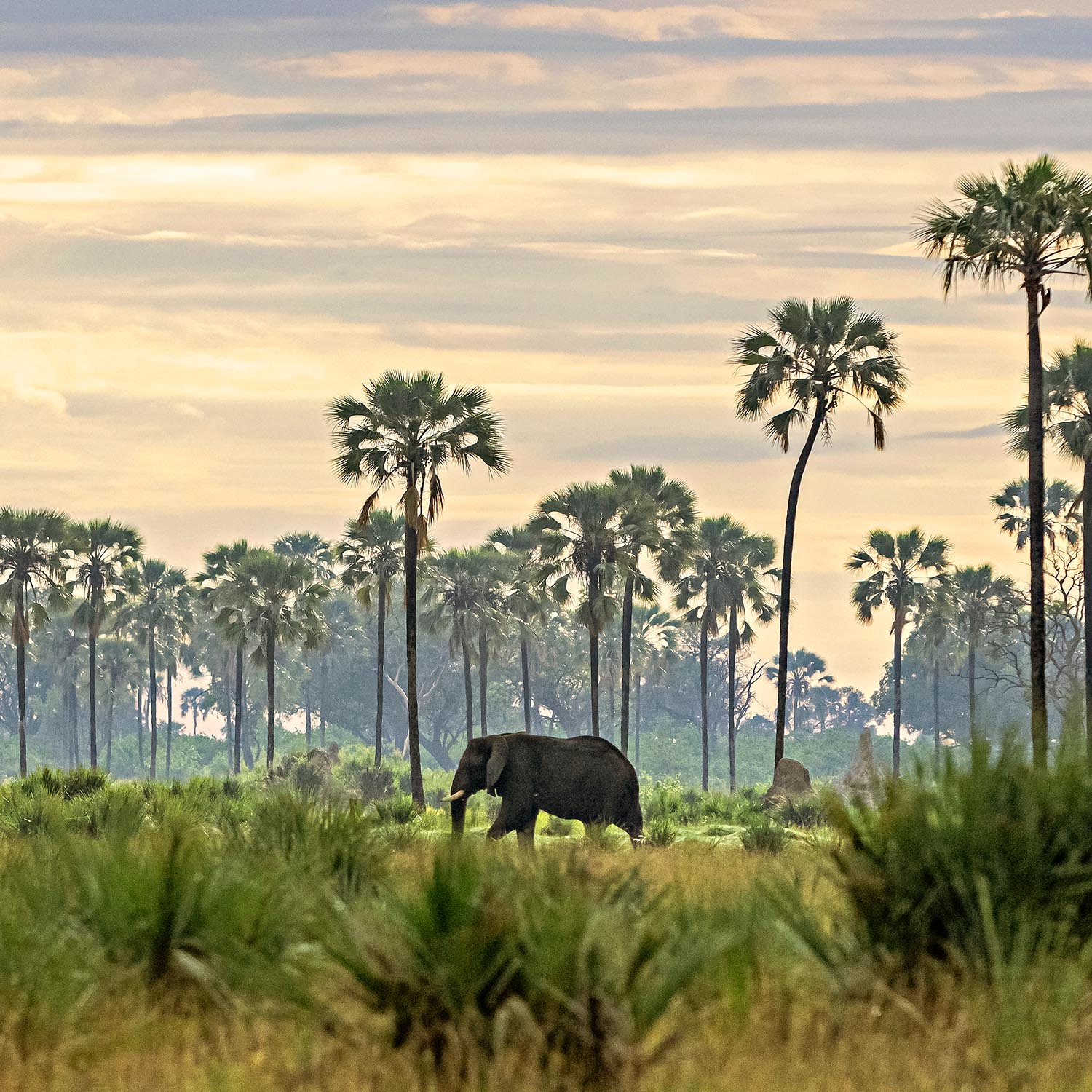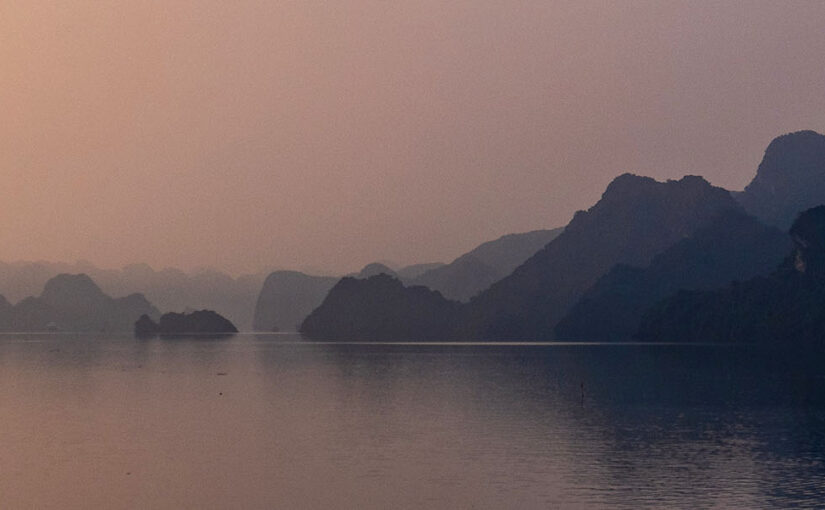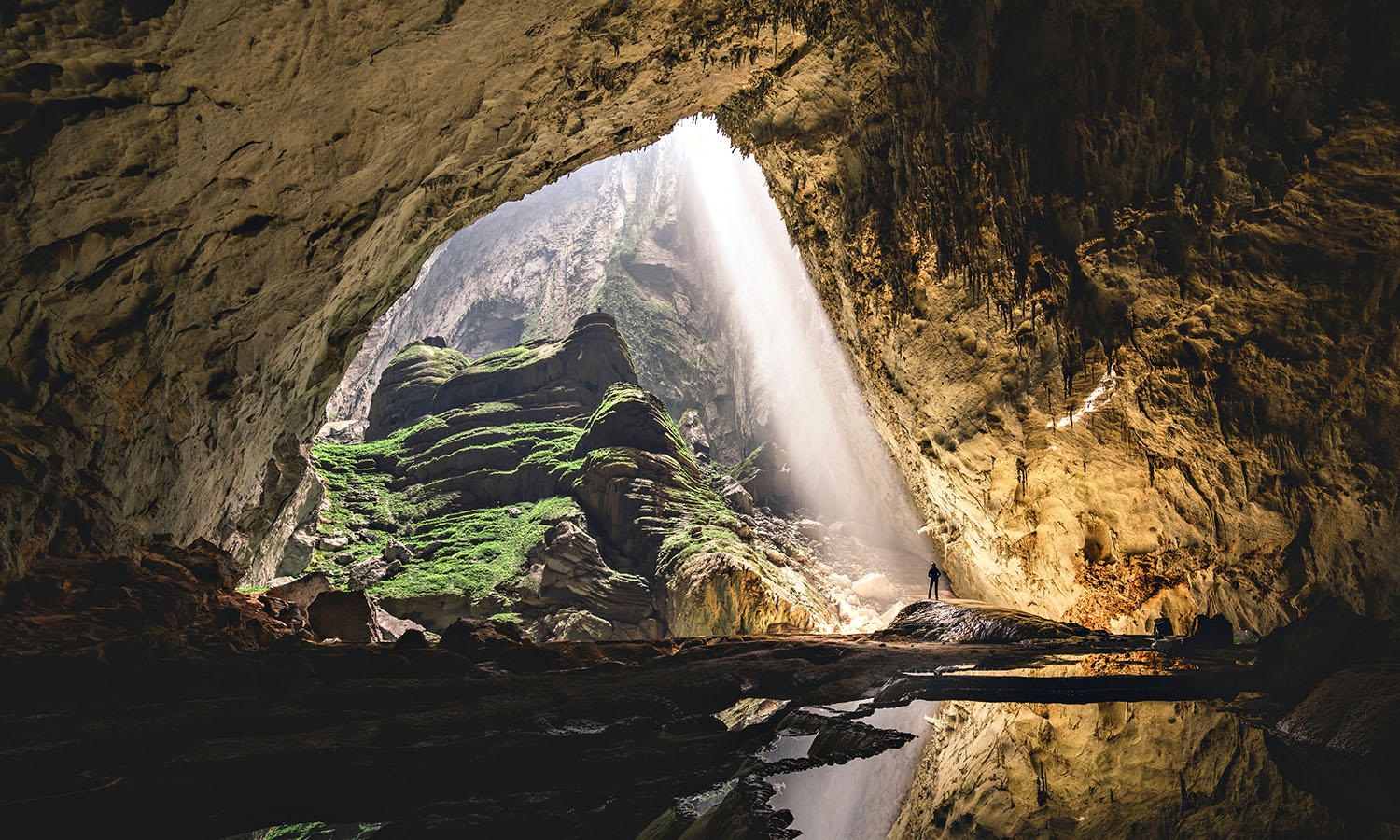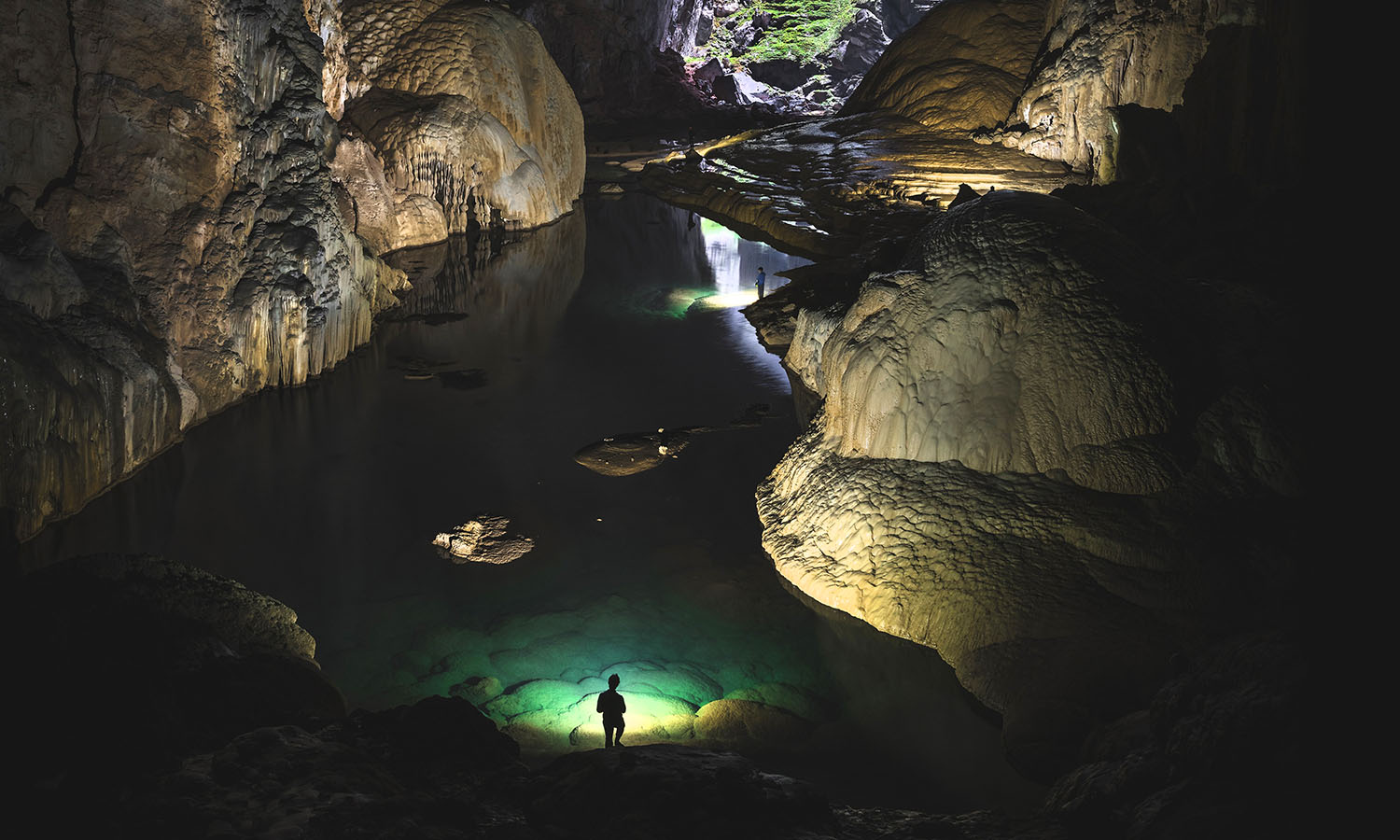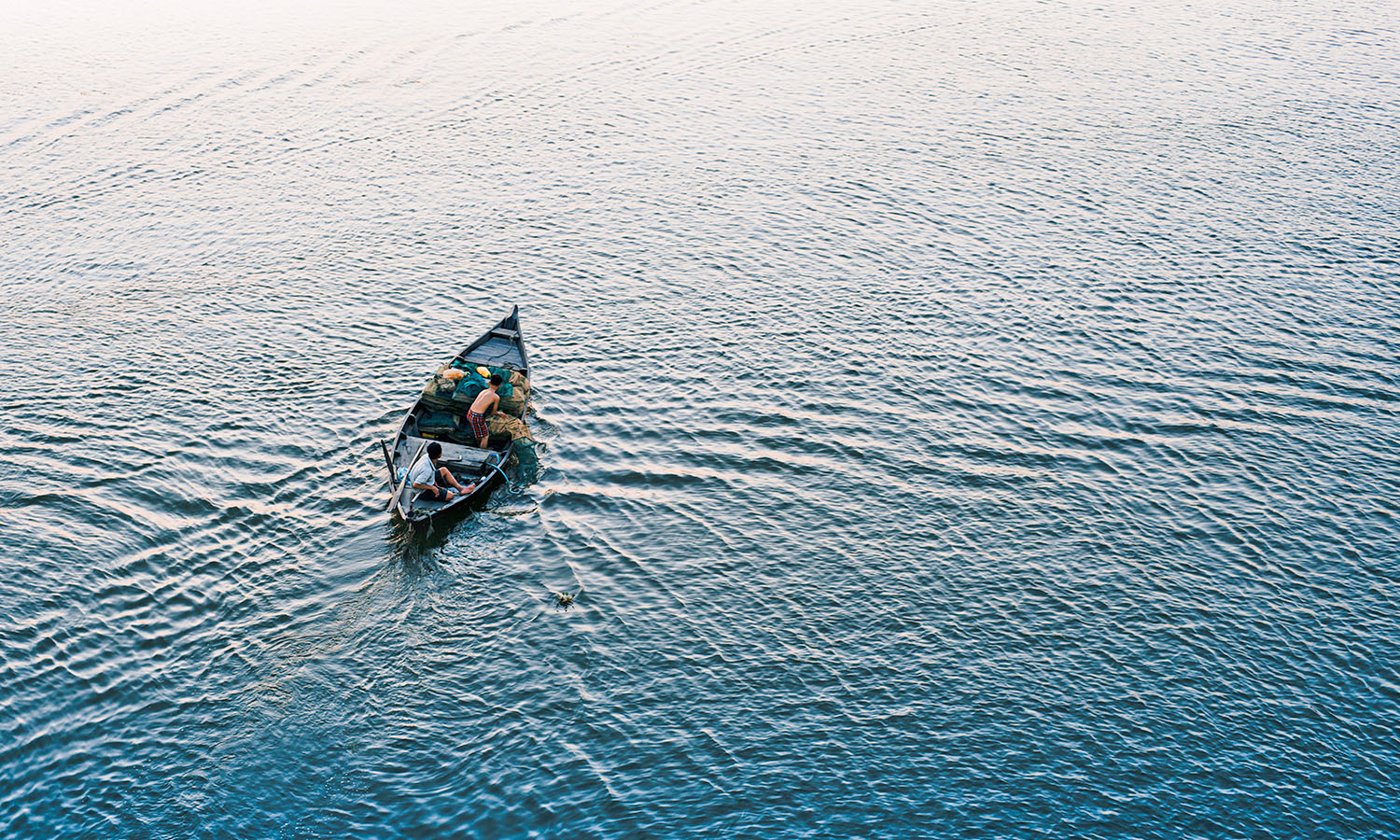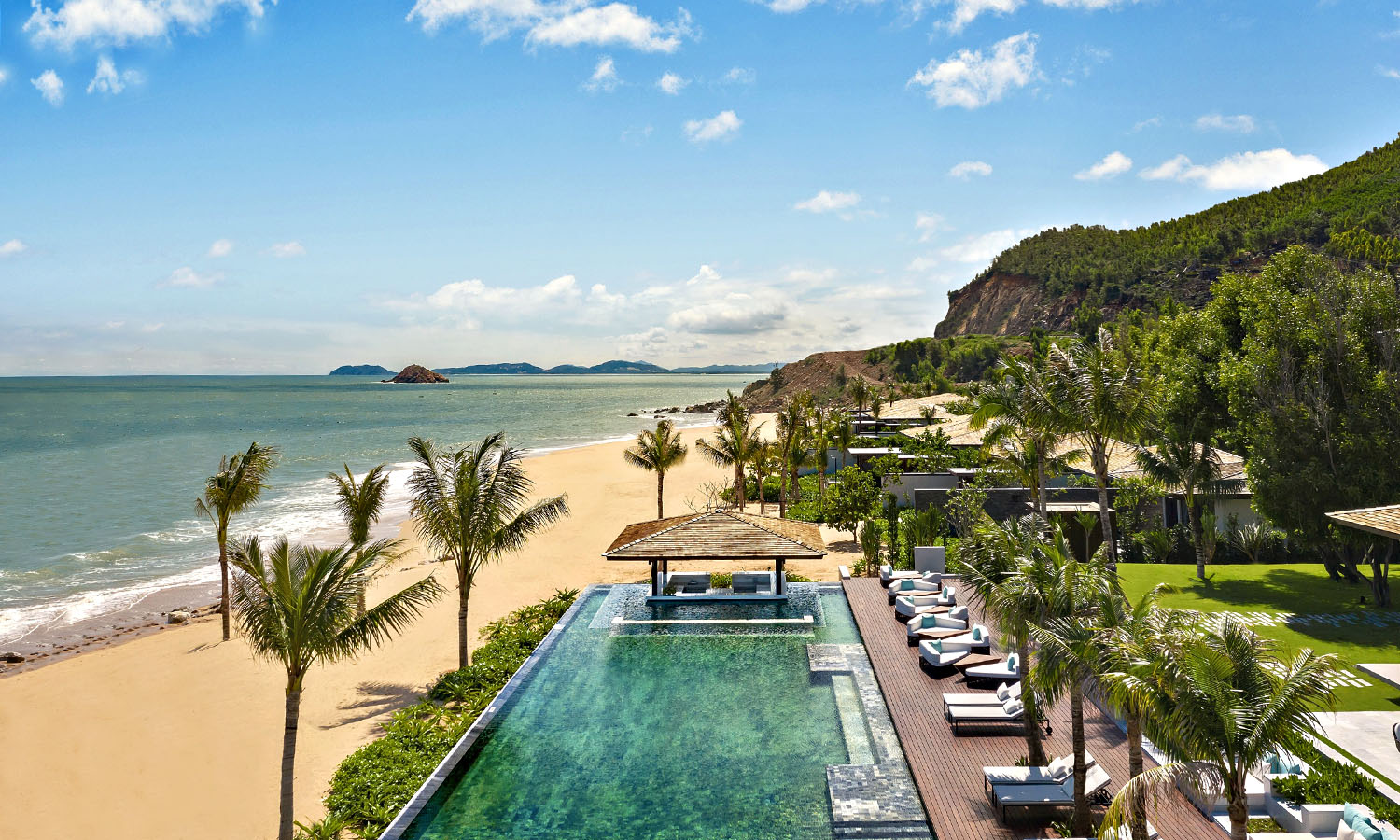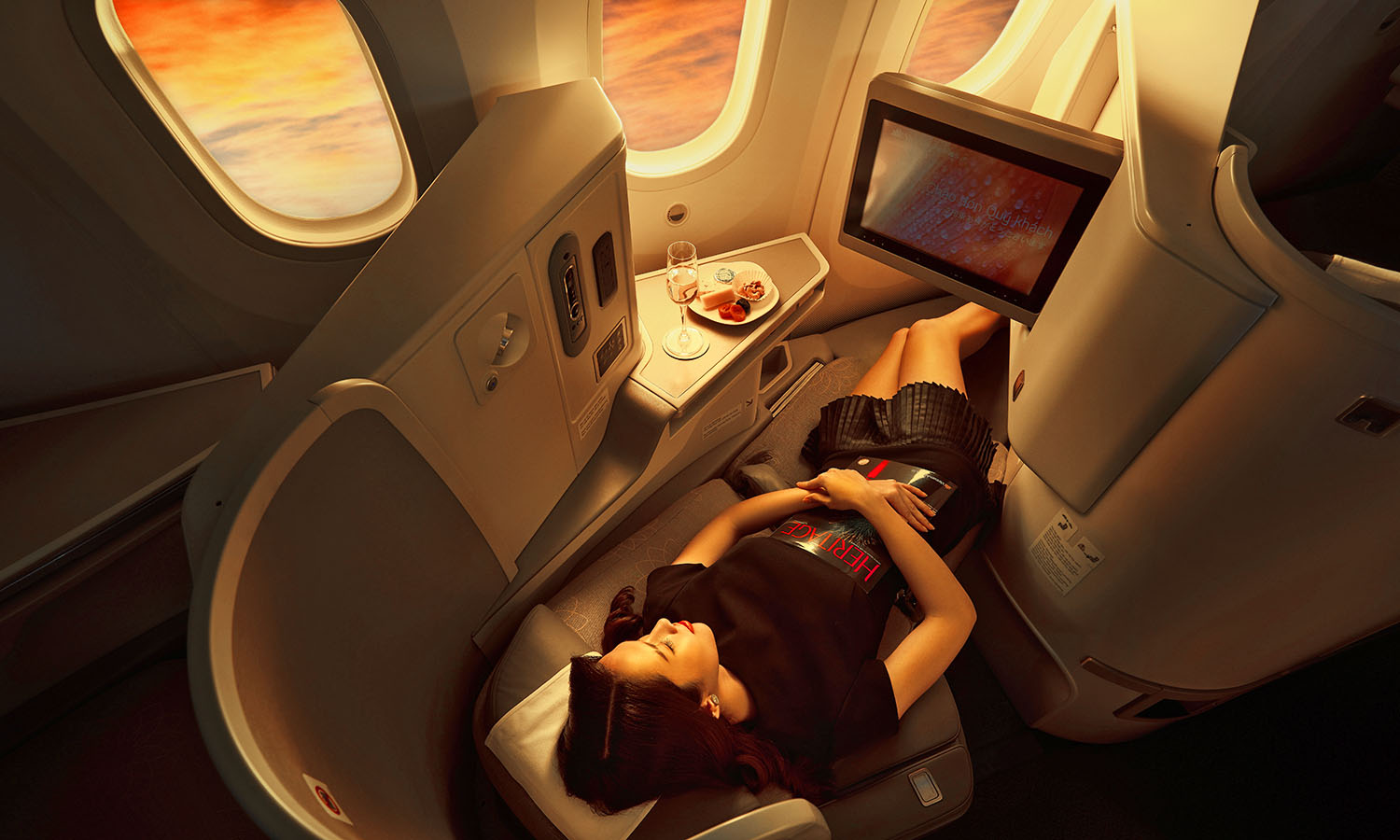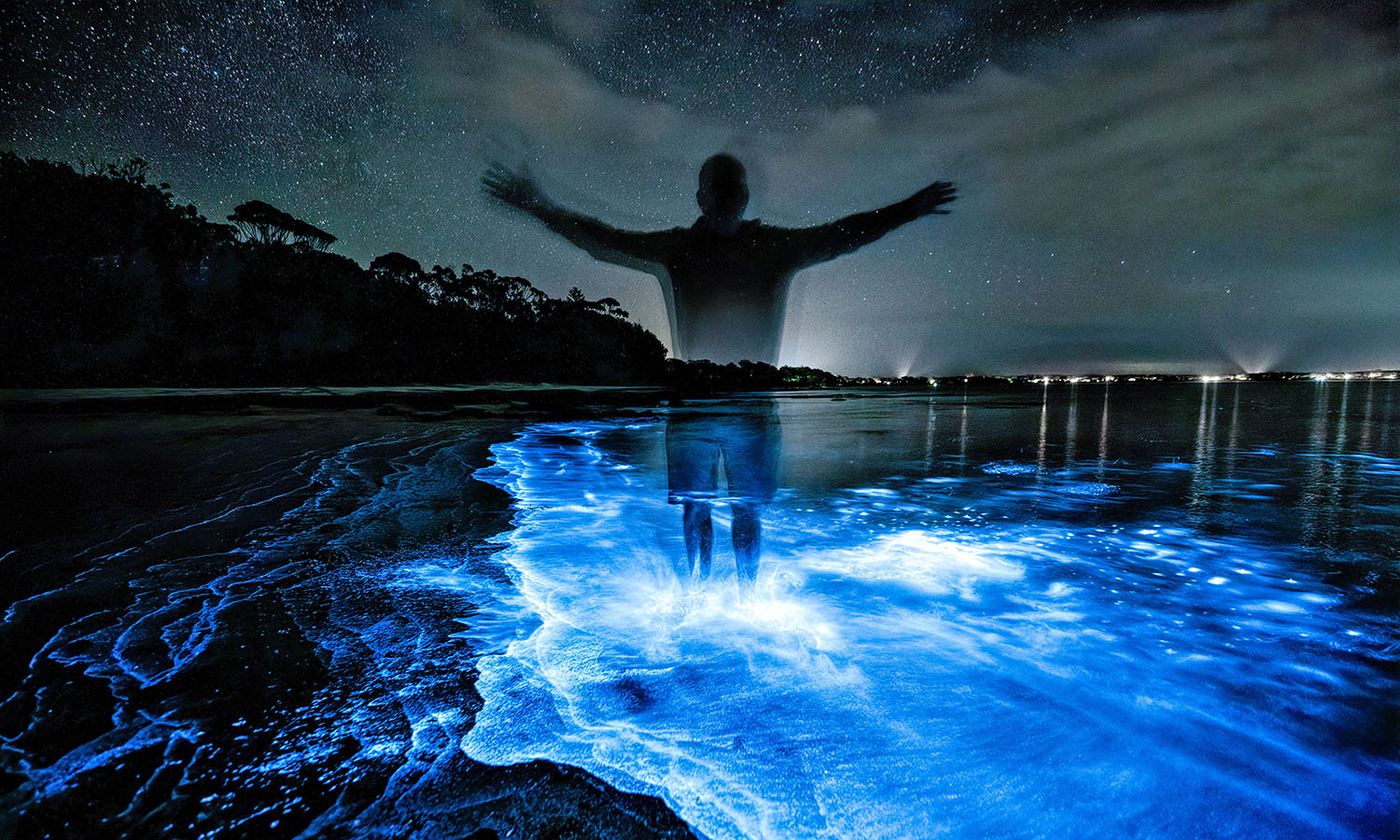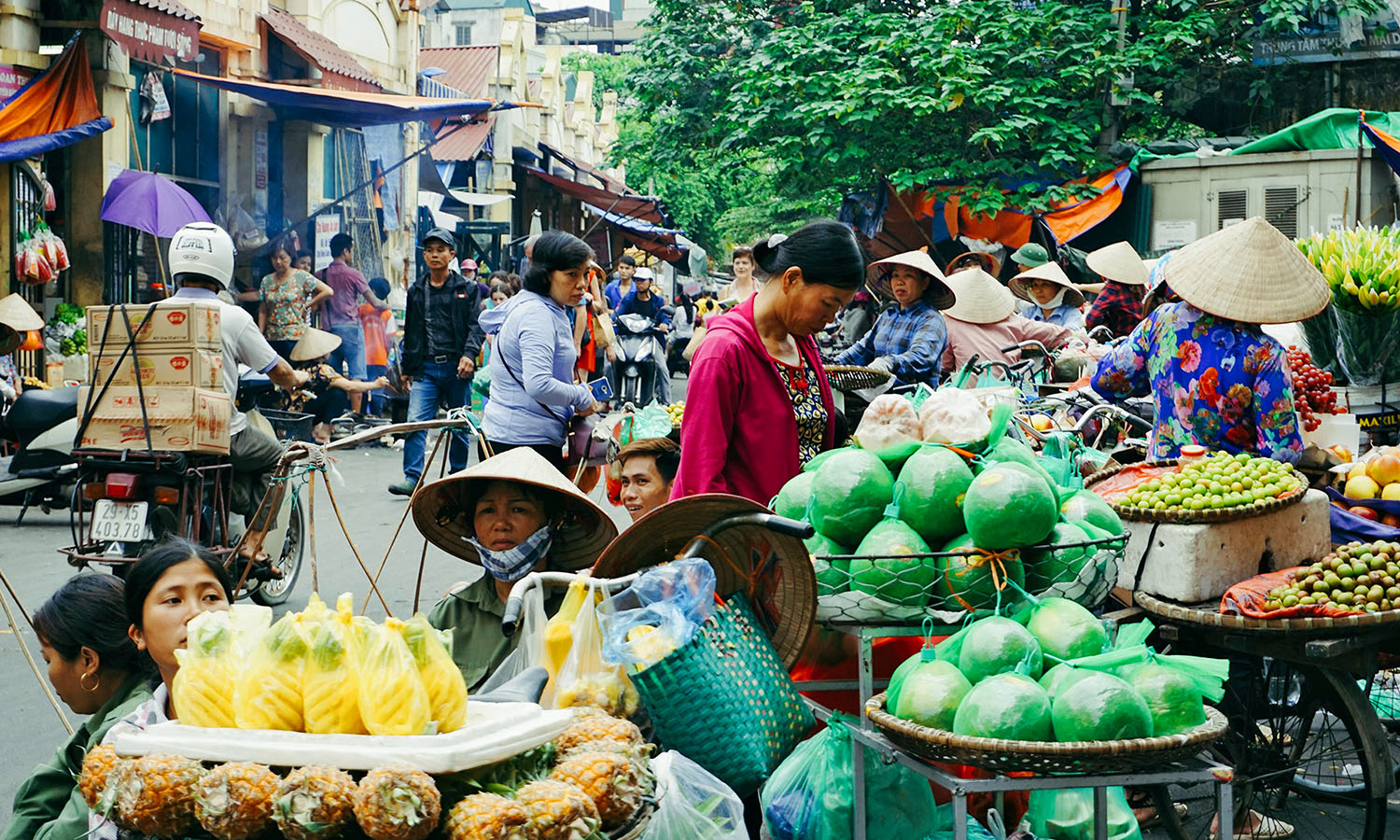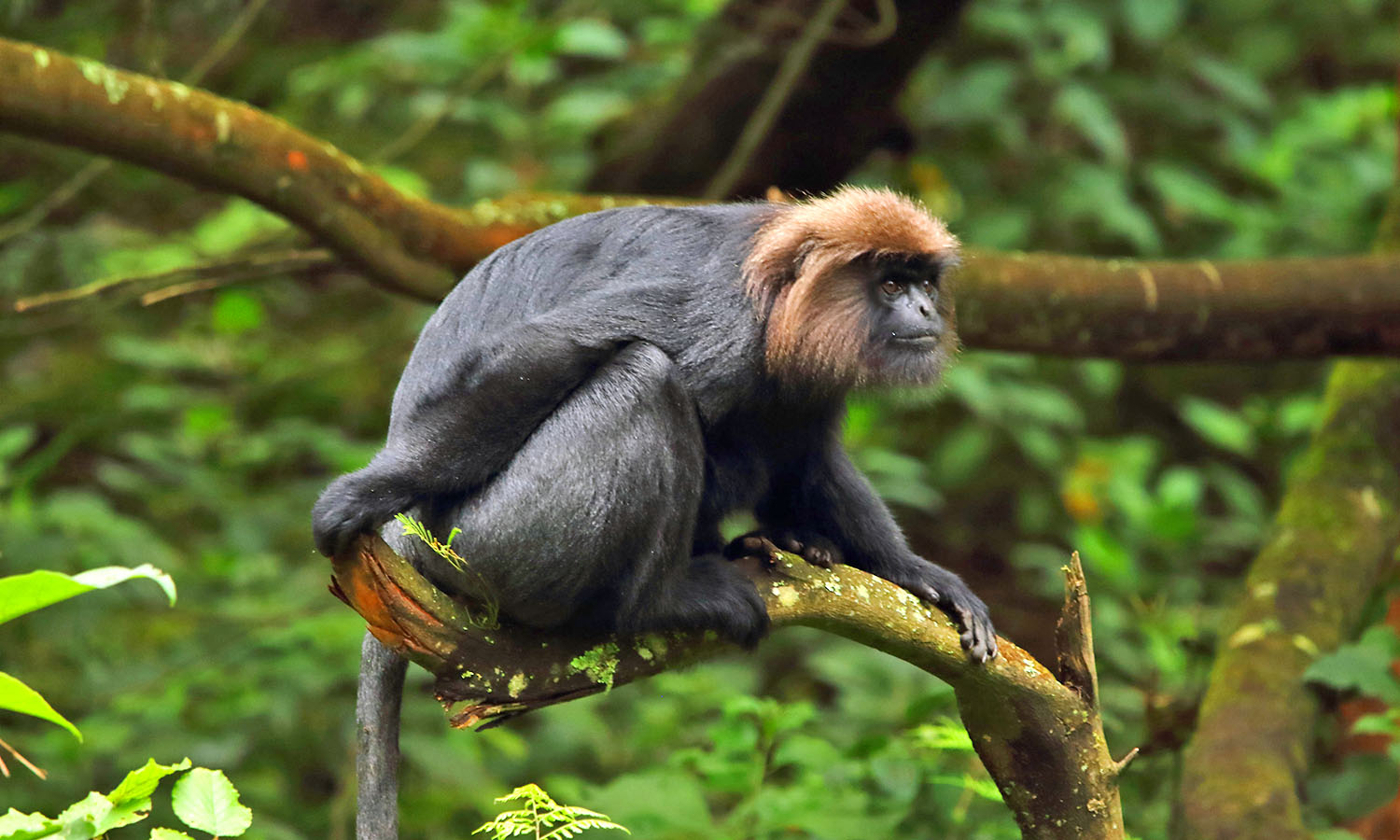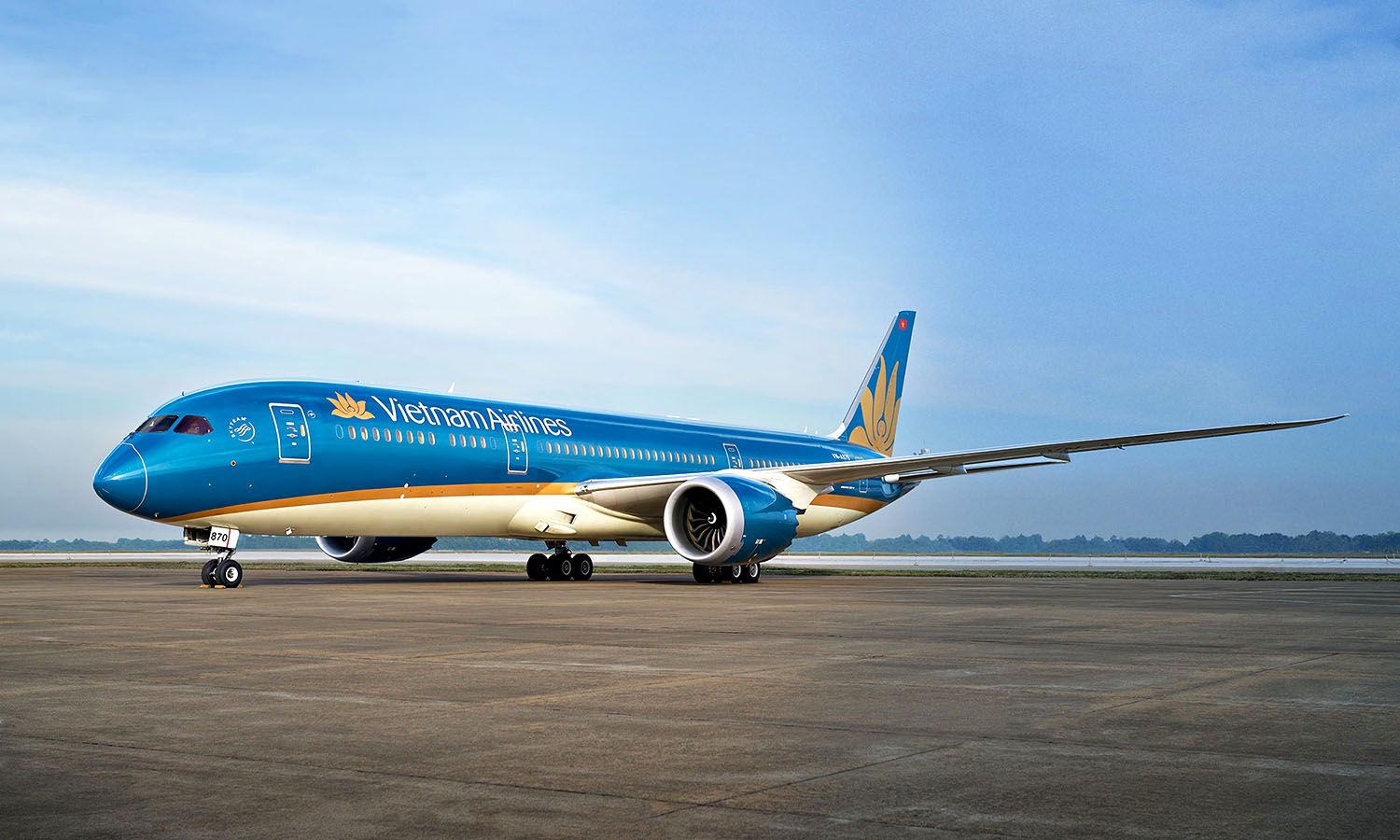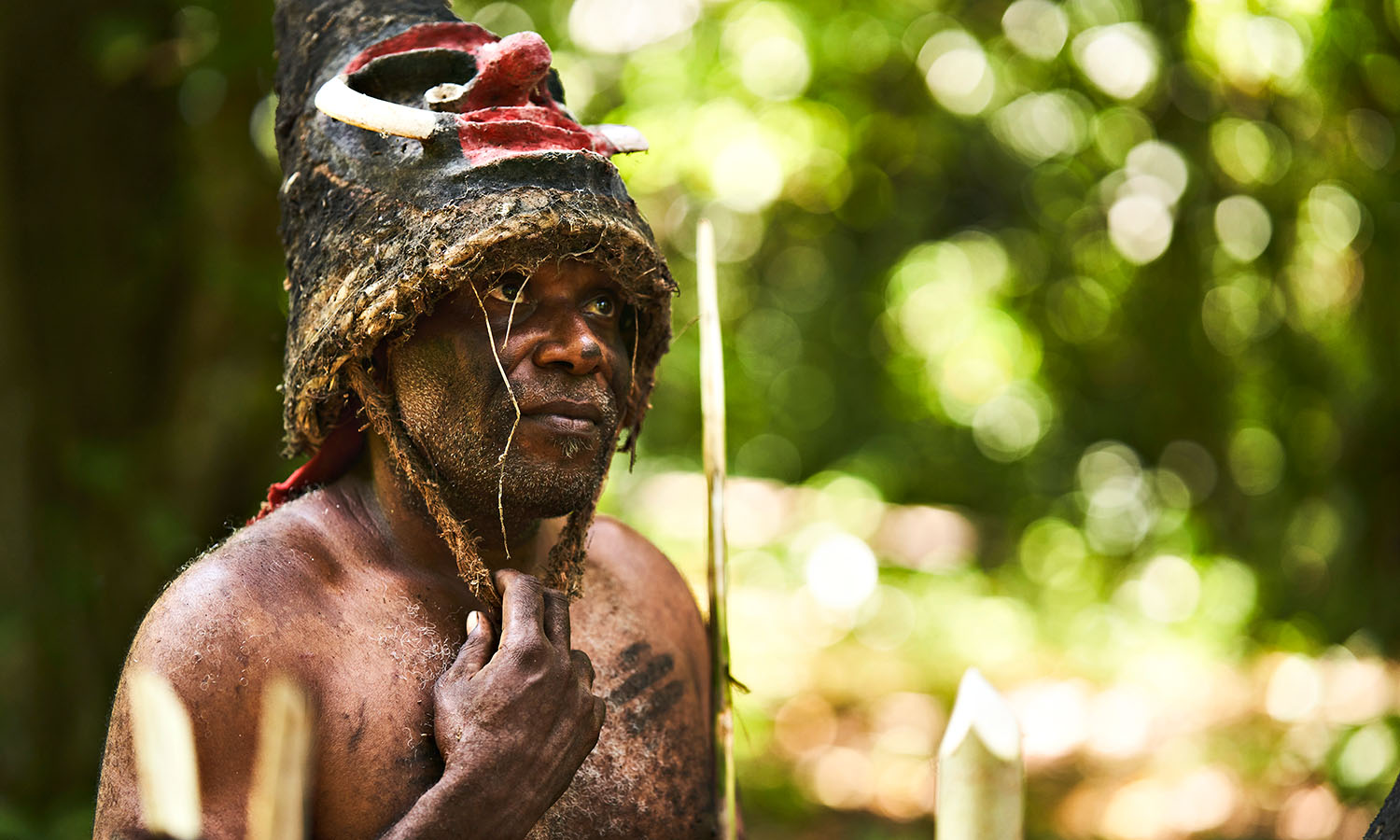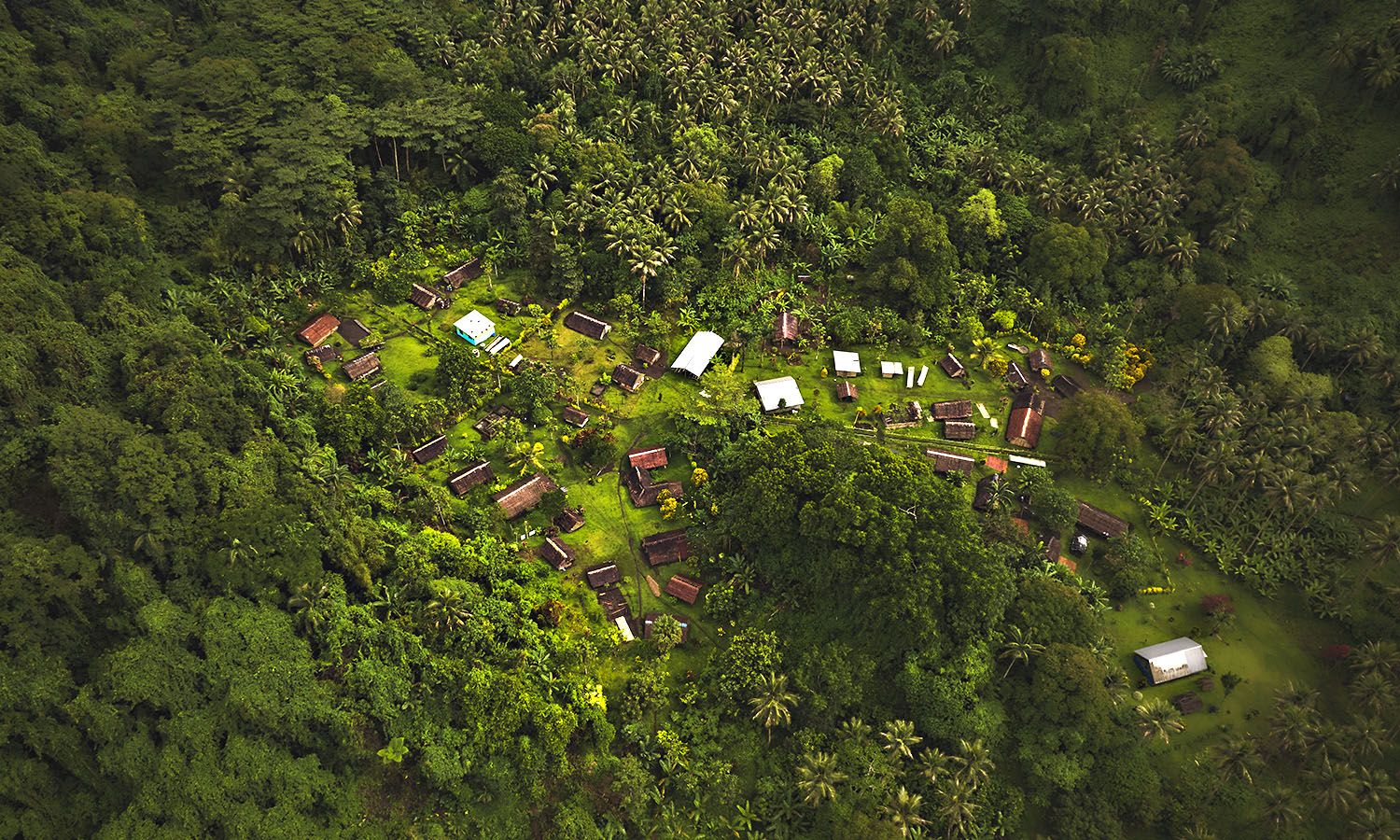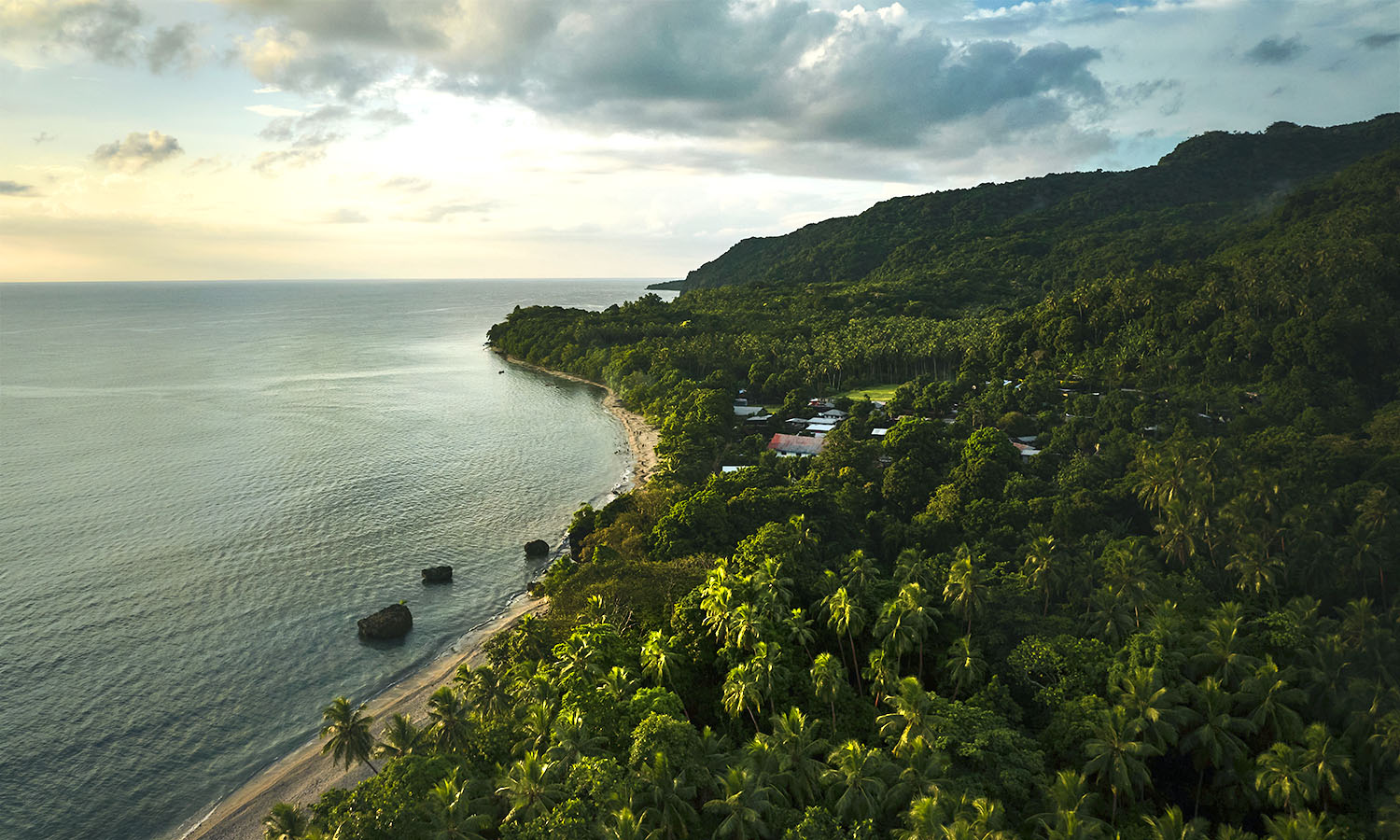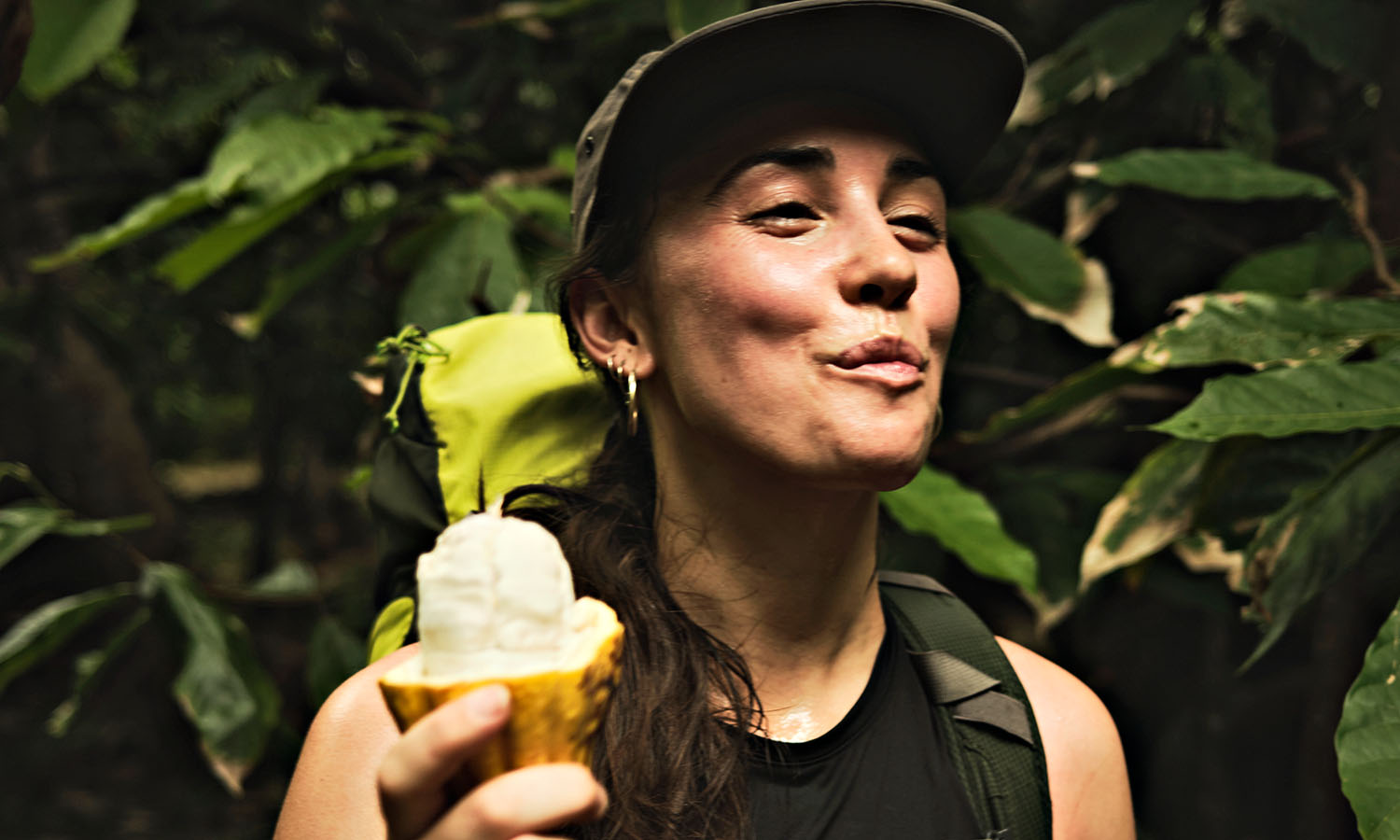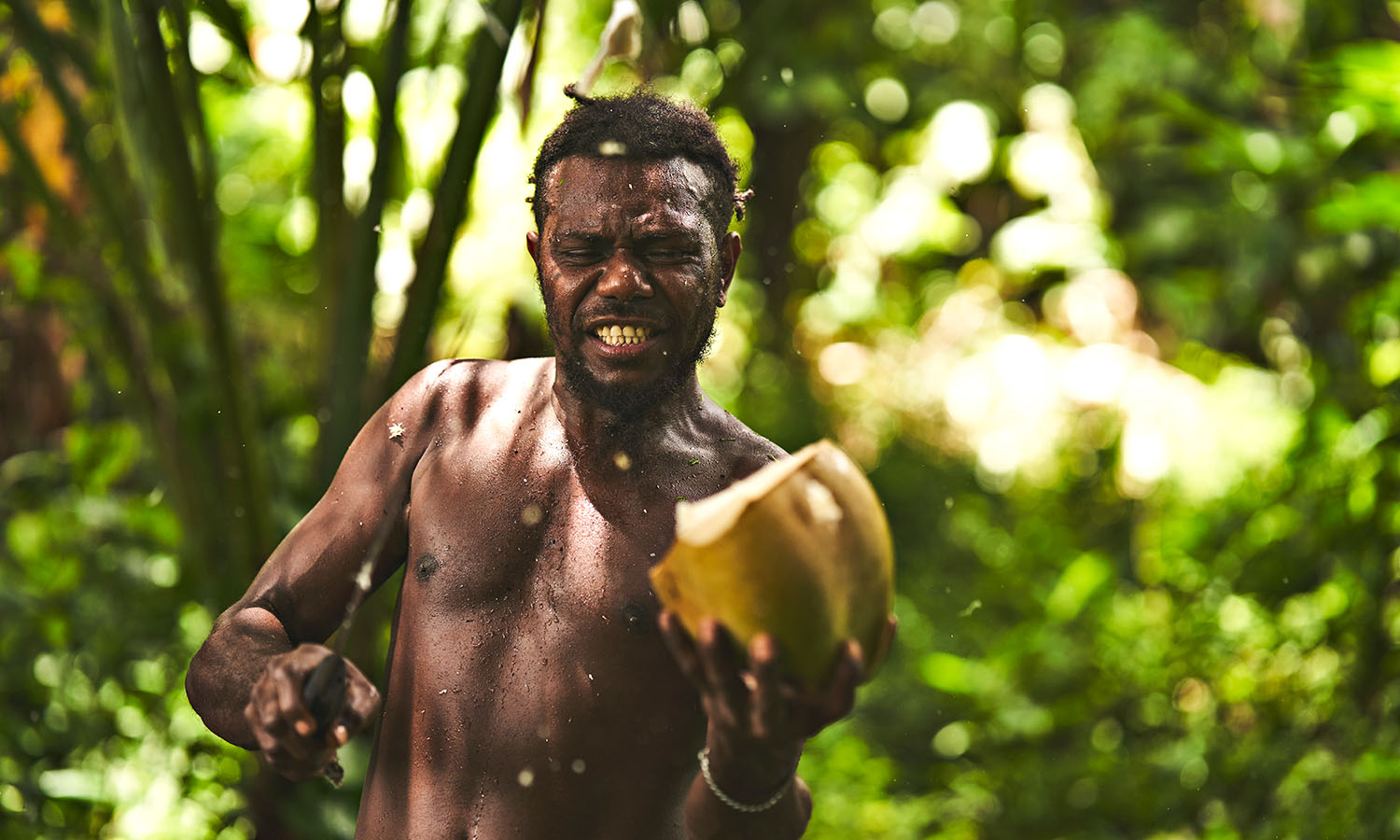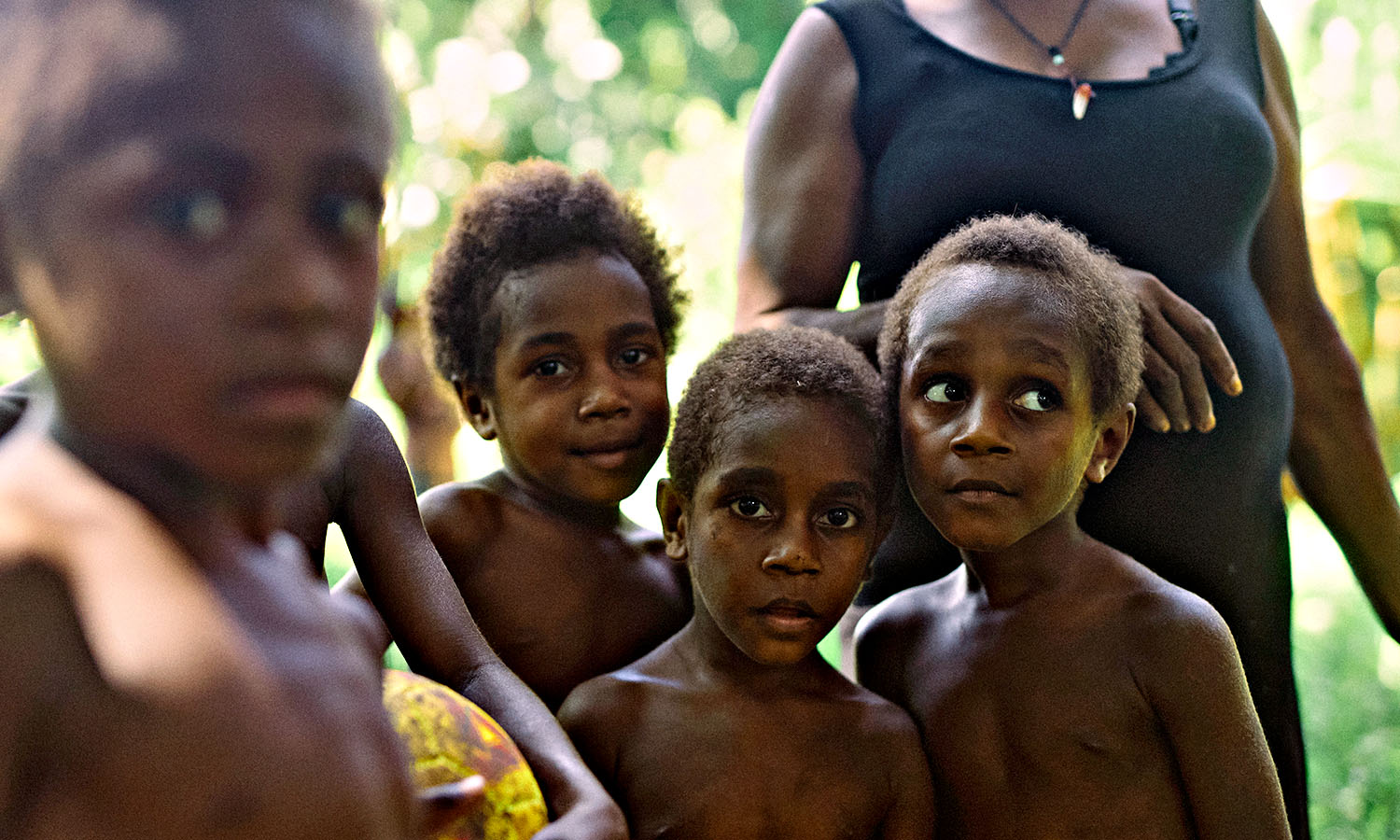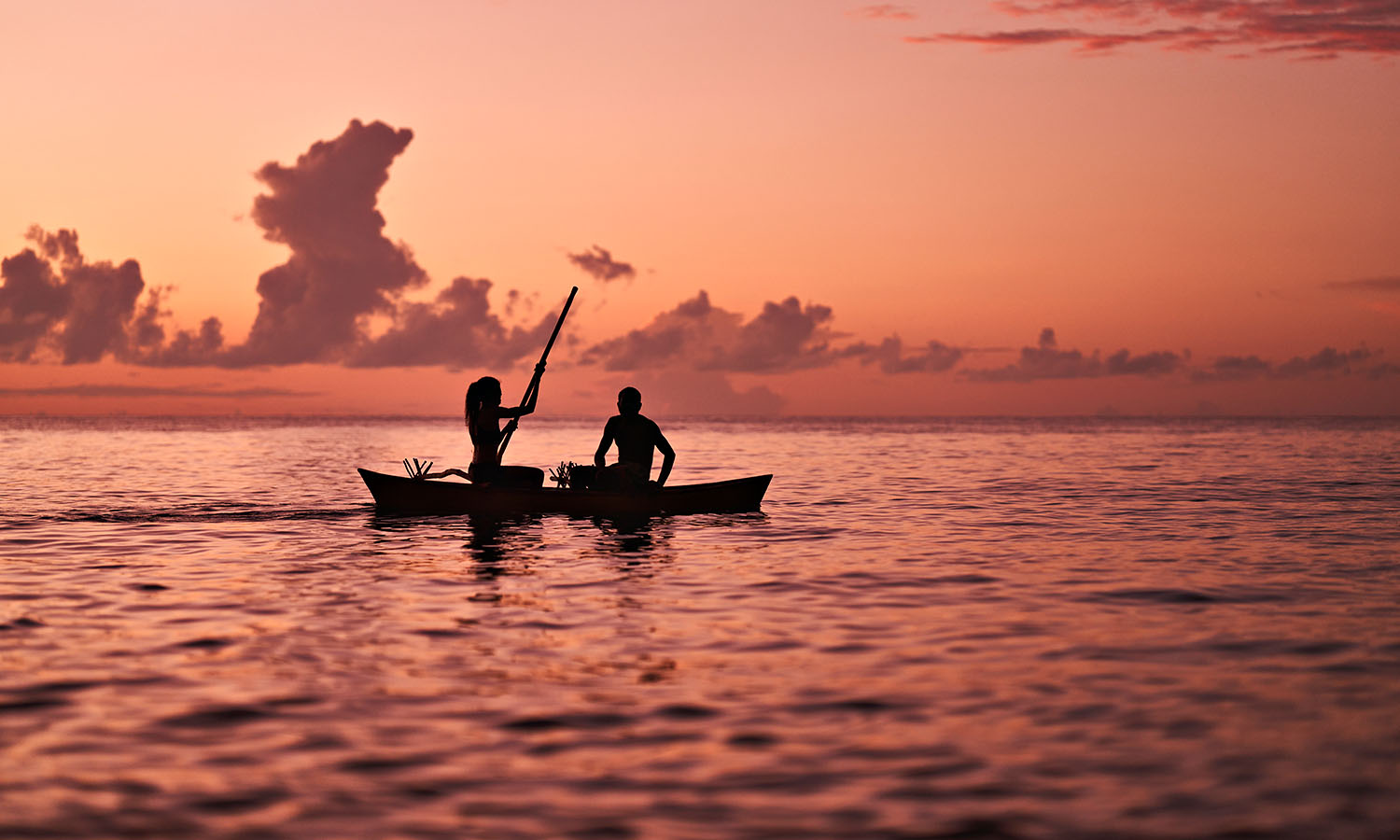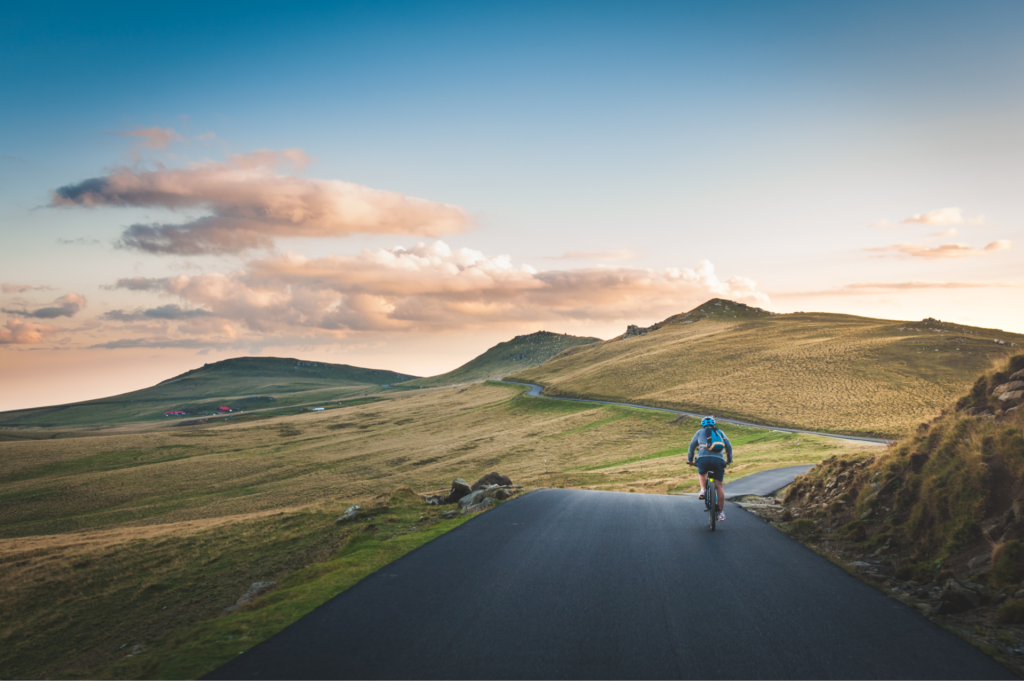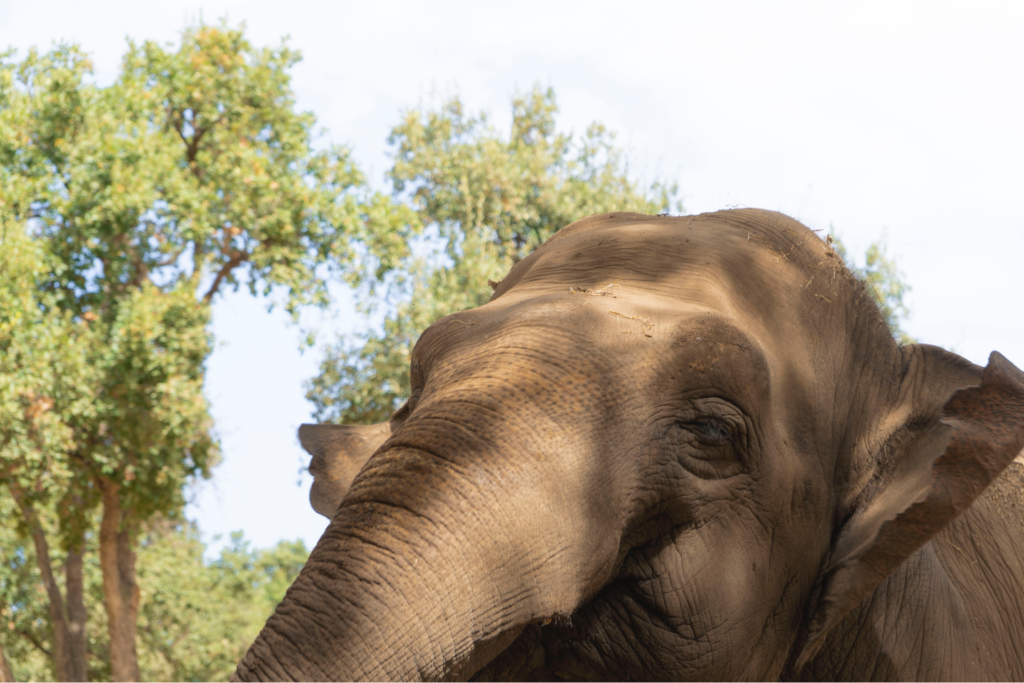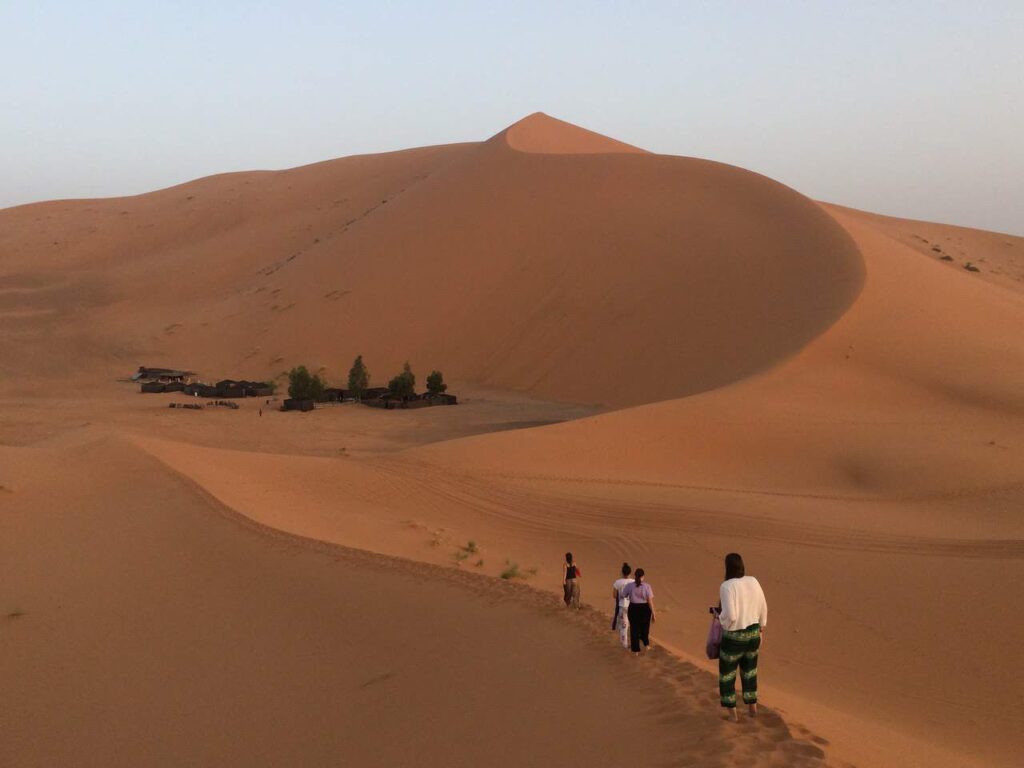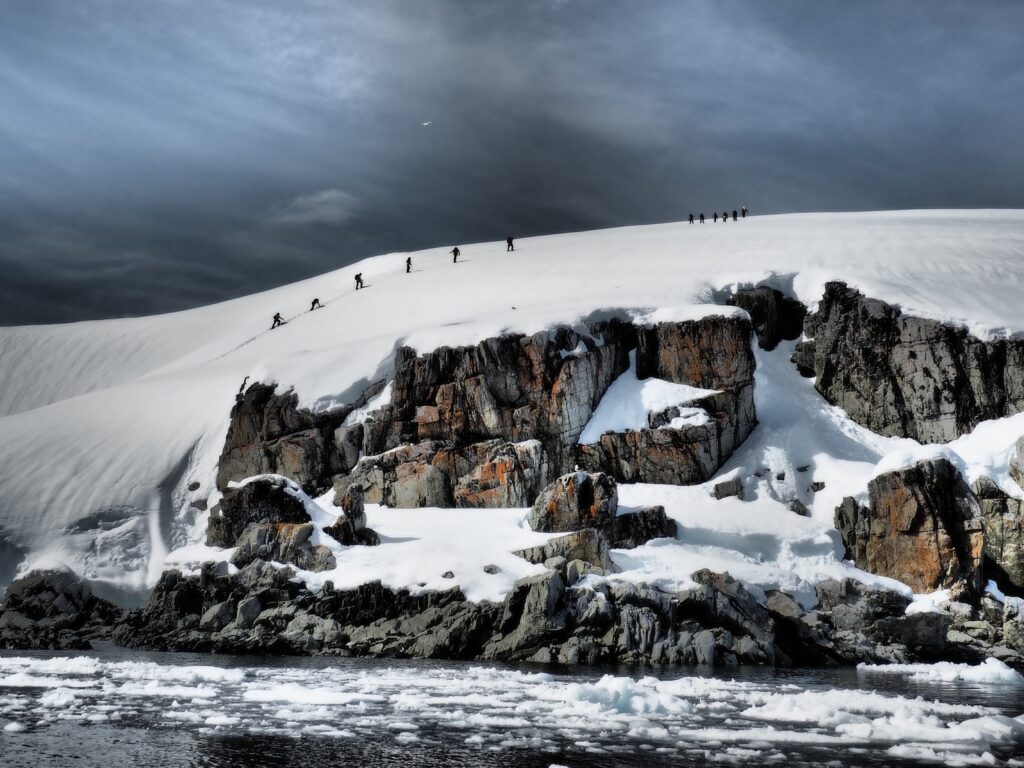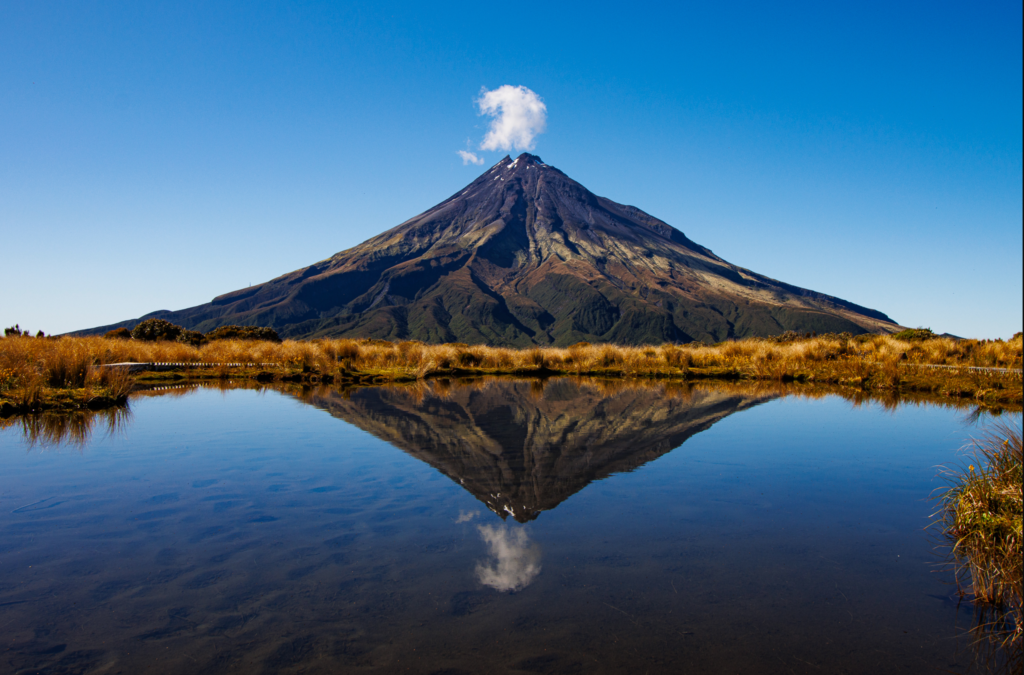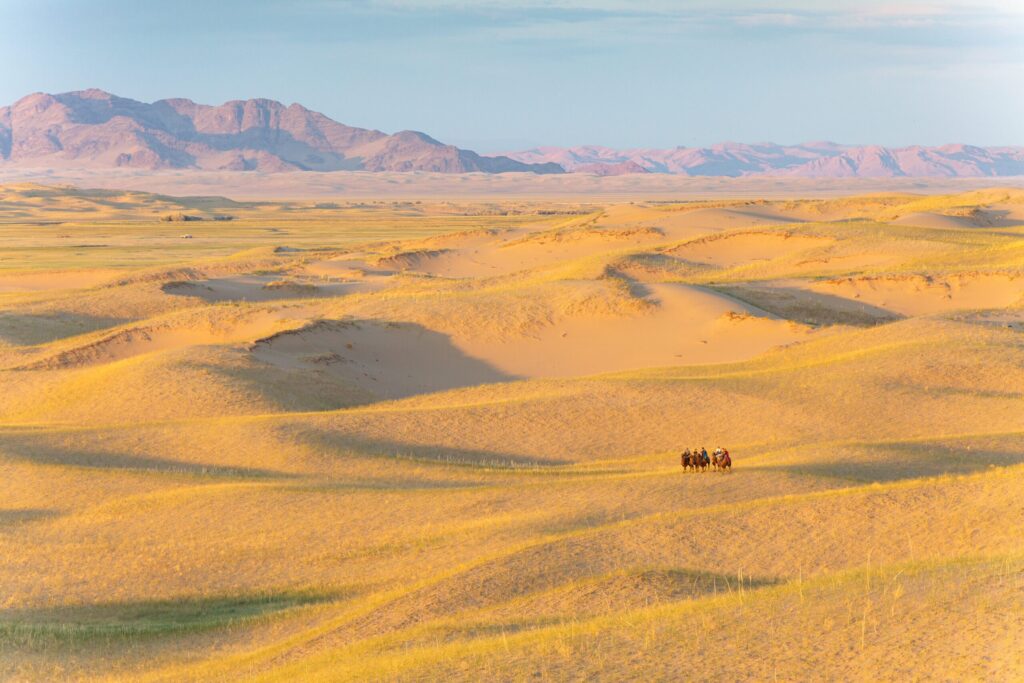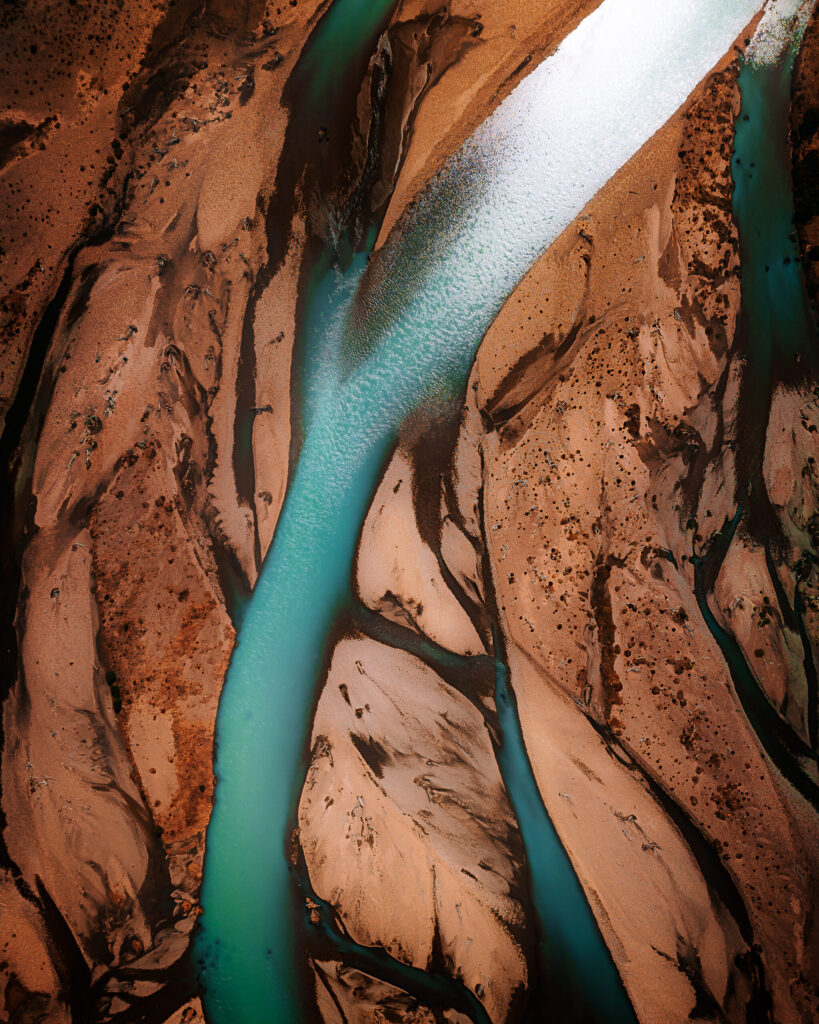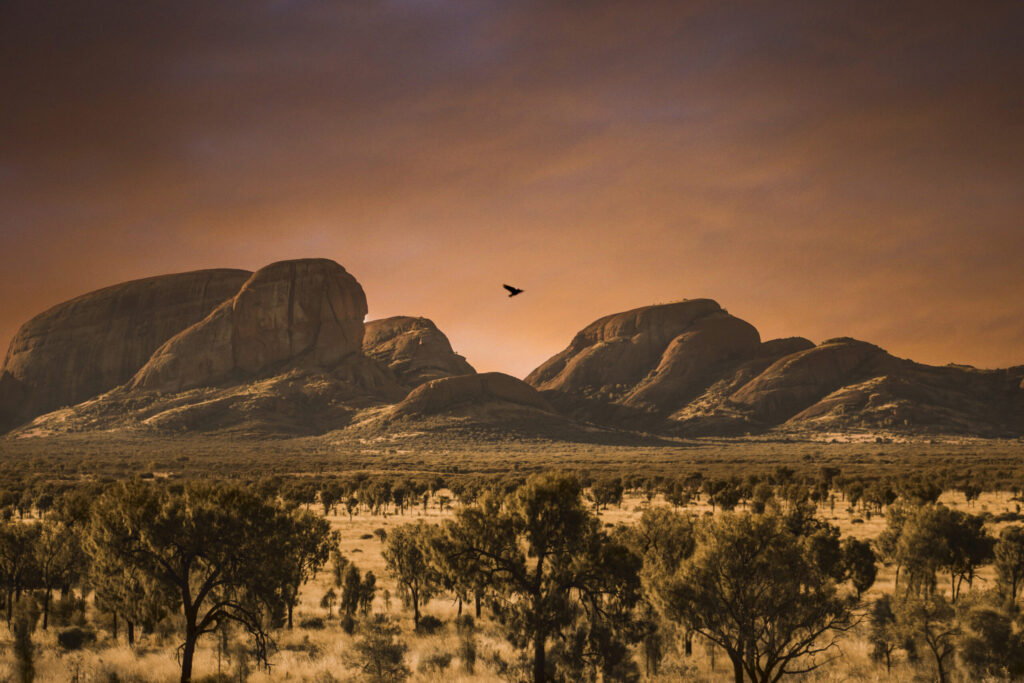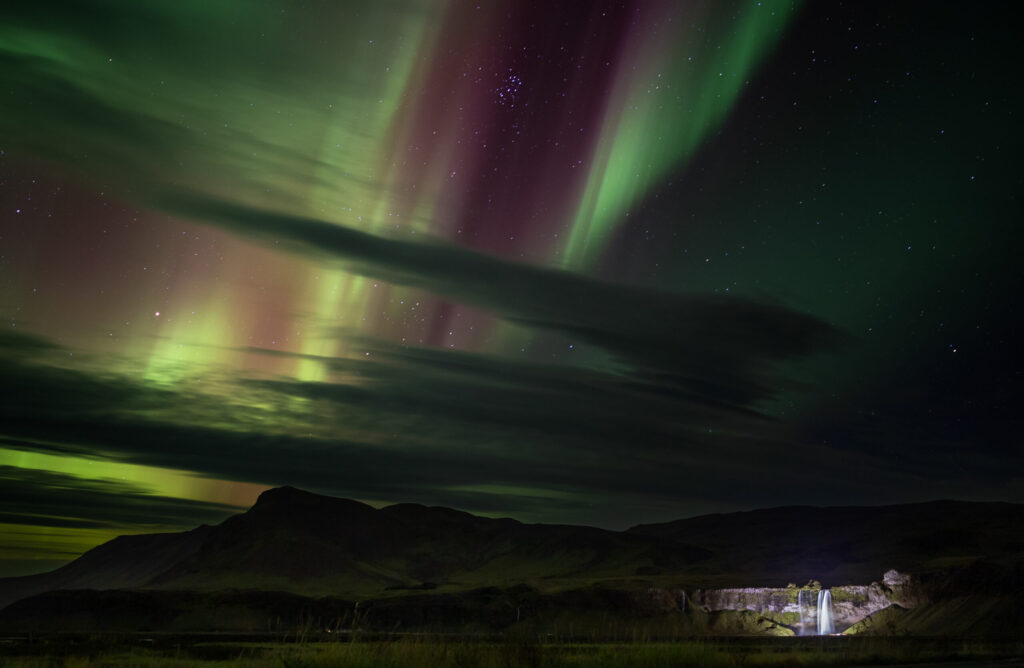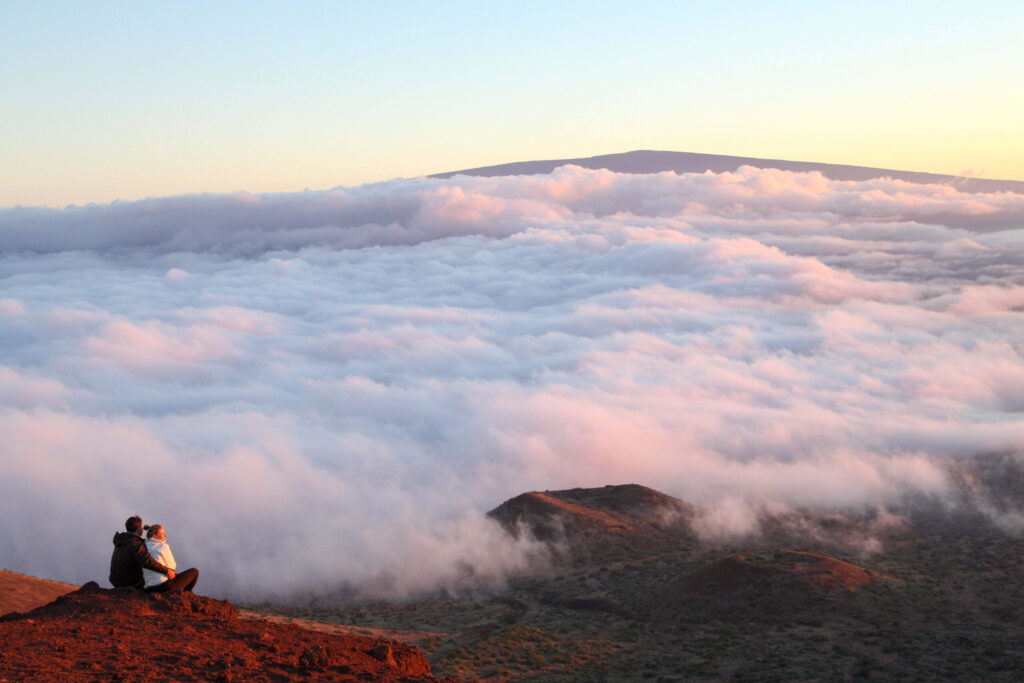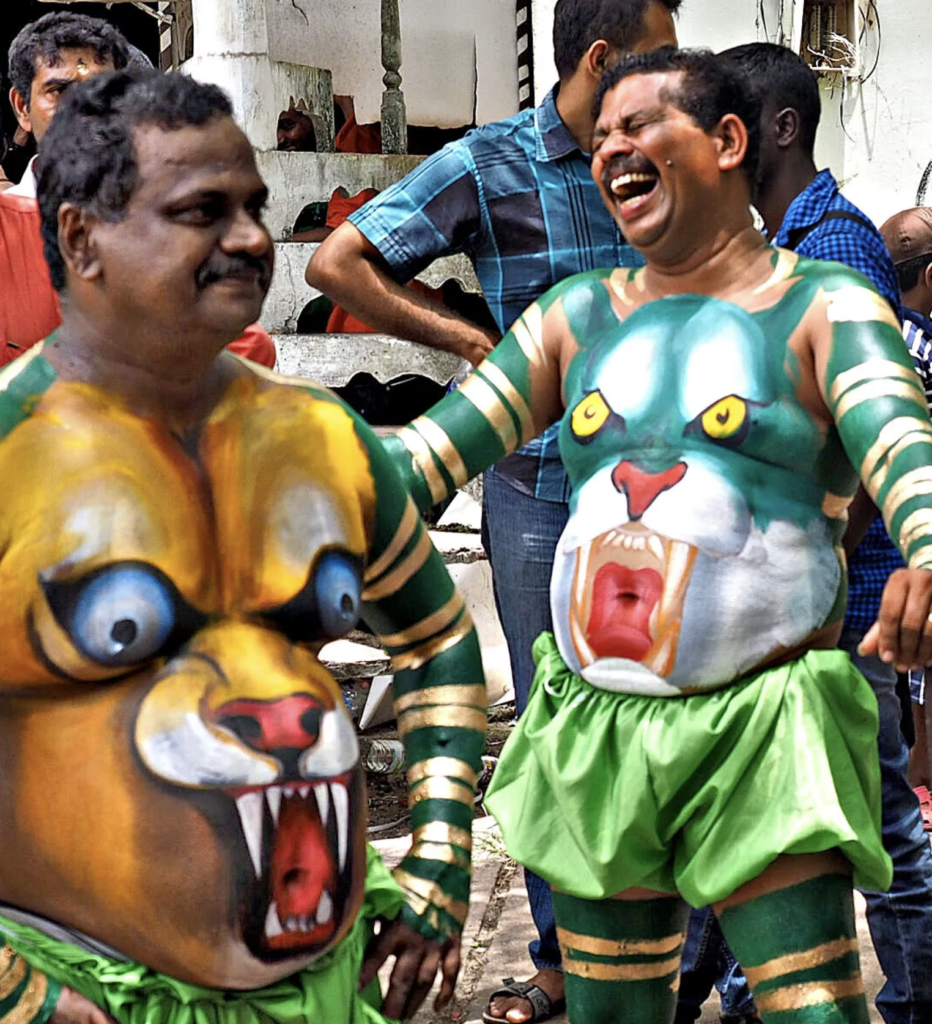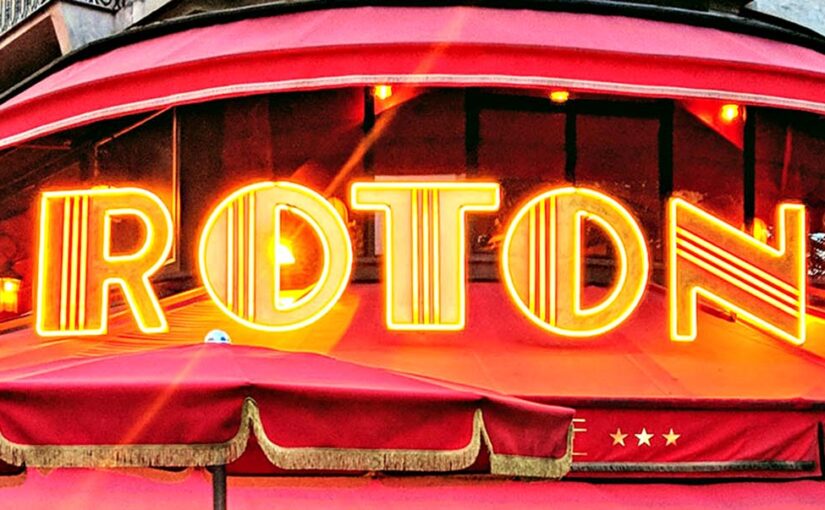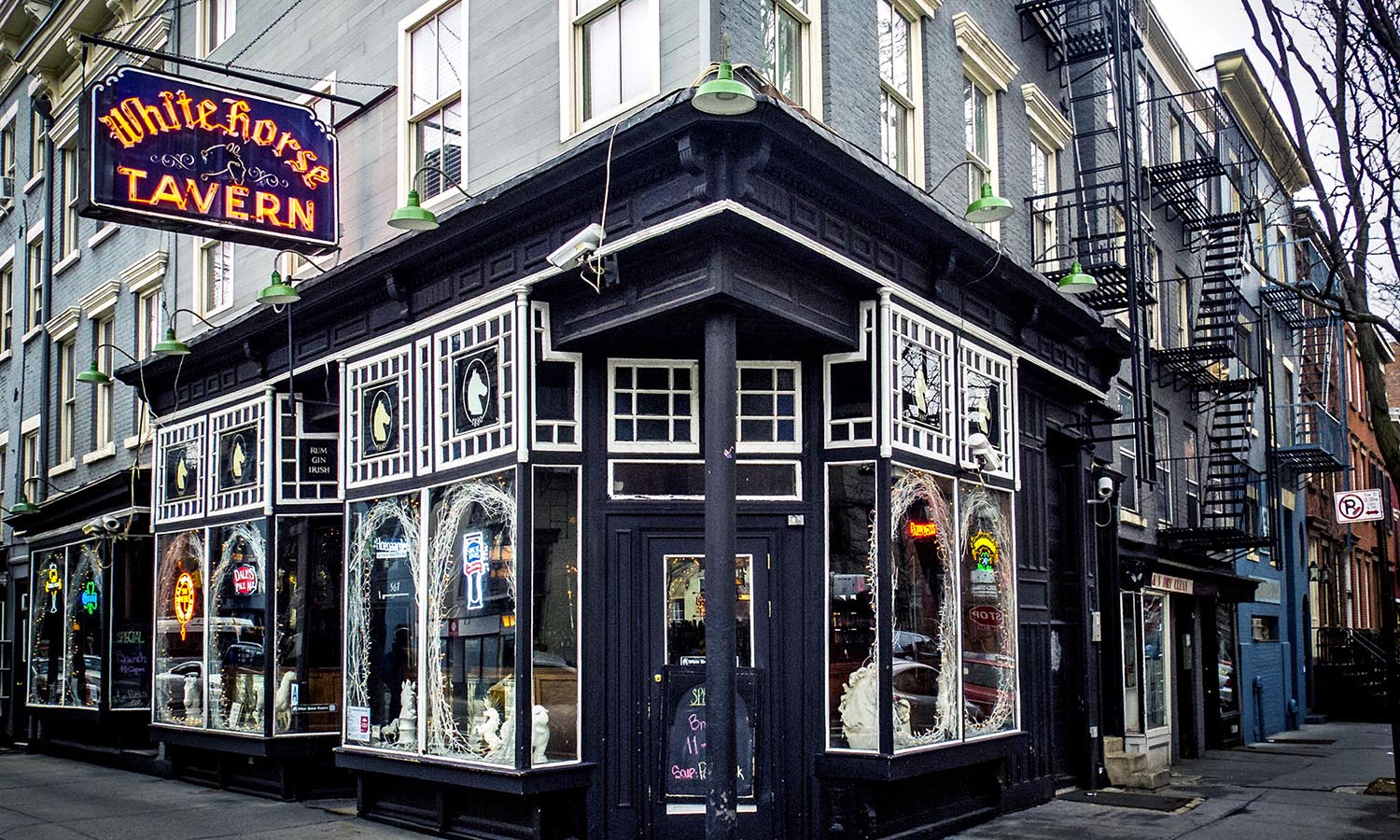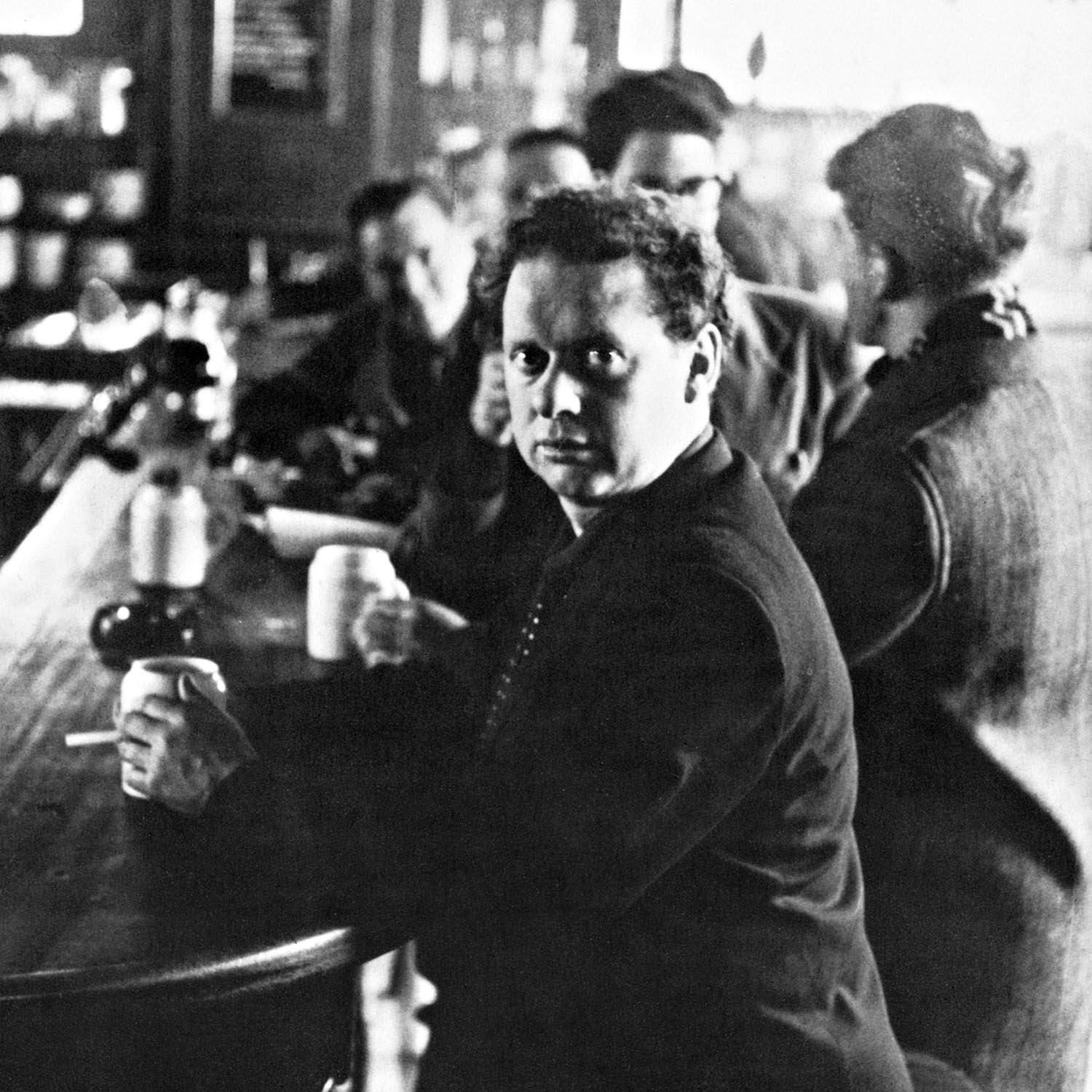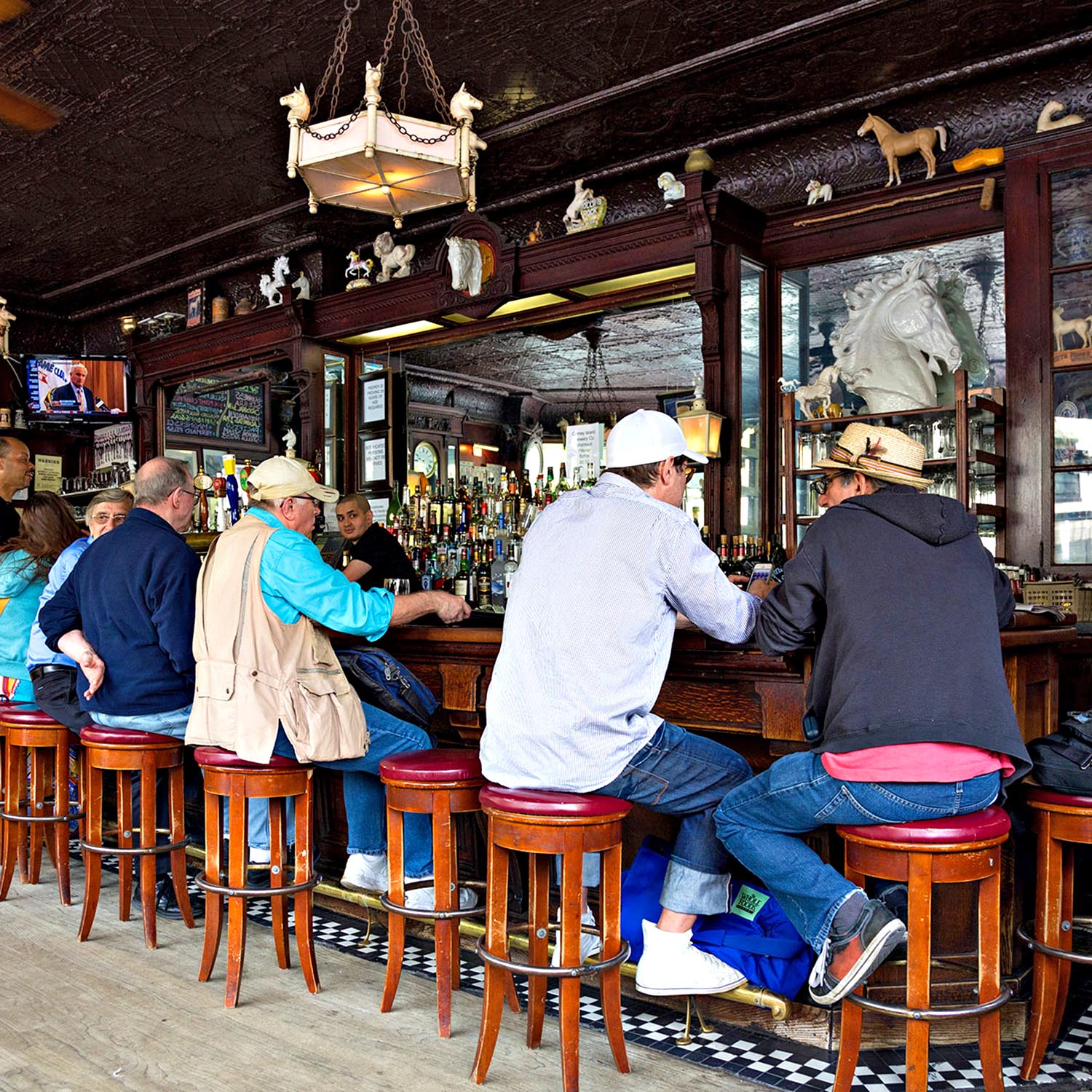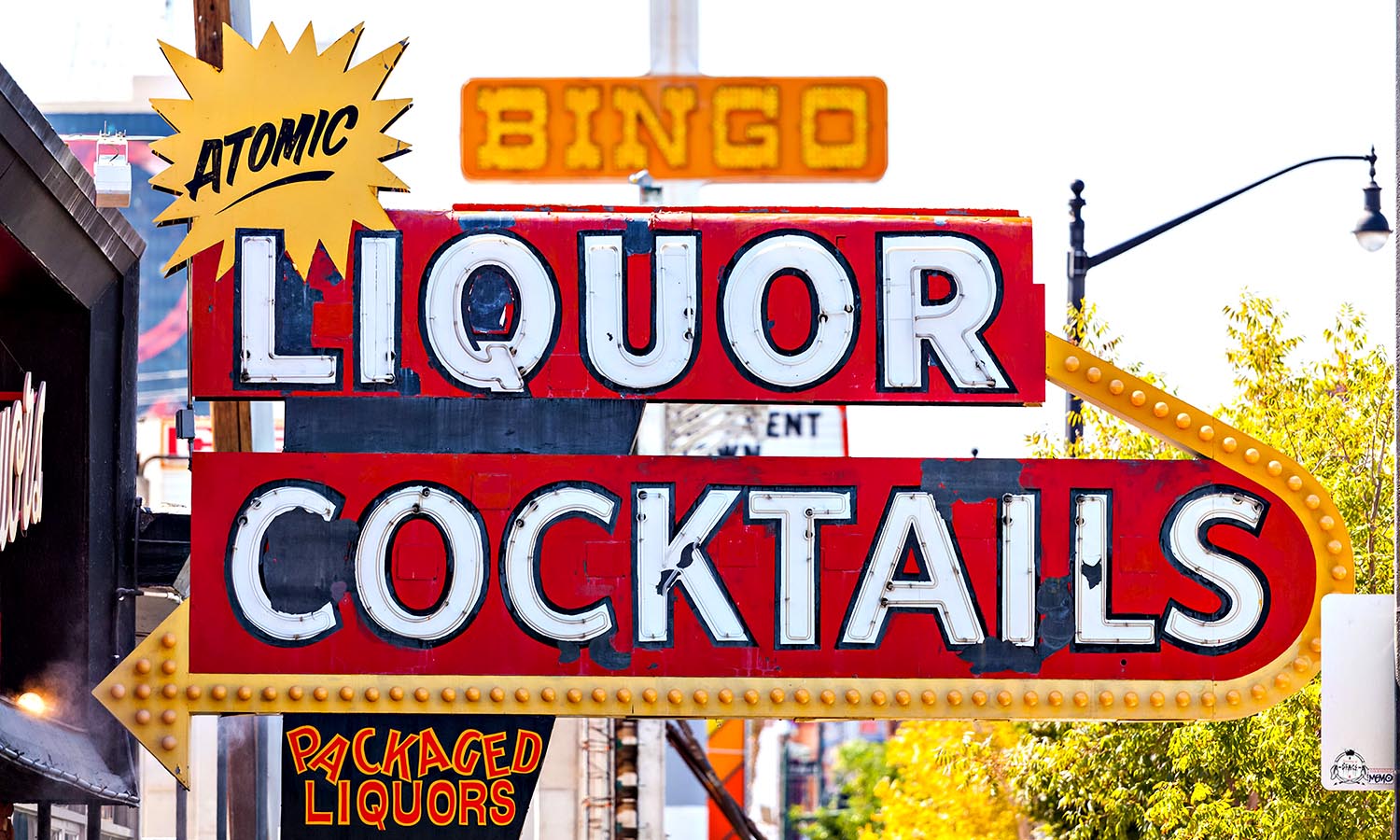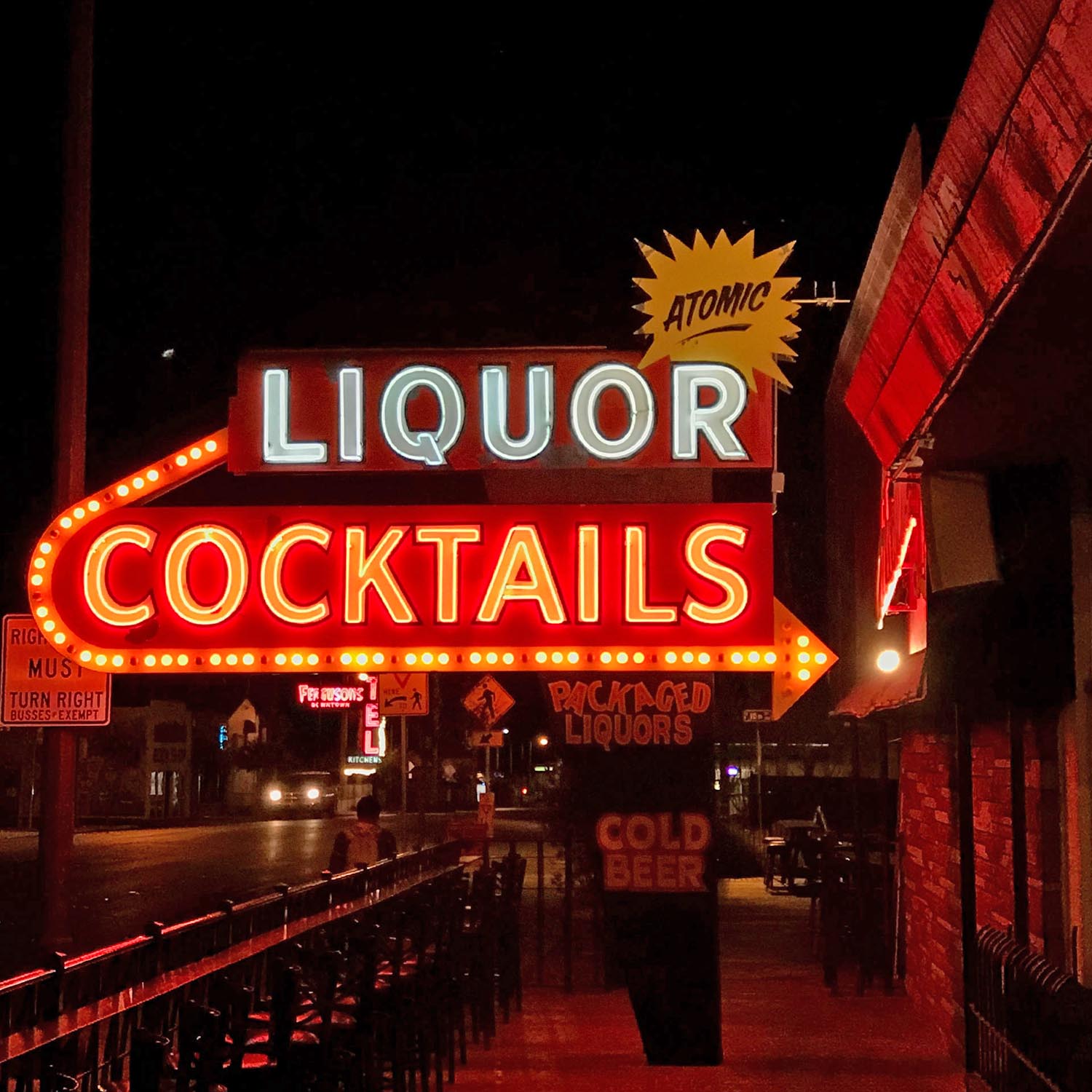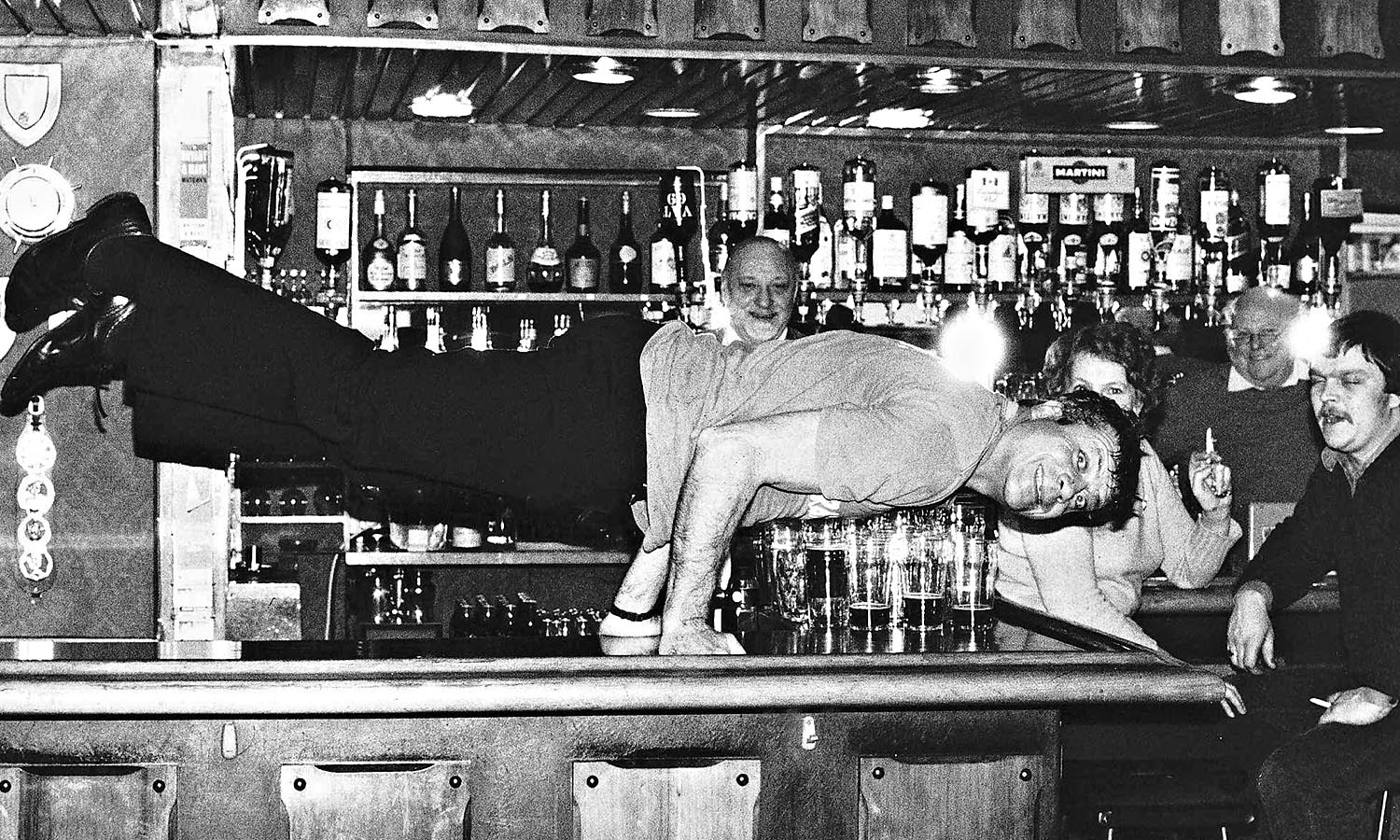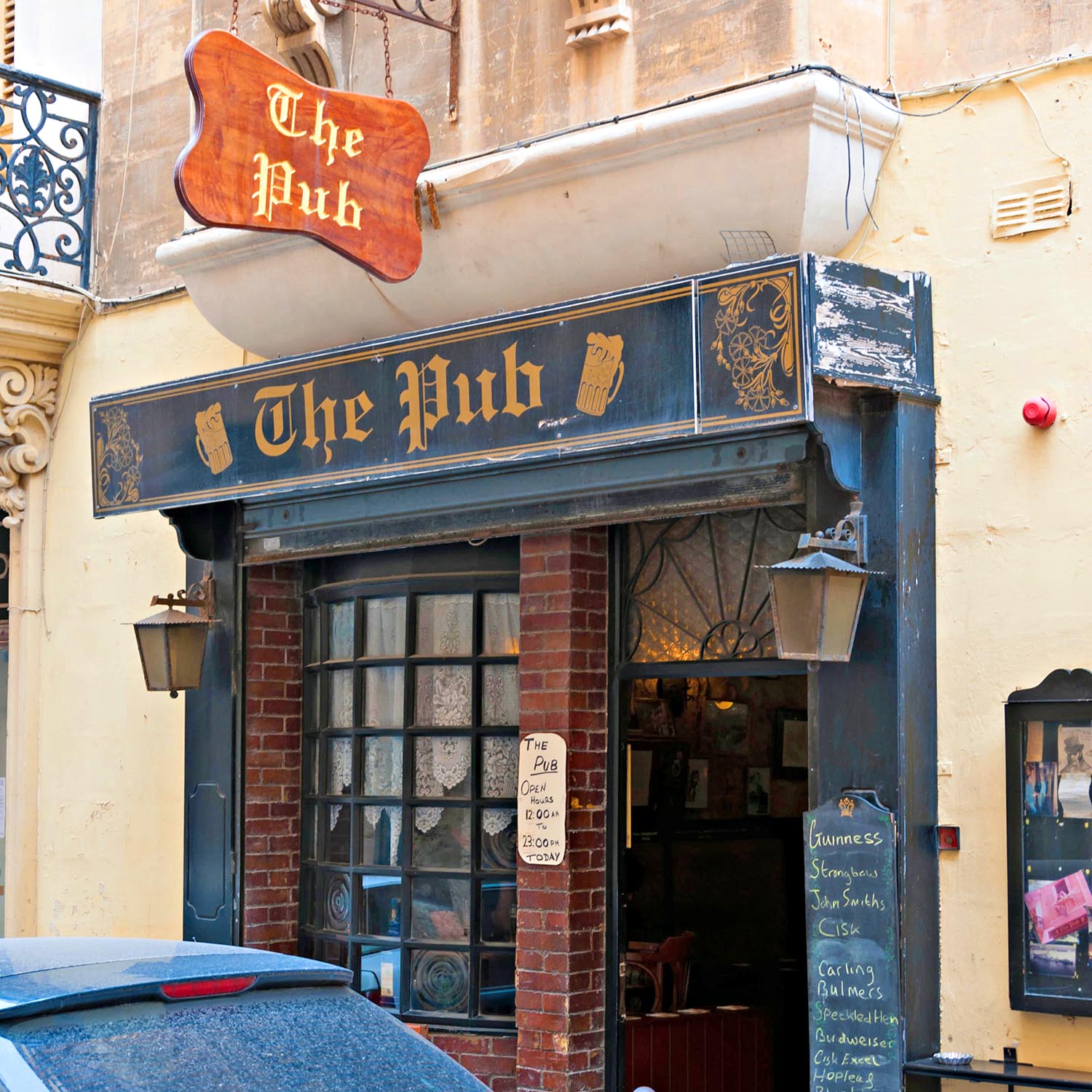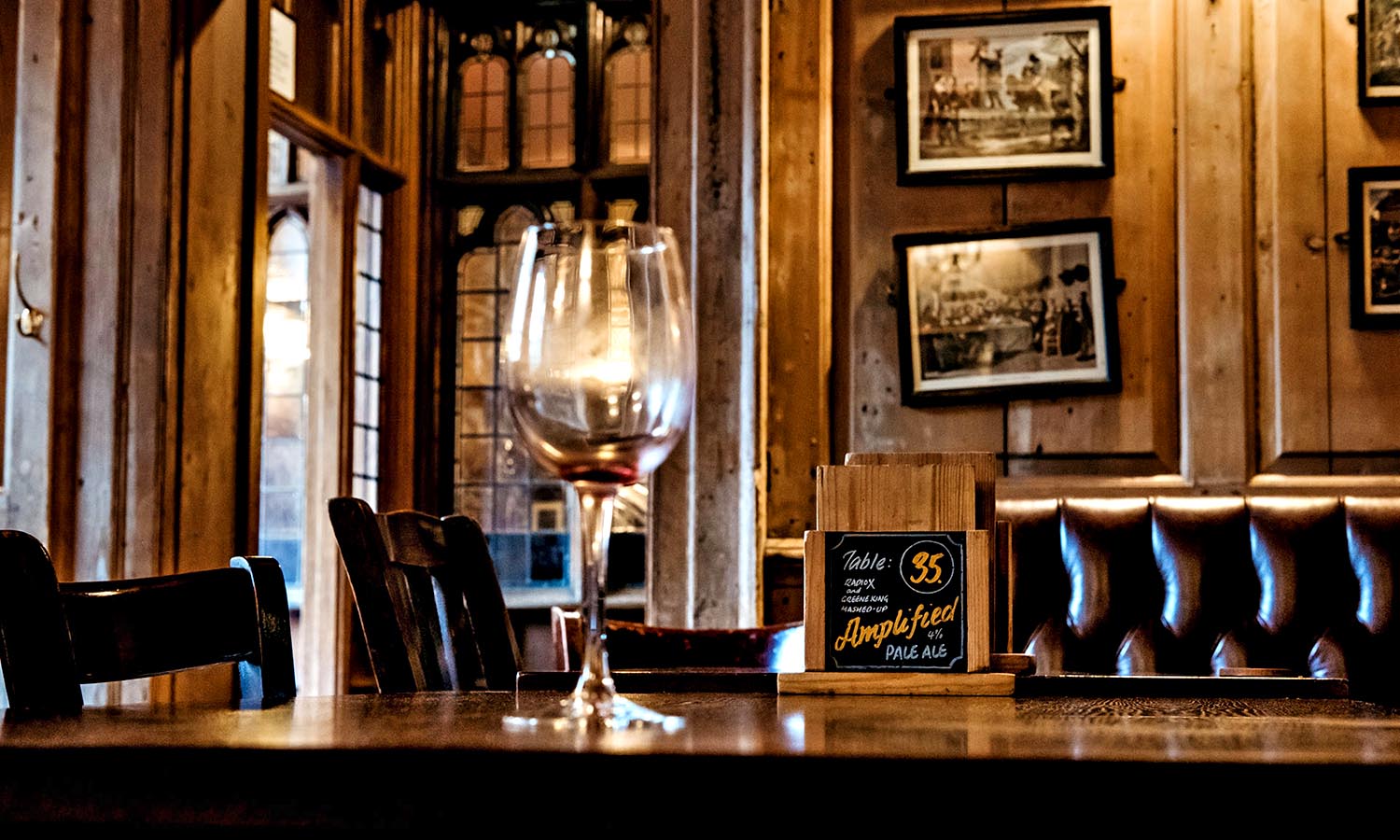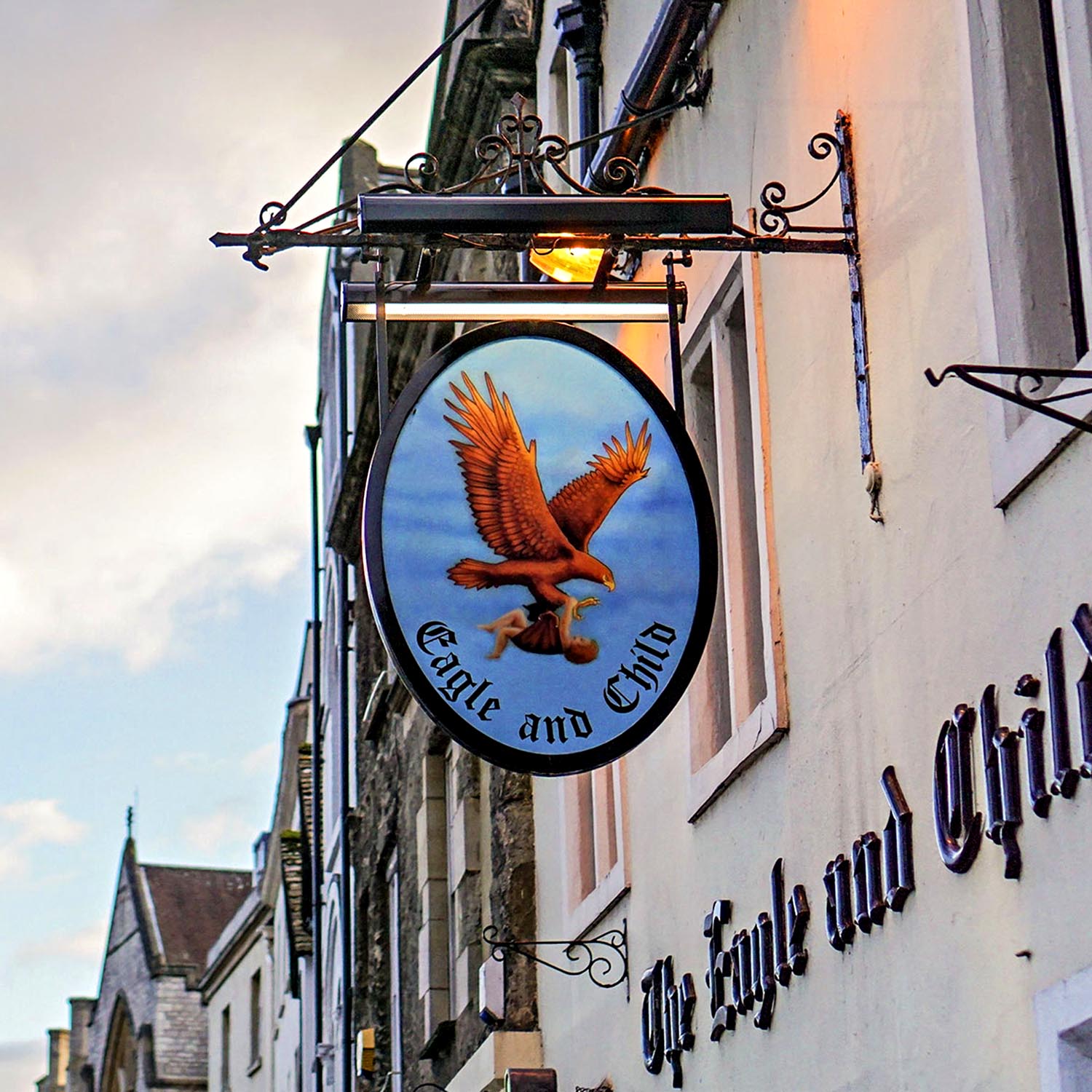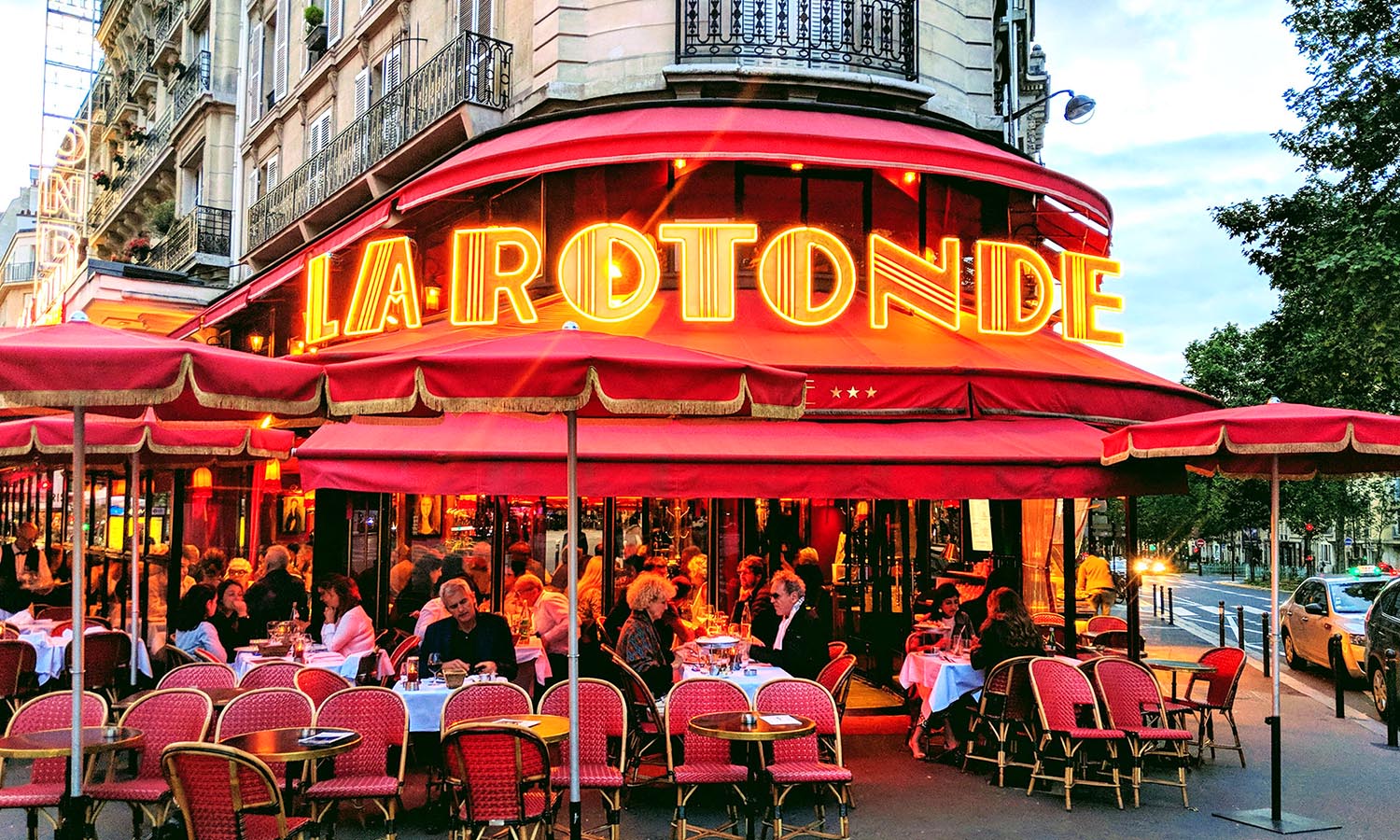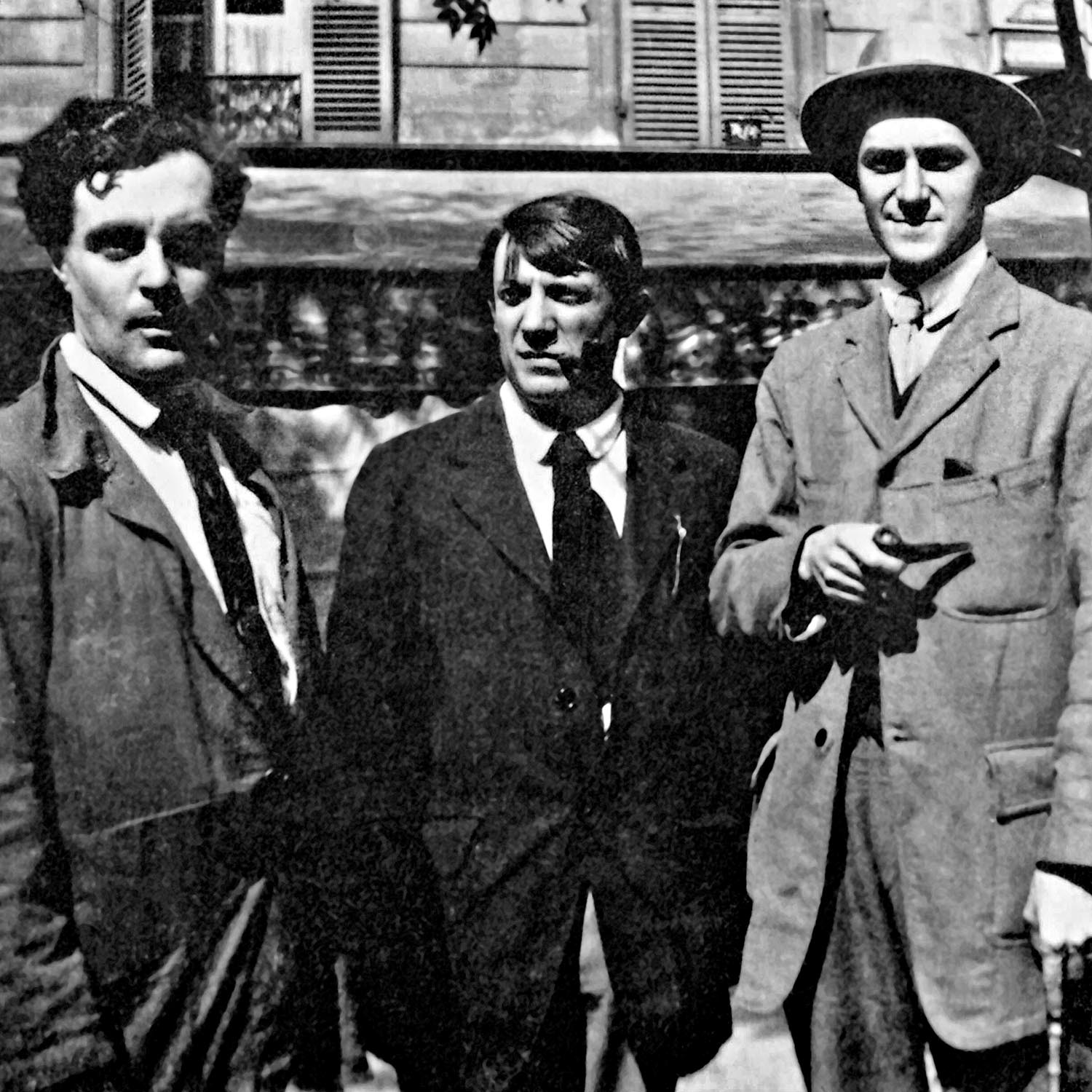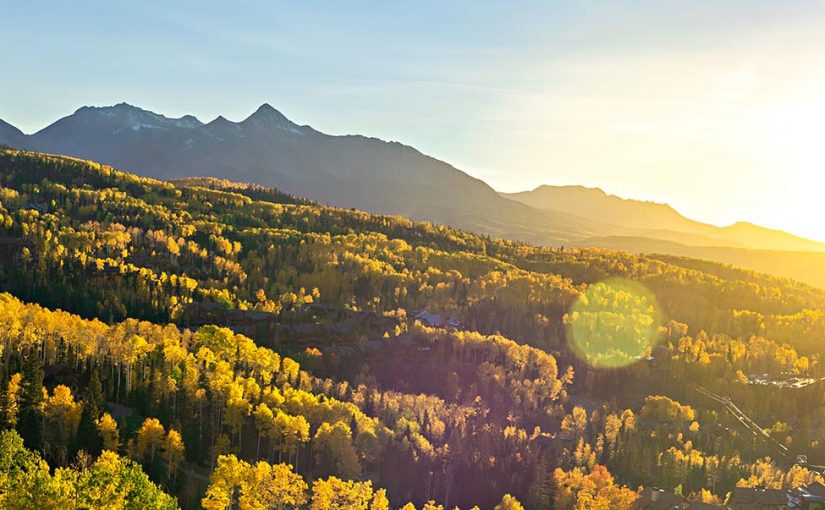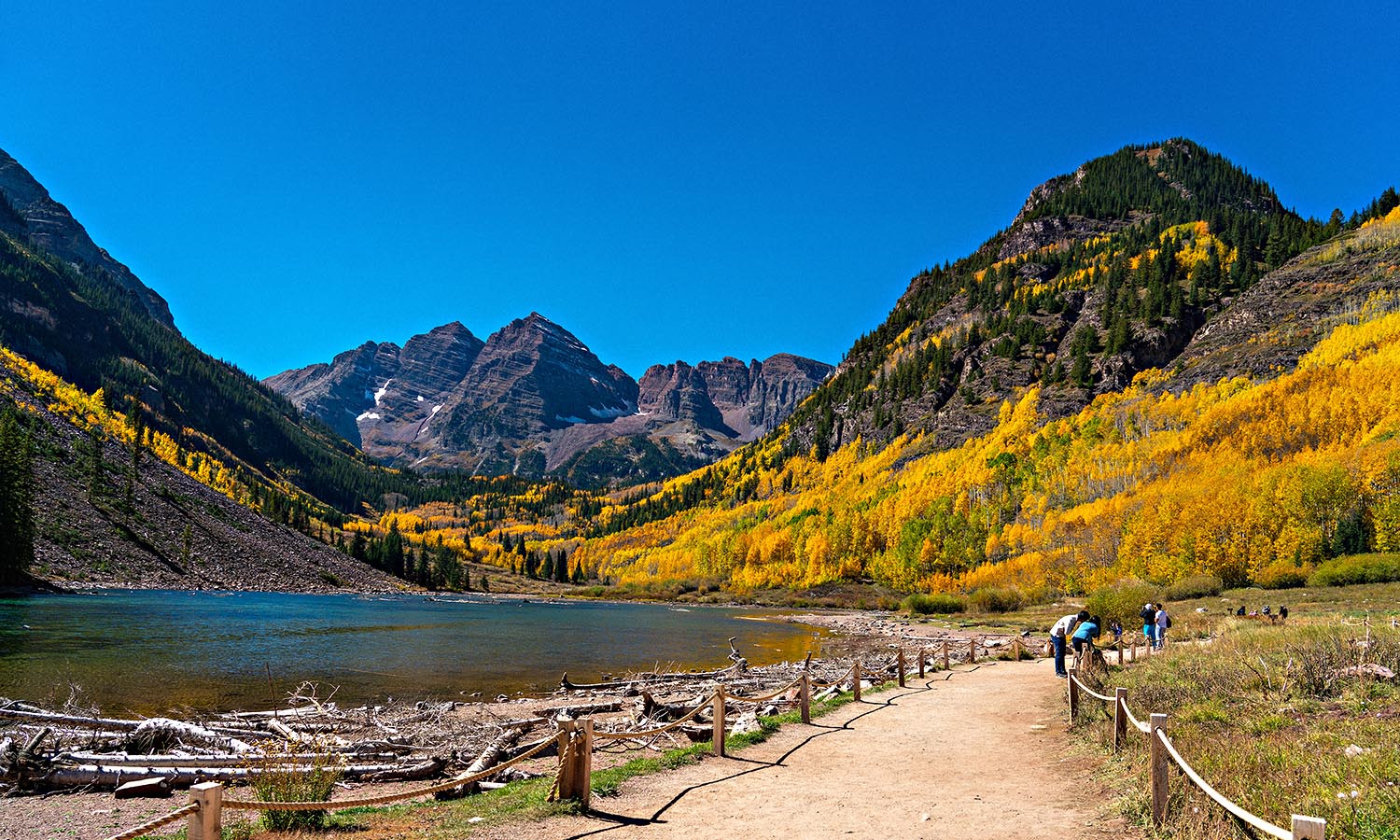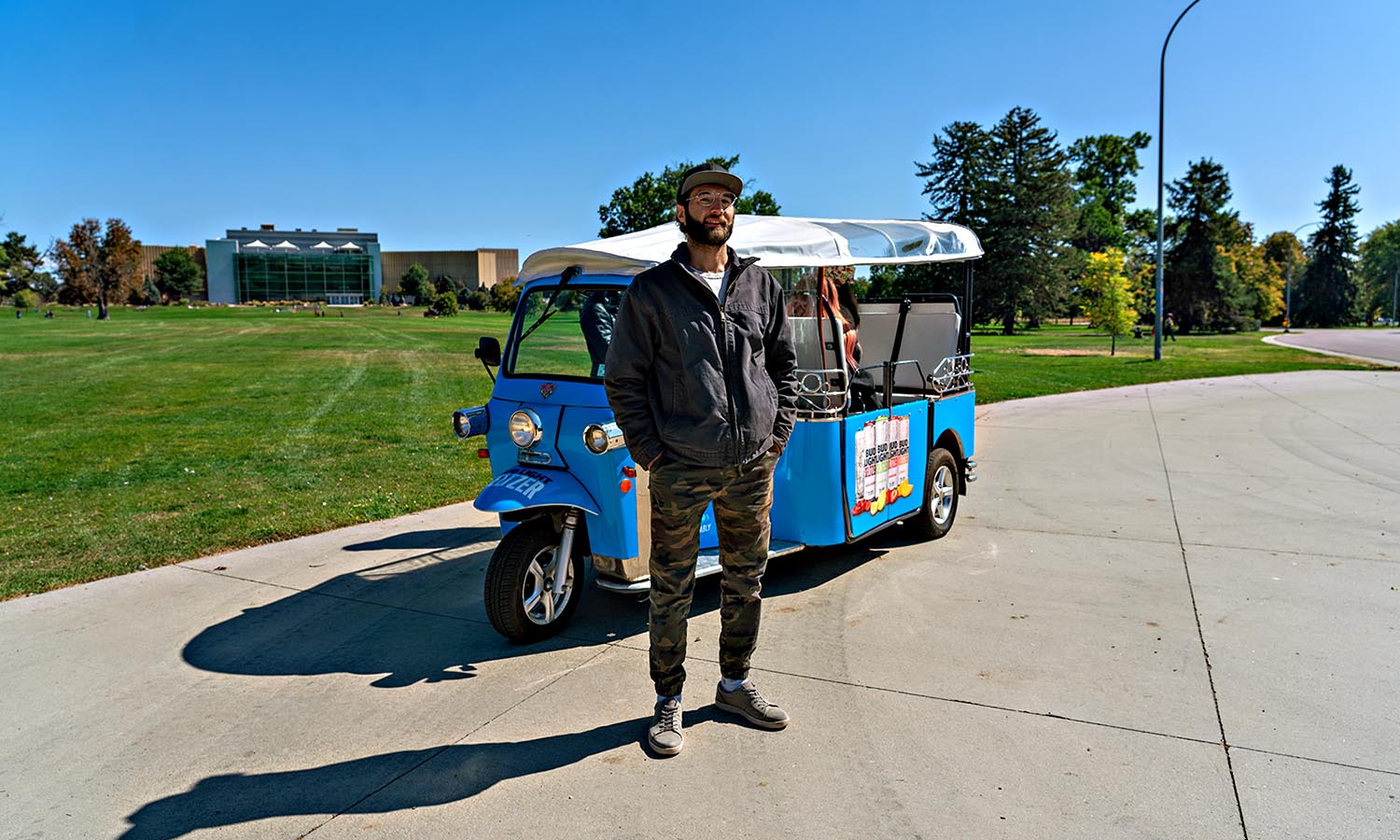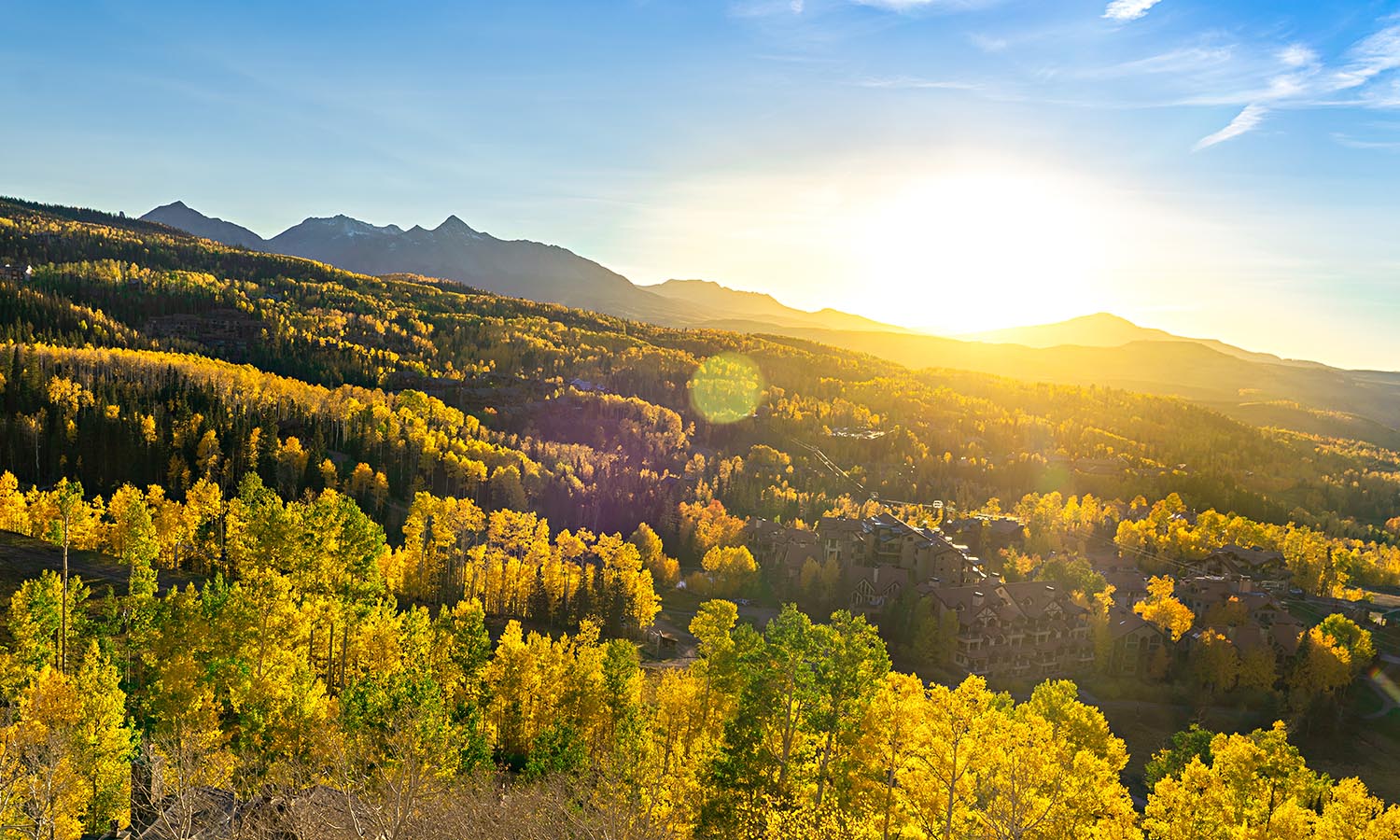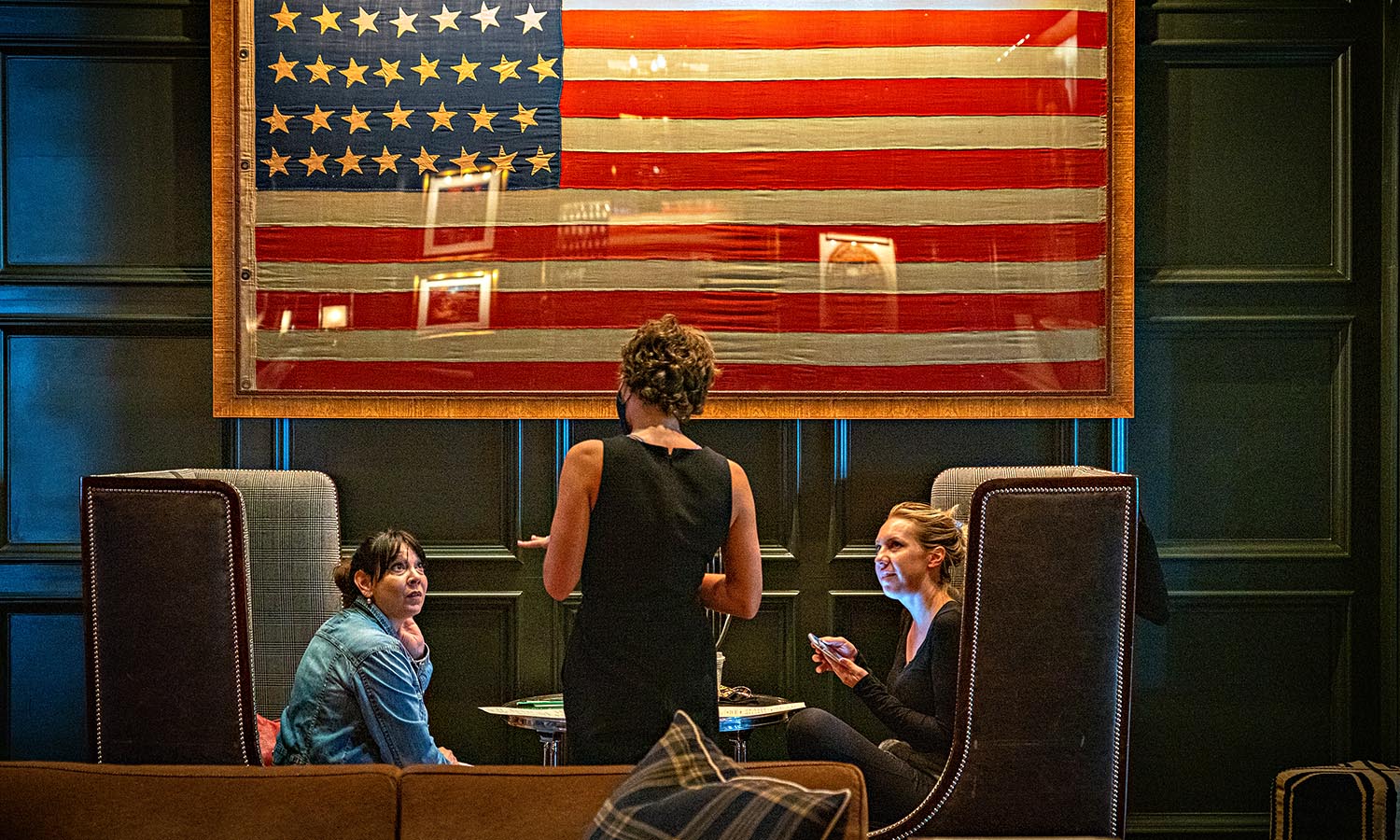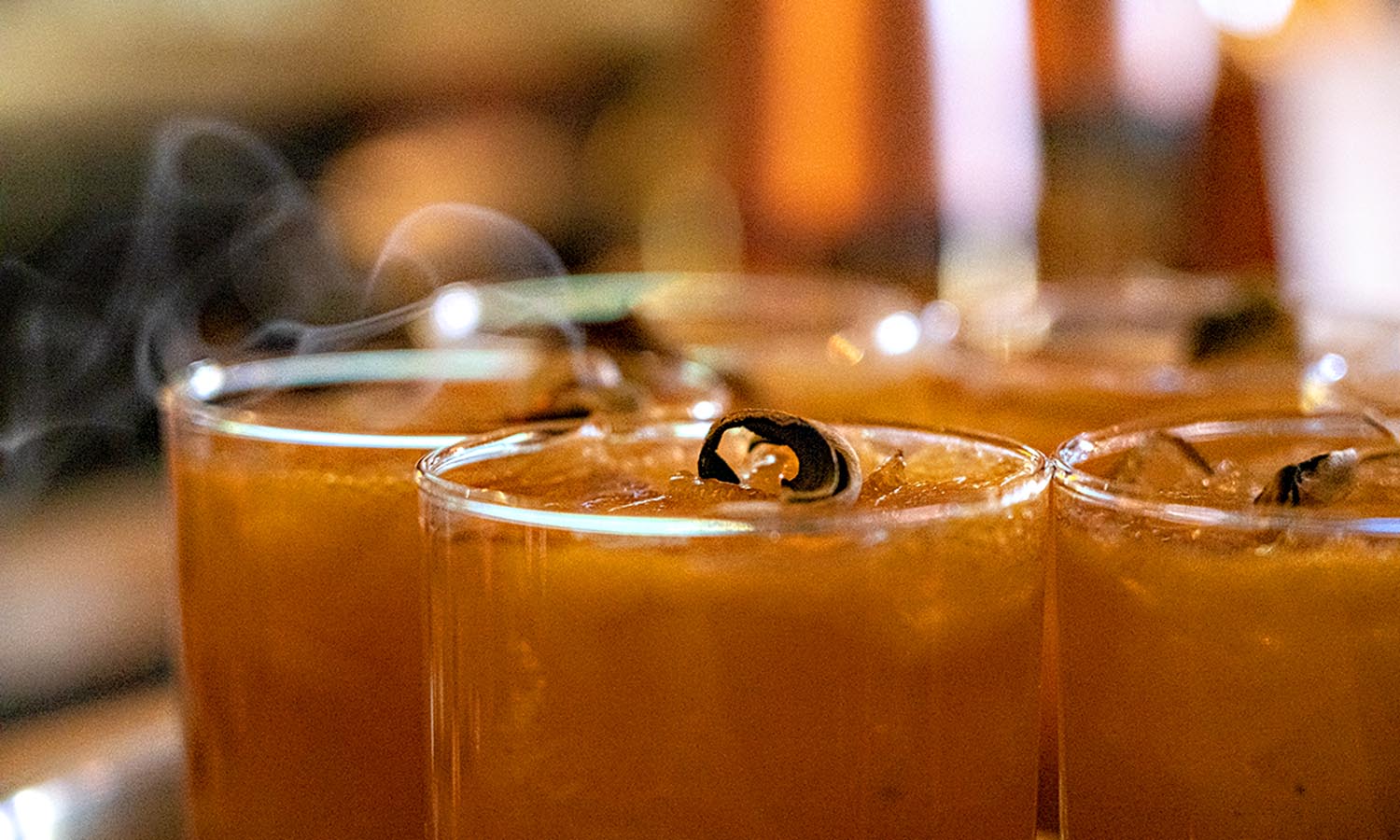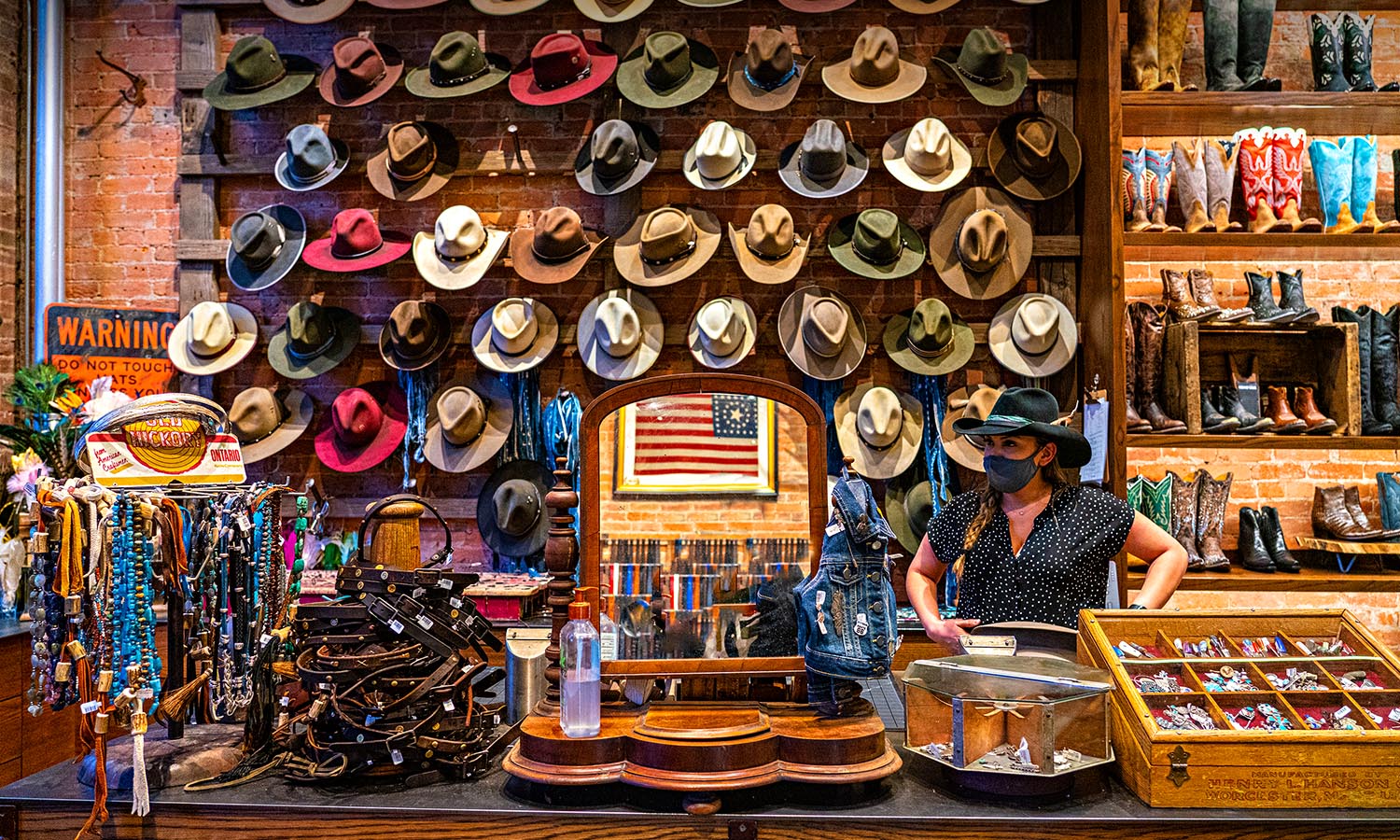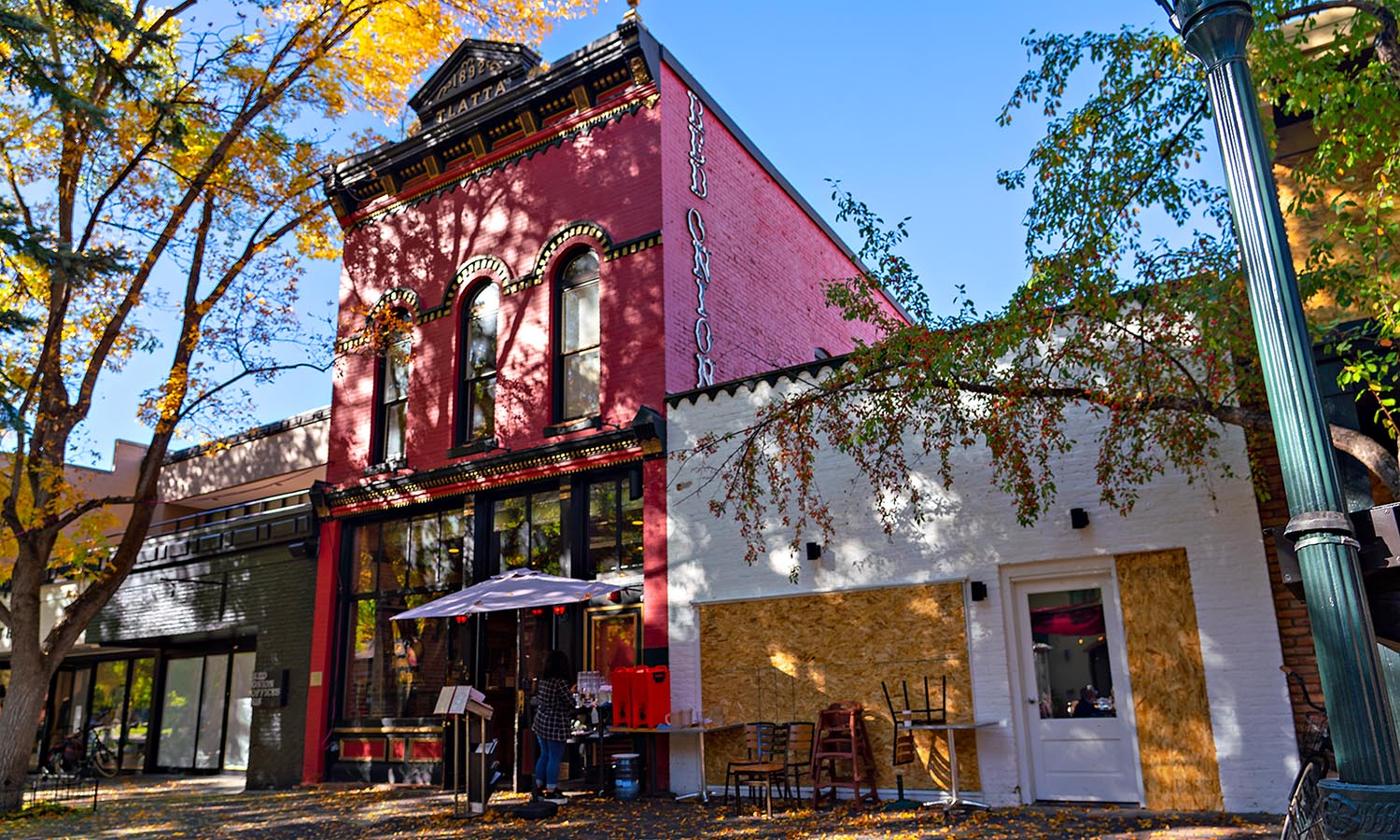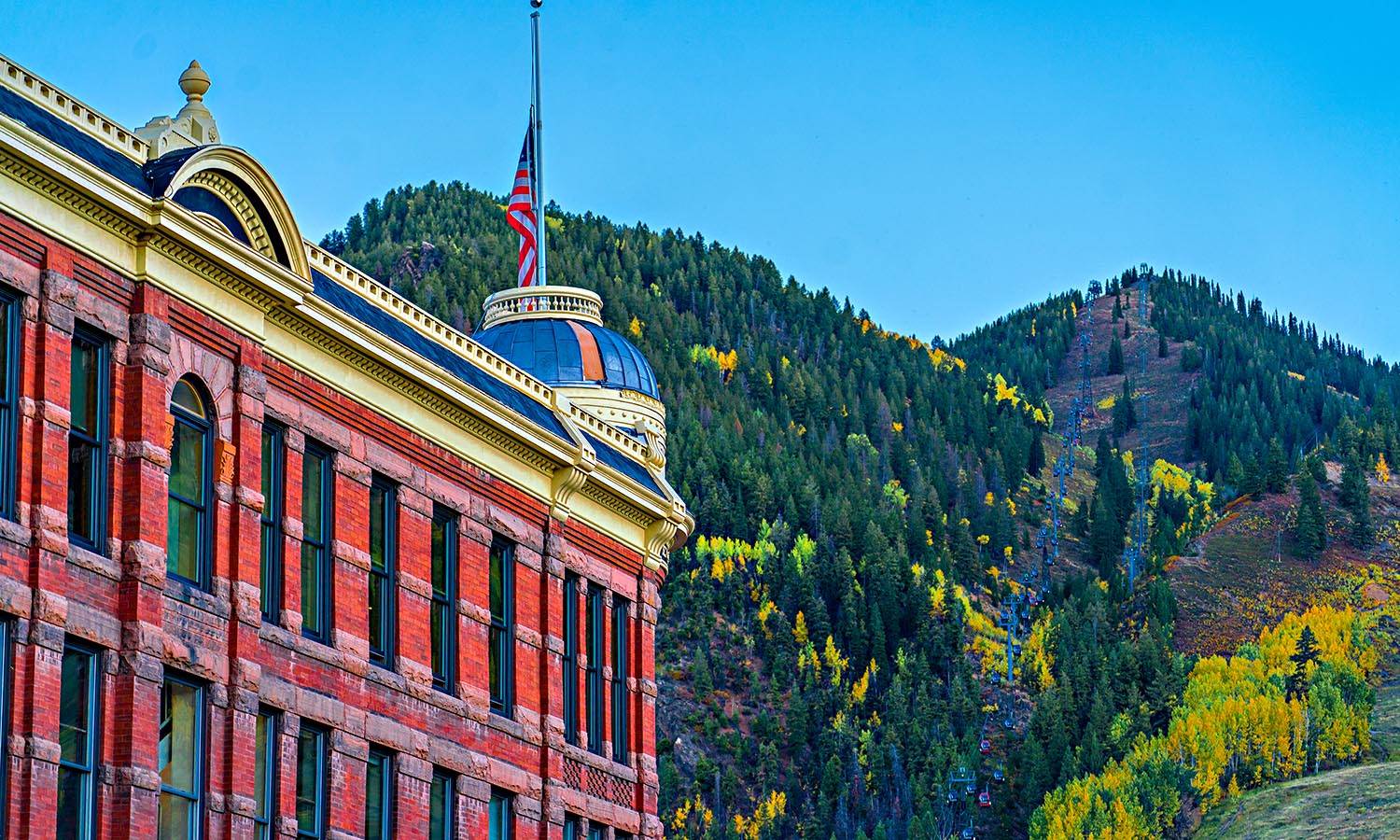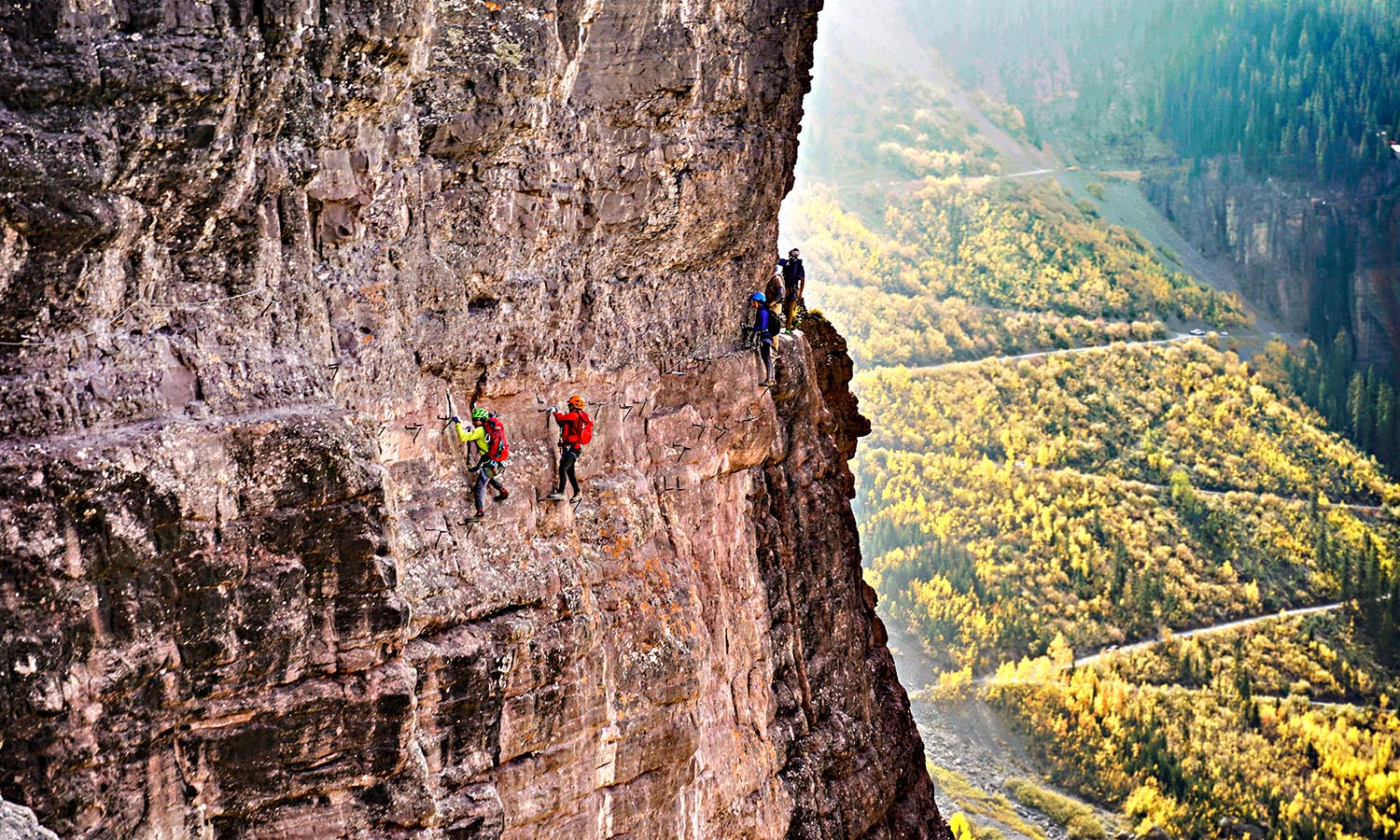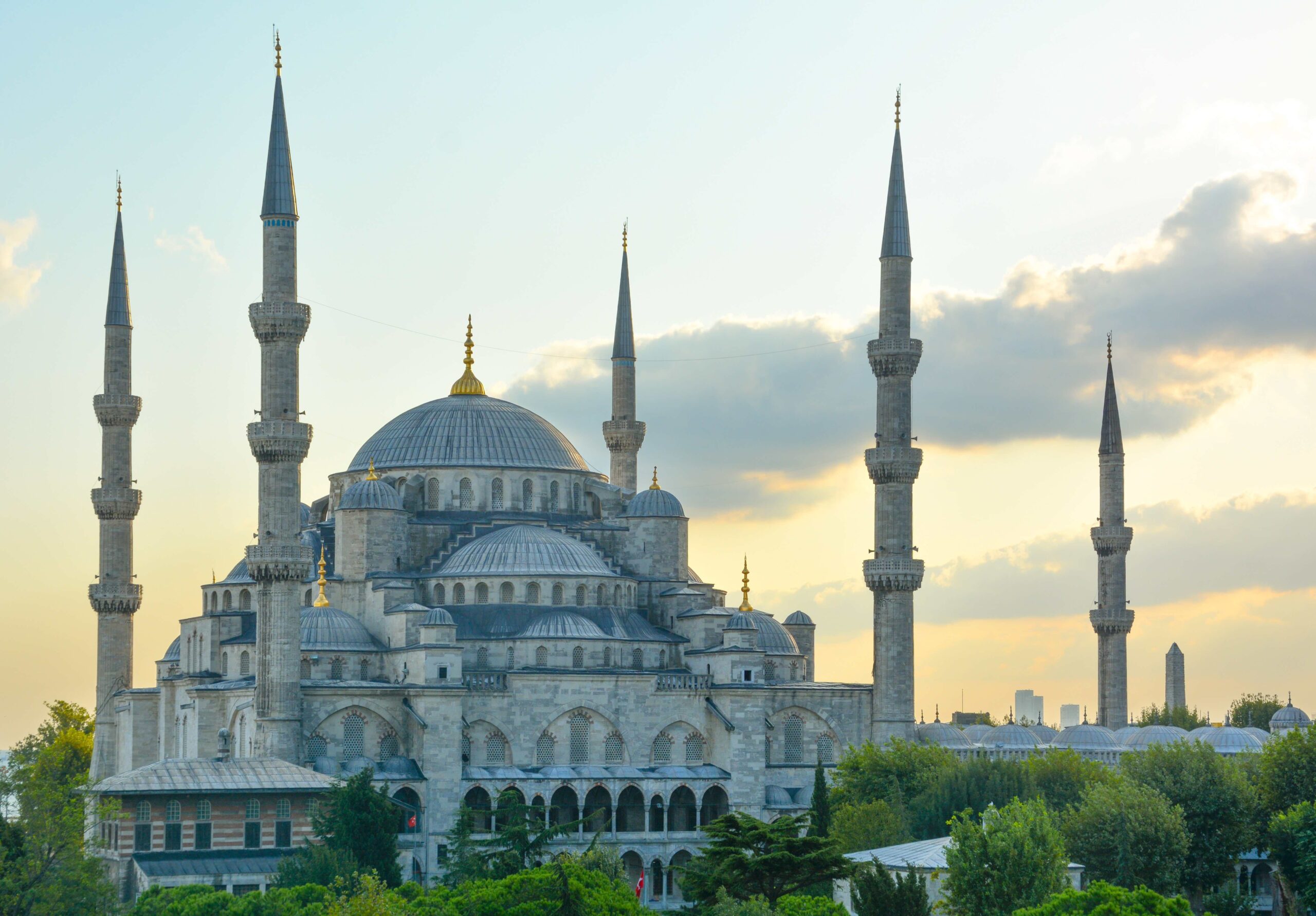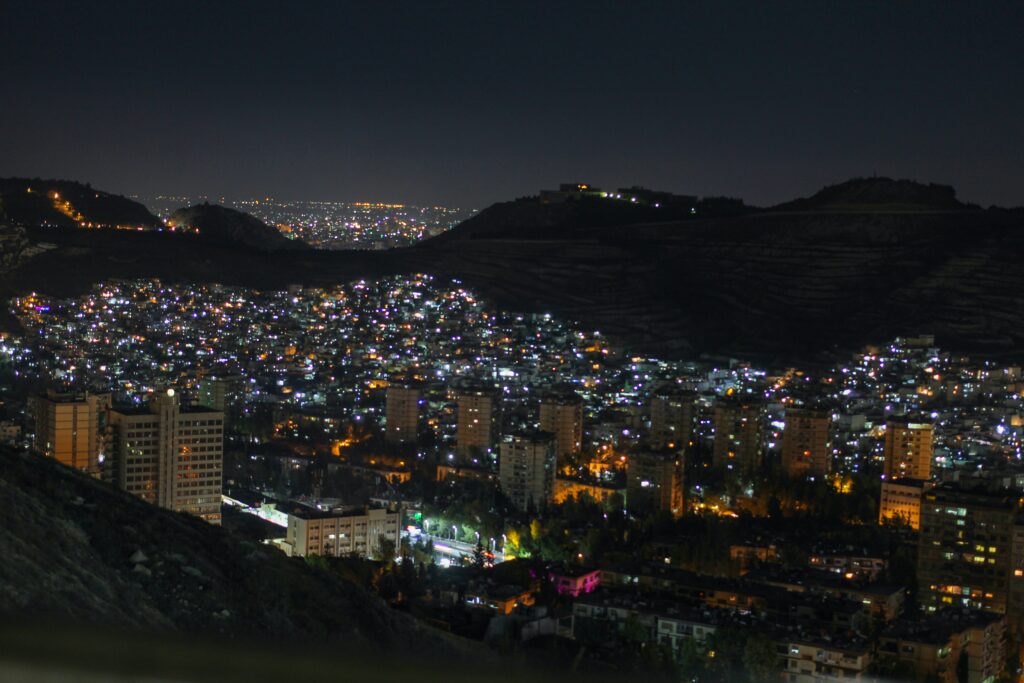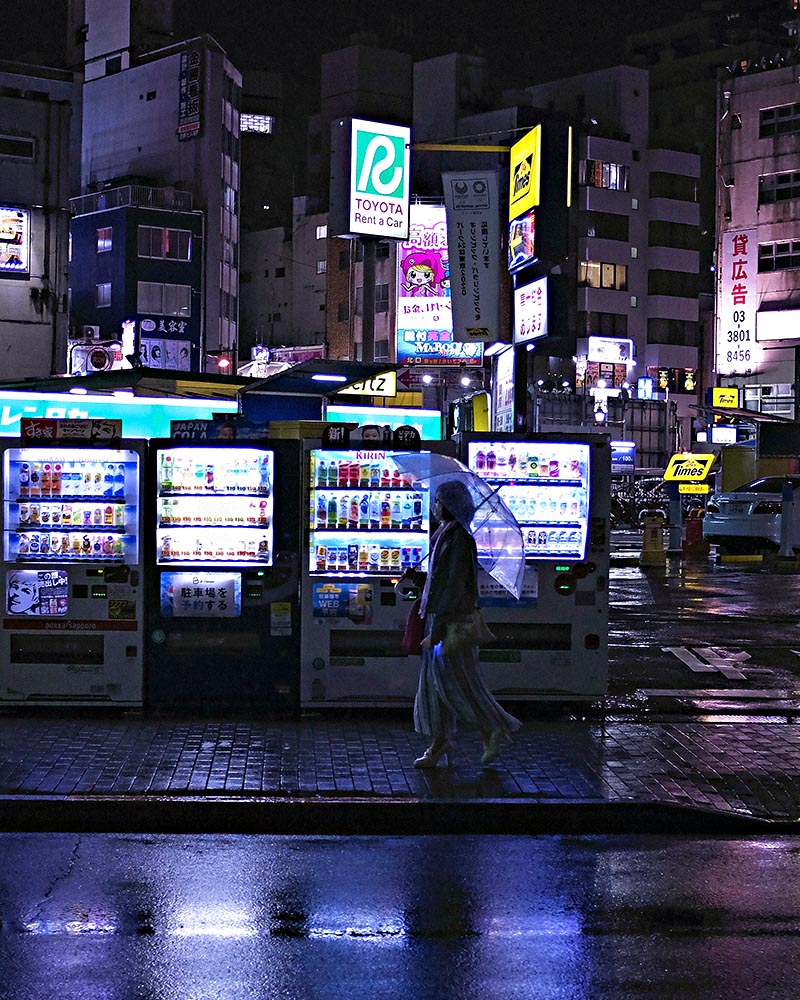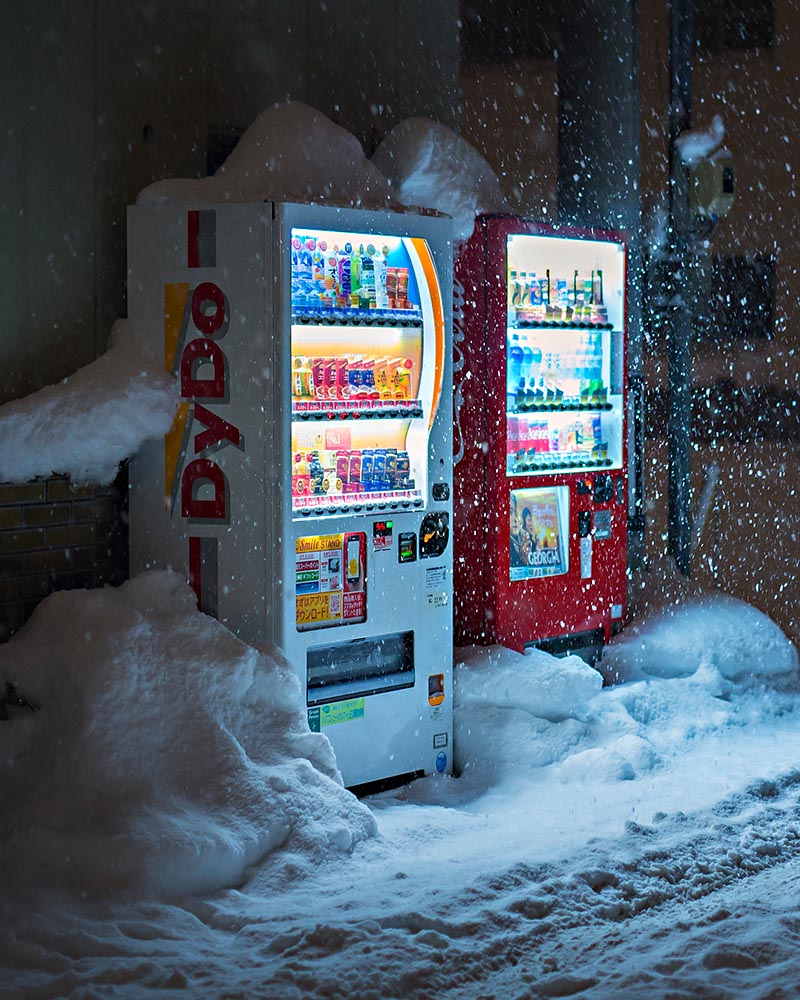Outside the ryokan (traditional hotel) where I’m staying, a fluorescent phalanx filled with food beckons me.
Telepathically, I receive the jidohanbaiki’s (vending machine’s) inscrutable sales pitch and, instinctively, feed one with some shiny Yen.
It knows what I need before I know that I need it. Apparently, I have strange needs indeed.
In the cities of geographically-challenged, gadget-smitten Japan, five million jidohanbaiki colonise every recess and lurk in every lobby, ready to dispense the most phantasmagorical treats imaginable, from hornet lava in soy sauce to canned bread.
This ubiquitous 24-hour robo-buffet is not just a goofy affectation of kitsch capital Tokyo. Vending machines follow me down even the shadiest back alleys on my peregrinations around Tohoku’s regional cities. Legend has it that a human can exist purely off their rich, diverse bounty. So, in the name of culinary travel science, I decide to dine exclusively on the contents of jidohanbaiki for an entire day. Enthrallingly, my inability to read Japanese means that I am entirely at their mercy.
Vending machines are Japan’s great caffeine custodians, even if it’s not the ‘Joe’ you know. My first canned coffee – a Milky Coffee (actual name) – promises java utopia, emblazoned with scenes of salubrious beans sliding into a cappuccino cornucopia. Unfortunately, toothpaste has more kick in it than this toddler-strength mudslide.
Undeterred and deluged with a hot or cold choice, I flit from one robot barista to the next, like a hyper-caffeinated Japanese butterfly. Finally, I settle on my favourite, a bottle of robust yet refined Boss Silky Black, festooned with a pipe-smoking Hemingway silhouette.
Its slogan, however, is a barefaced lie: “Keep[s] you relaxed” my arse!
For a late brekky, I shun yet another green tea soft serve for a classic jidohanbaiki soup. The can of Pokka Sapporo in a cream-of-corn flavour presents me with a manic montage of the preternaturally yellow vegetable living its best life.
As if by some sort of vending machine voodoo, the can is blissfully warm on my cold paws yet its contents are an even hotter ‘soup-able’ temperature to stuff down the hatch. Accepting chunks of food through a hole I associate with fizzy lolly water takes a few mouthfuls to get used to, but culturally sanctioned slurps help.
Later, I find the soupy grail in a spooky shopping mall where jidohanbaiki far outnumber humans. To start, I purchase a pop-top oden-in-a-can (fish soup) – complete with a toothpick to spear the fish balls, radish and whatever-in-God’s-blue-sea those spiky white things used to be. This is followed by a sweet, hot red-bean soup for dessert.
From my experience, the best traditional savoury snacks tend to assemble around transport hubs; presumably catering to swollen-eyed, meal-skipping workaholics. Pork bun jidohanbaiki are on trend here. Although no English subtitles mean that ‘pork buns’ often turn out to be cheese or indistinct curry buns. Luckily, there are no losers in this particular flavour lottery.
Bus station onigiri (rice balls) are top-shelf, too, even if eating a salted salmon version from a vending machine seems treacherously counterintuitive. A courageous attempt at vending machine tuna sashimi follows, only thwarted by the fact that what came out of the machine was a creepily life-like fridge magnet.
A distractingly loud J-Pop soundtrack summons me to a burger jidohanbaiki, robust enough to fit an actual chef inside (hmm, suspicious). Aesthetically, my item is a meaty doppelganger of its sampuru (plastic display model), right down to the jaunty lettuce placement. Even if it is probably cooked by a 3D printer, the flavoursome burger far surpasses its mechanical heritage.
I forego a sugar-free Pokémon barley tea to pair my burger with a ‘yogurt water’ from the machine next door. Every time I try an unlikely amalgam like this, it goes something along the lines of: “Wow, it actually tastes like yoghurt and water. Wow, it’s not disgusting. Probably won’t buy it again, though.”
Jidohanbaiki sweets have their own formula: the more ludicrous the mascot, the tastier the treat. A jaundiced Humpty Dumpty, who looks like he’s being tasered after a 48-hour bender, is the calling card for a scrumptious mini caramel cheesecake-flavoured pack of s’mores. No matter how hard I try, though, I never find tasered-Humpty again.
Designated fresh banana and sliced apple jidohanbaiki stand no chance next to this procession of processed perfection. Why would I want a plastic-sheathed fruit waxwork for twice the price of Humpty? For pre-dinner re-caffeination, I select Miracle Body V. It touts itself as a ‘new age’ energy drink and it tastes like equal parts orange Gatorade, tropical punch and cough suppressant.
Next, I betray jidohanbaiki for their bricks-and-mortar equivalent: 7-Eleven. Japan’s convenience stores are a honeypot for curious, wayfaring foodies. And 7-Eleven’s pre-packaged ramen options are overwhelming; from assemble-your-own to restaurant-quality, ready-to-microwave creations (my choice).
I nuke and slurp my 800-calorie chashu (pork belly ramen) in-house. The sublimely seasoned, supremely fatty pork broth high jumps my low expectations. Its noodles squeak triumphantly, its sprouts and cabbage crunch in chorus.
Hotel-bound, alcohol-filled vending machines have the digestifs sorted: filled with mainstream beers, Japanese goon (tetra-brick sake) and alco-poppy uppercuts from Strong Zero (nine per cent rice liquor).
Buzz on, belly full, I realise my vending safari can only truly end on the other side of customs. Just like The Matrix, in Japan, jidohanbaiki looks for you and it will find you – if you want it to. �
 (
(

